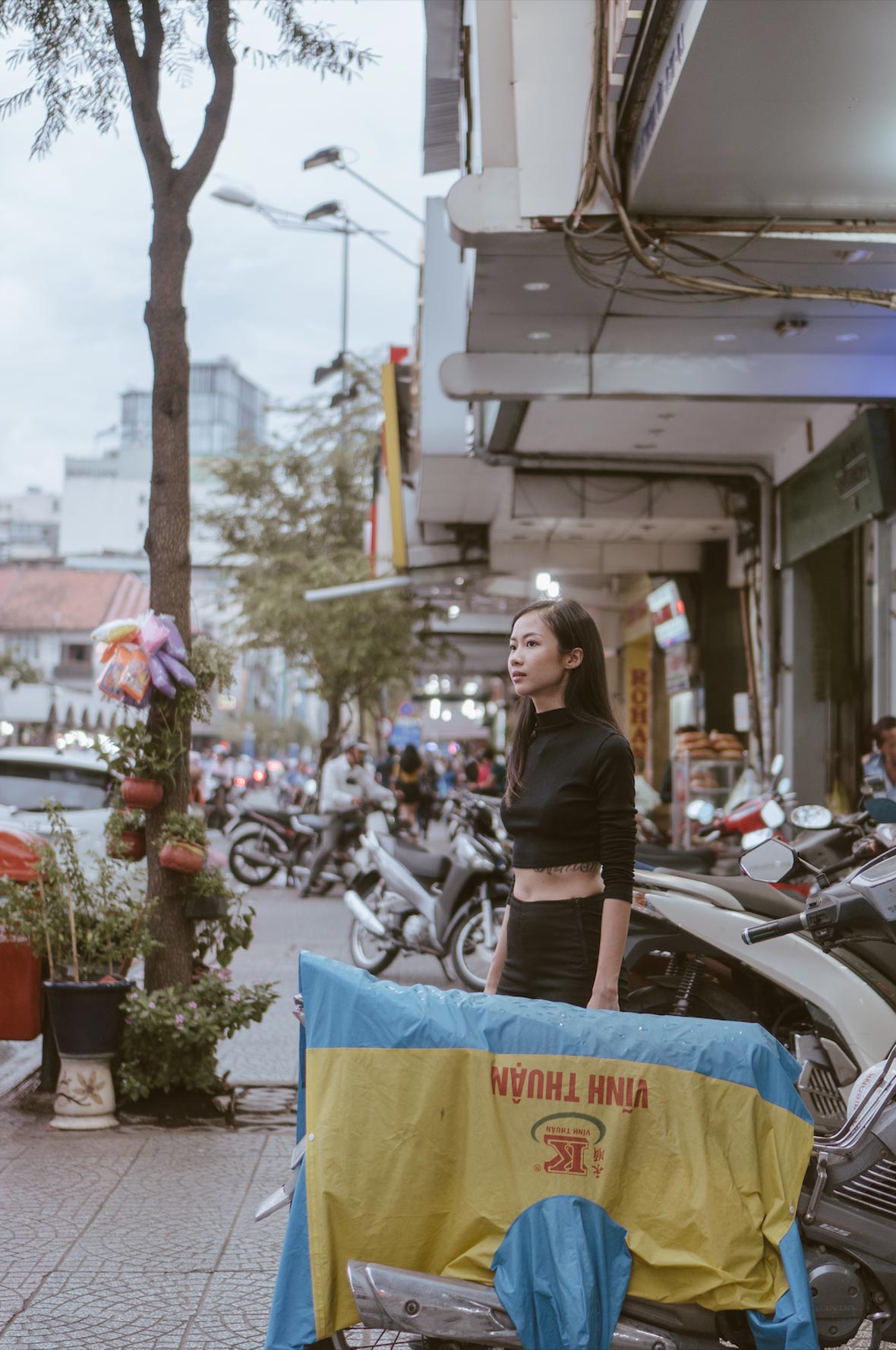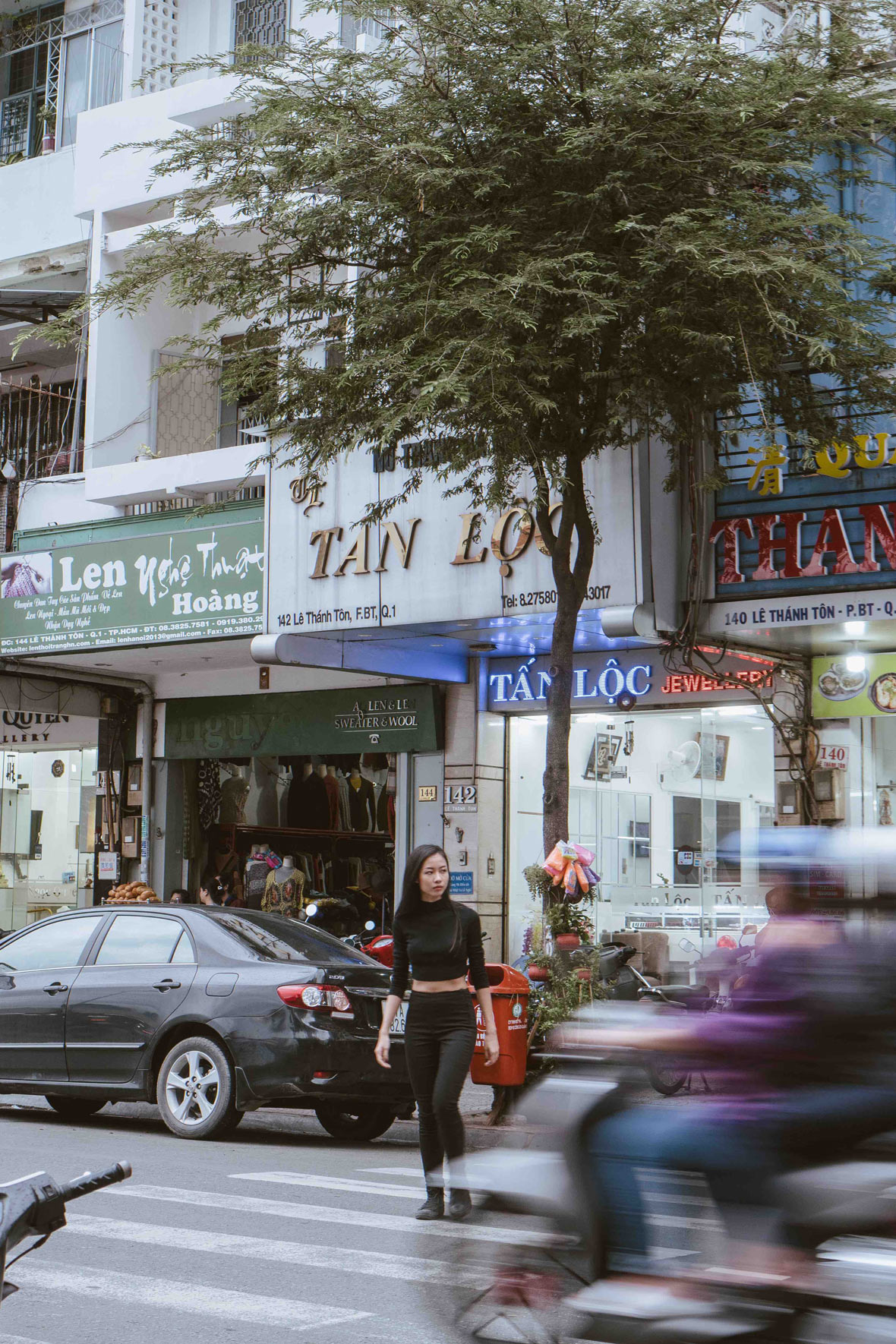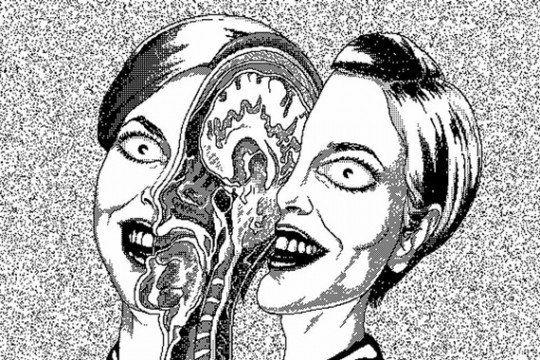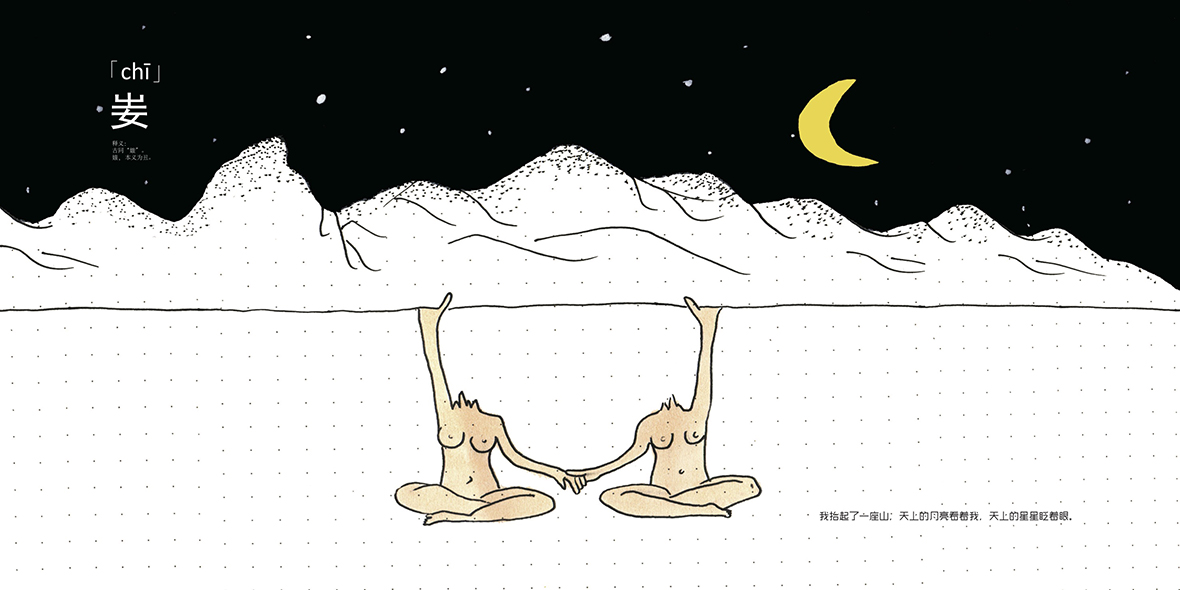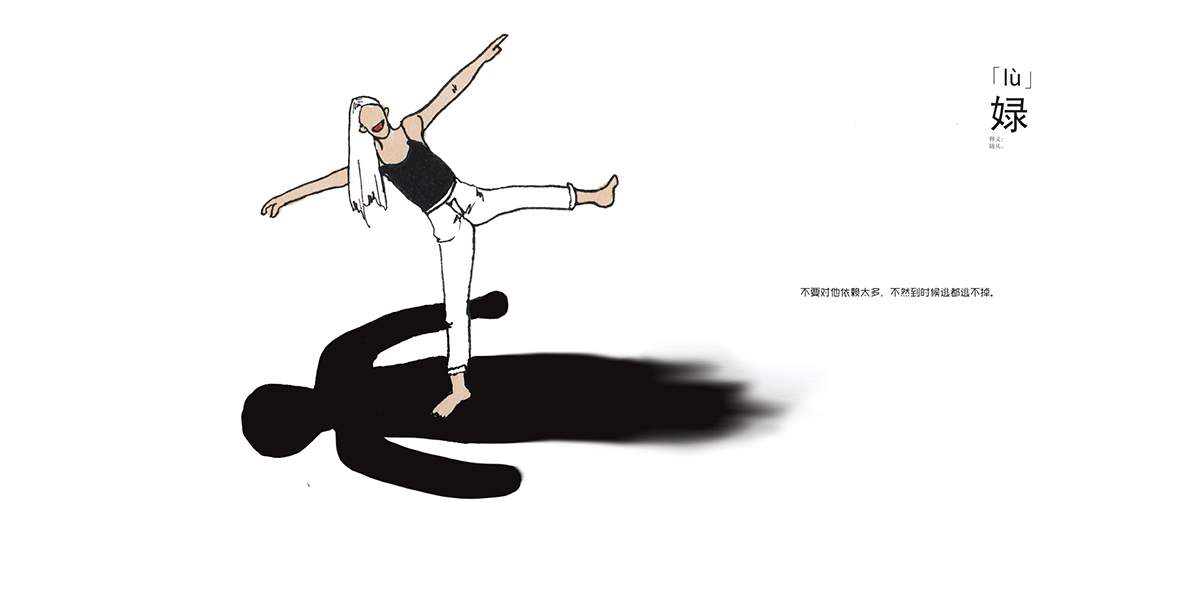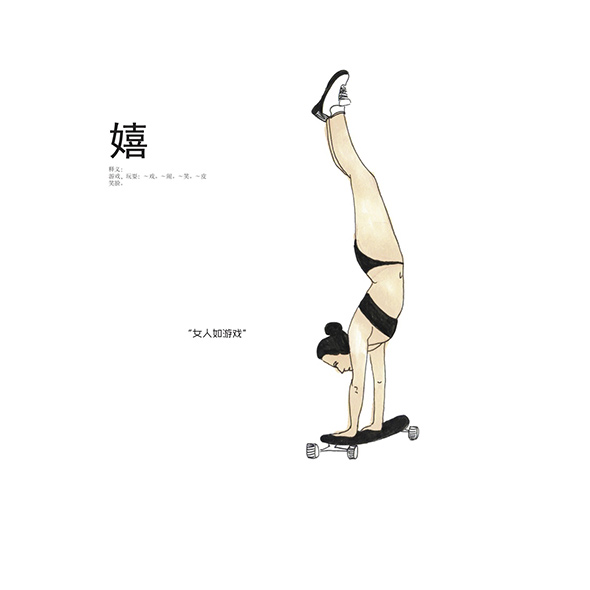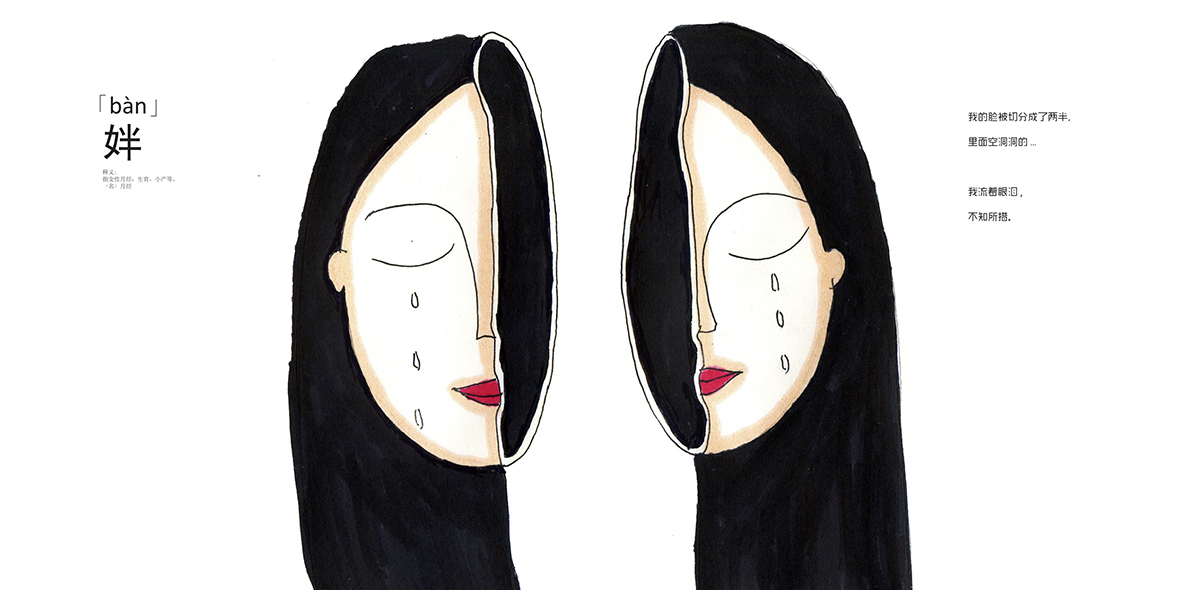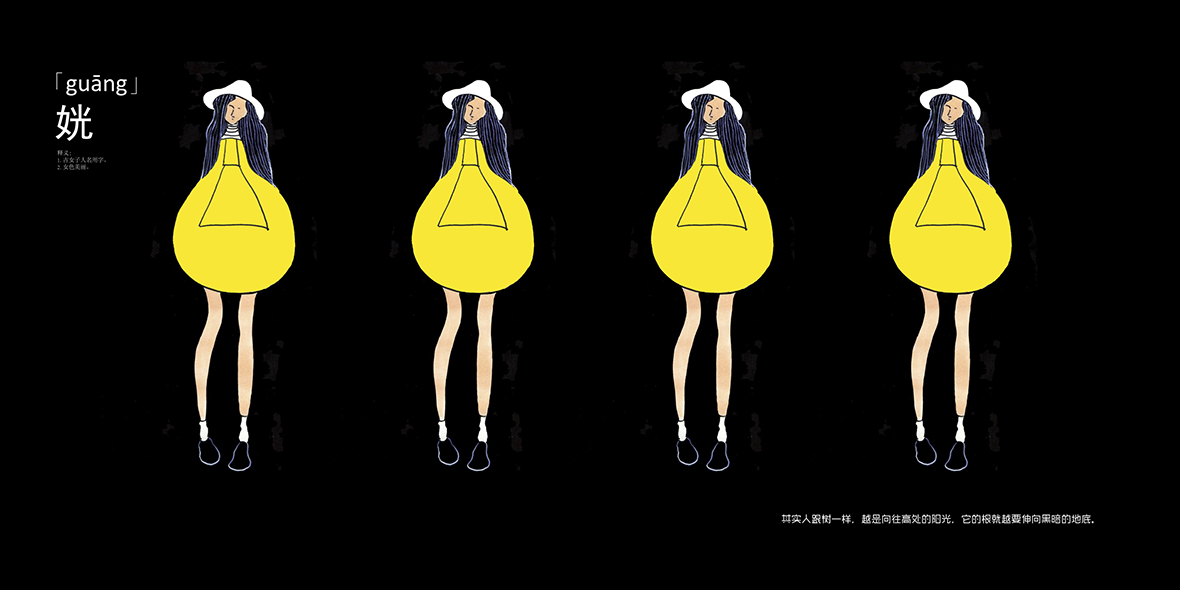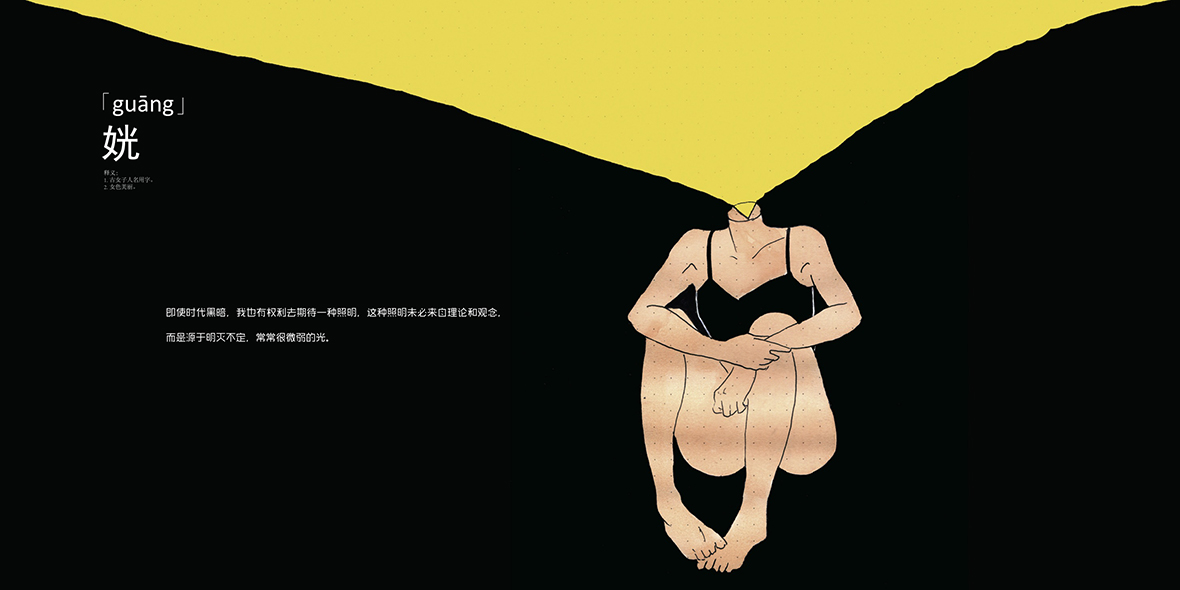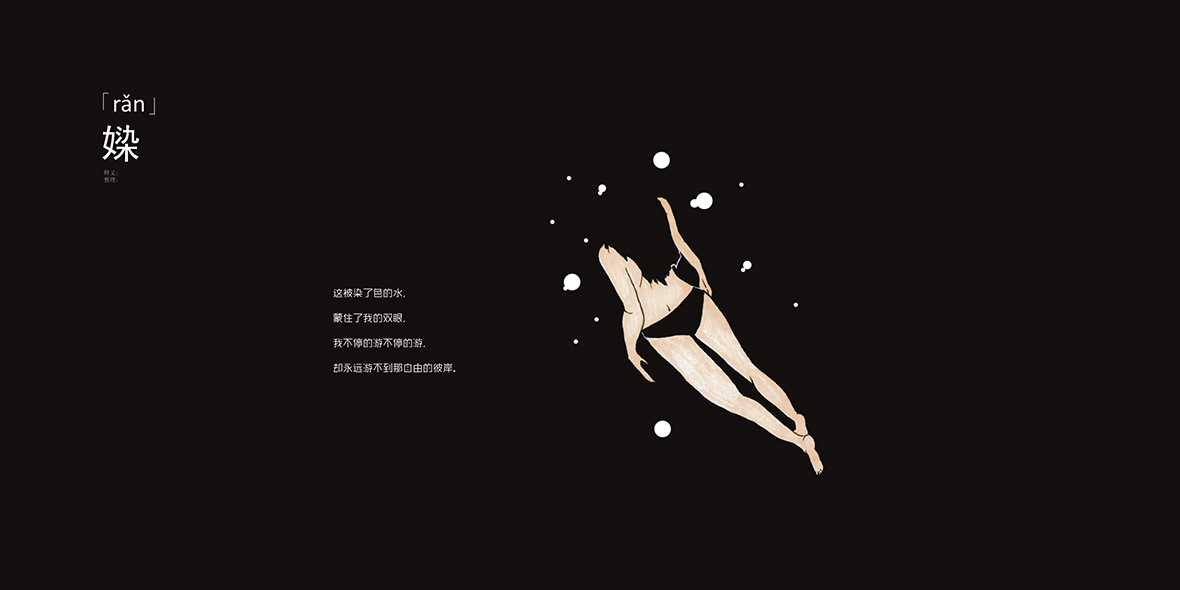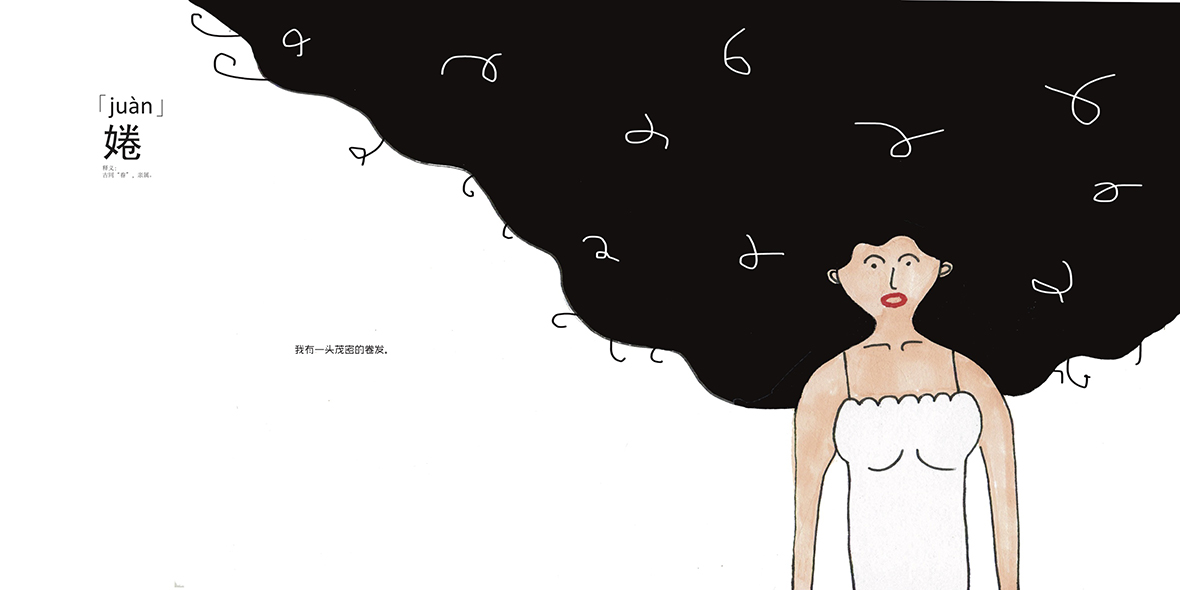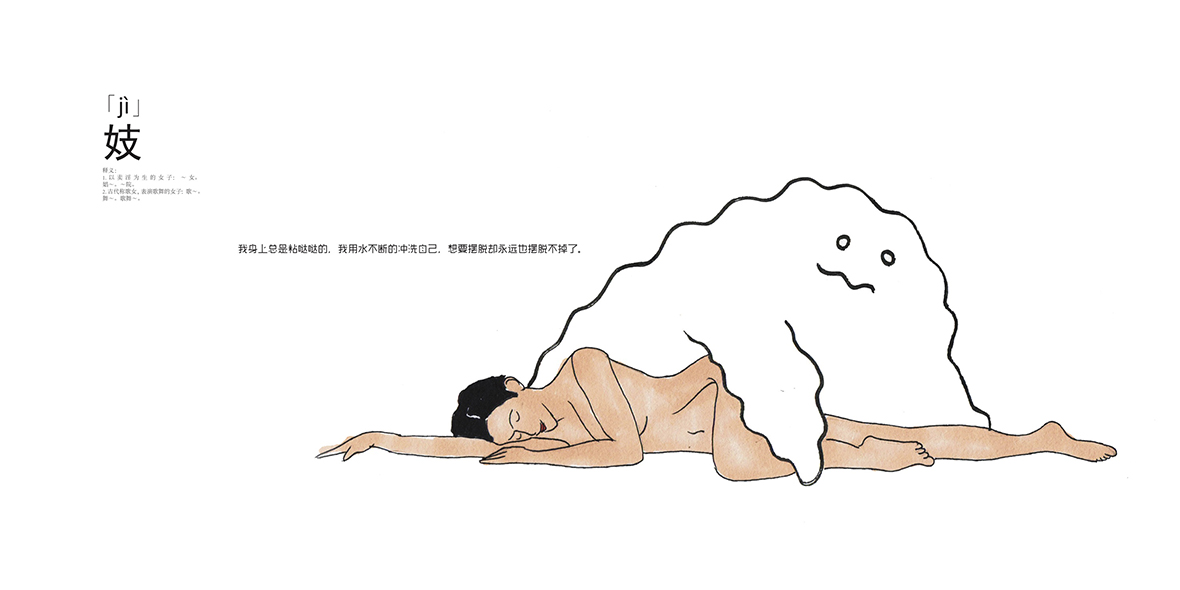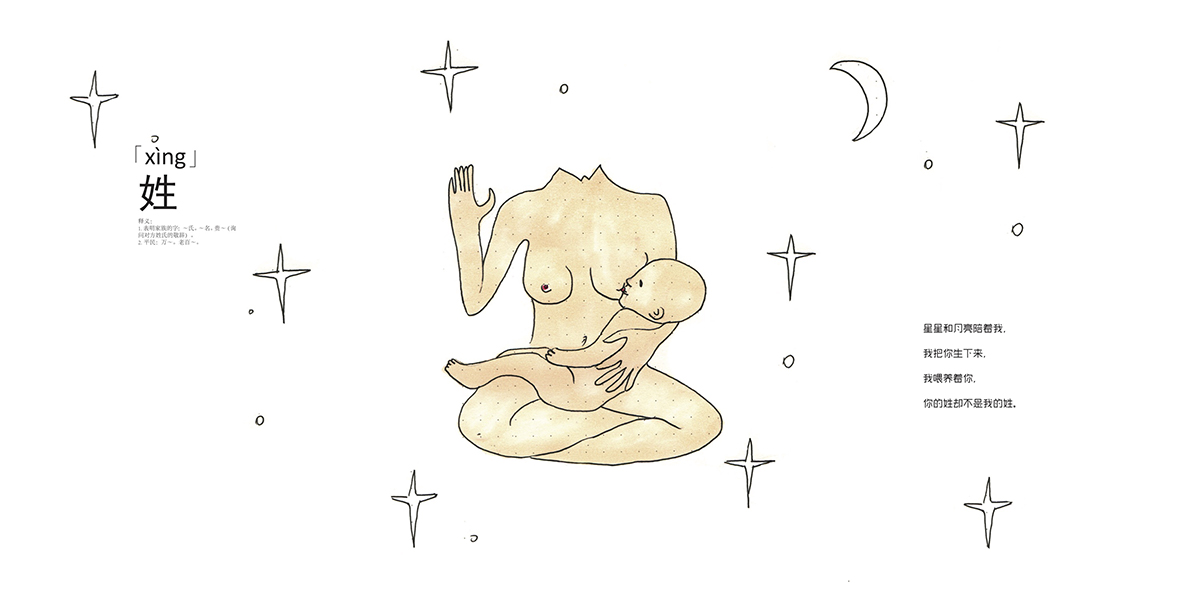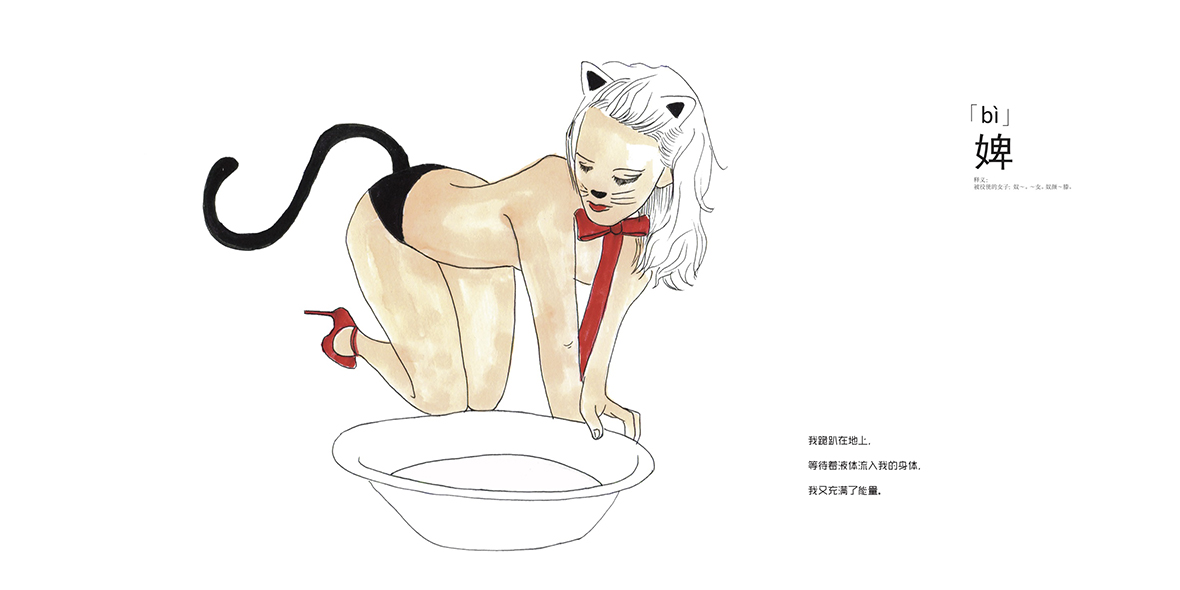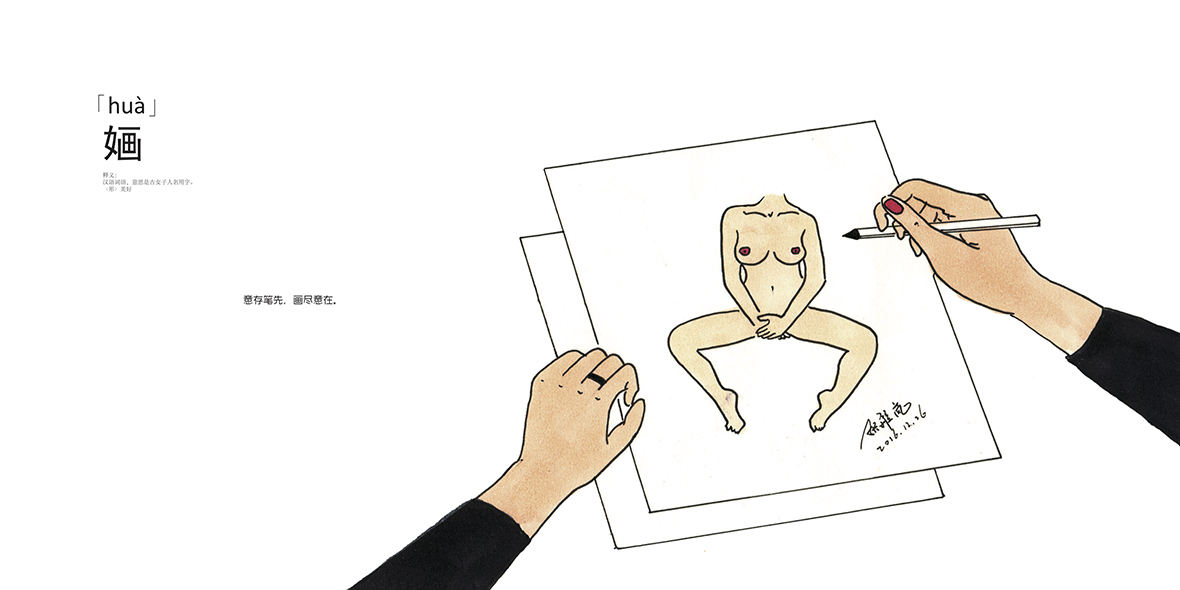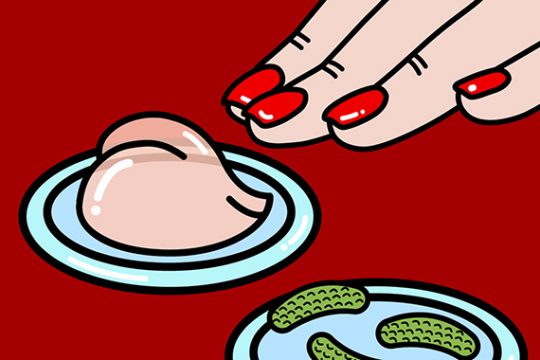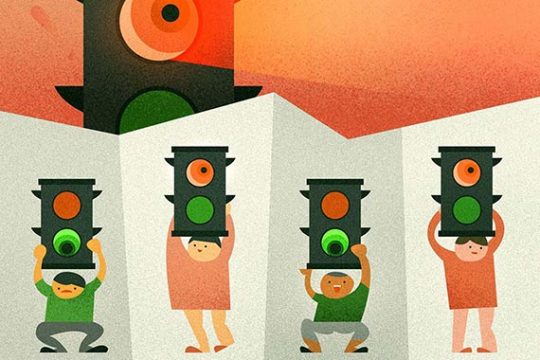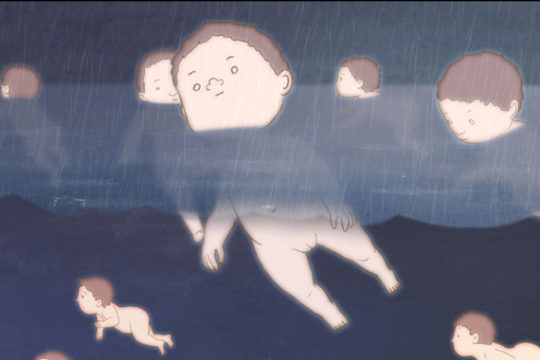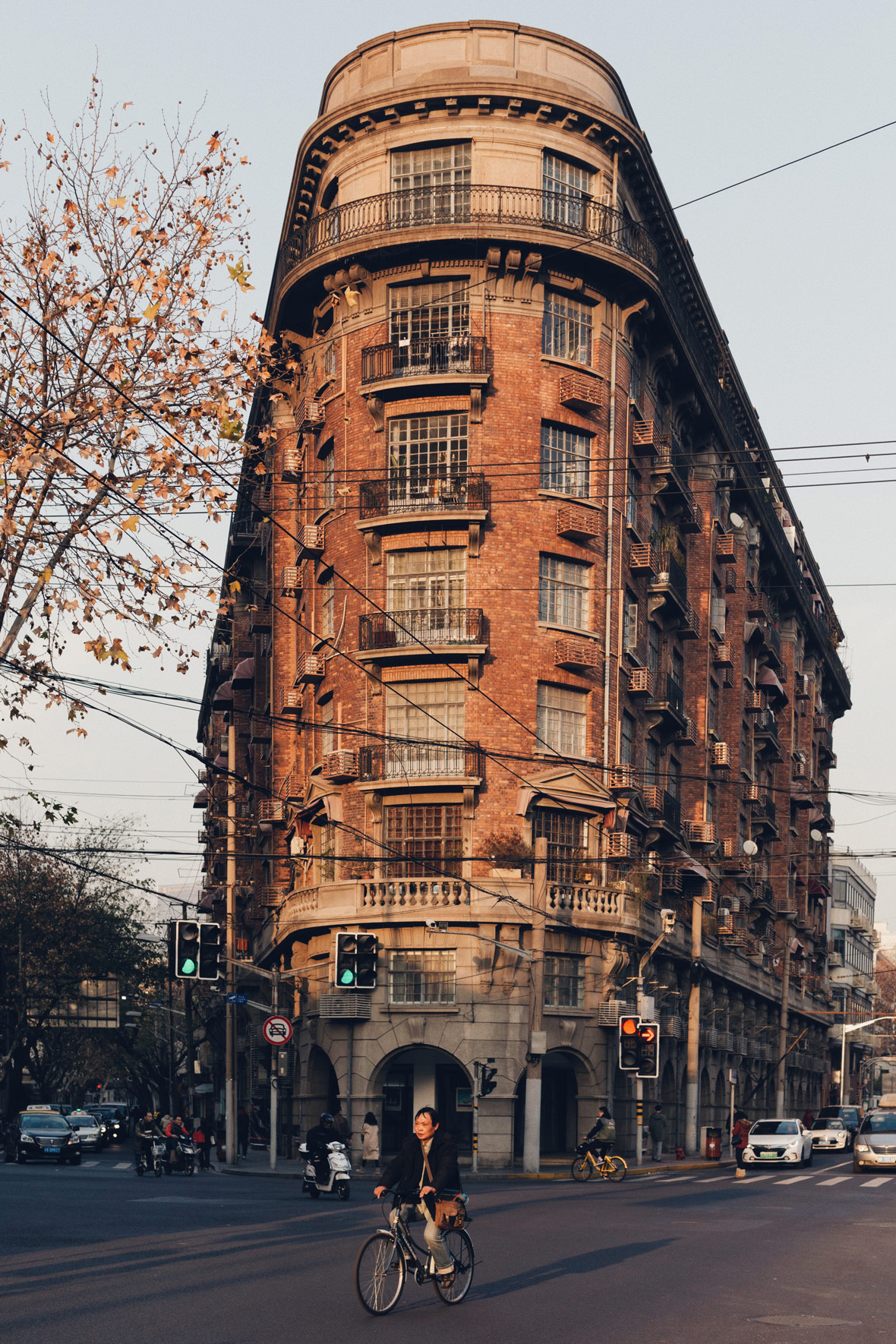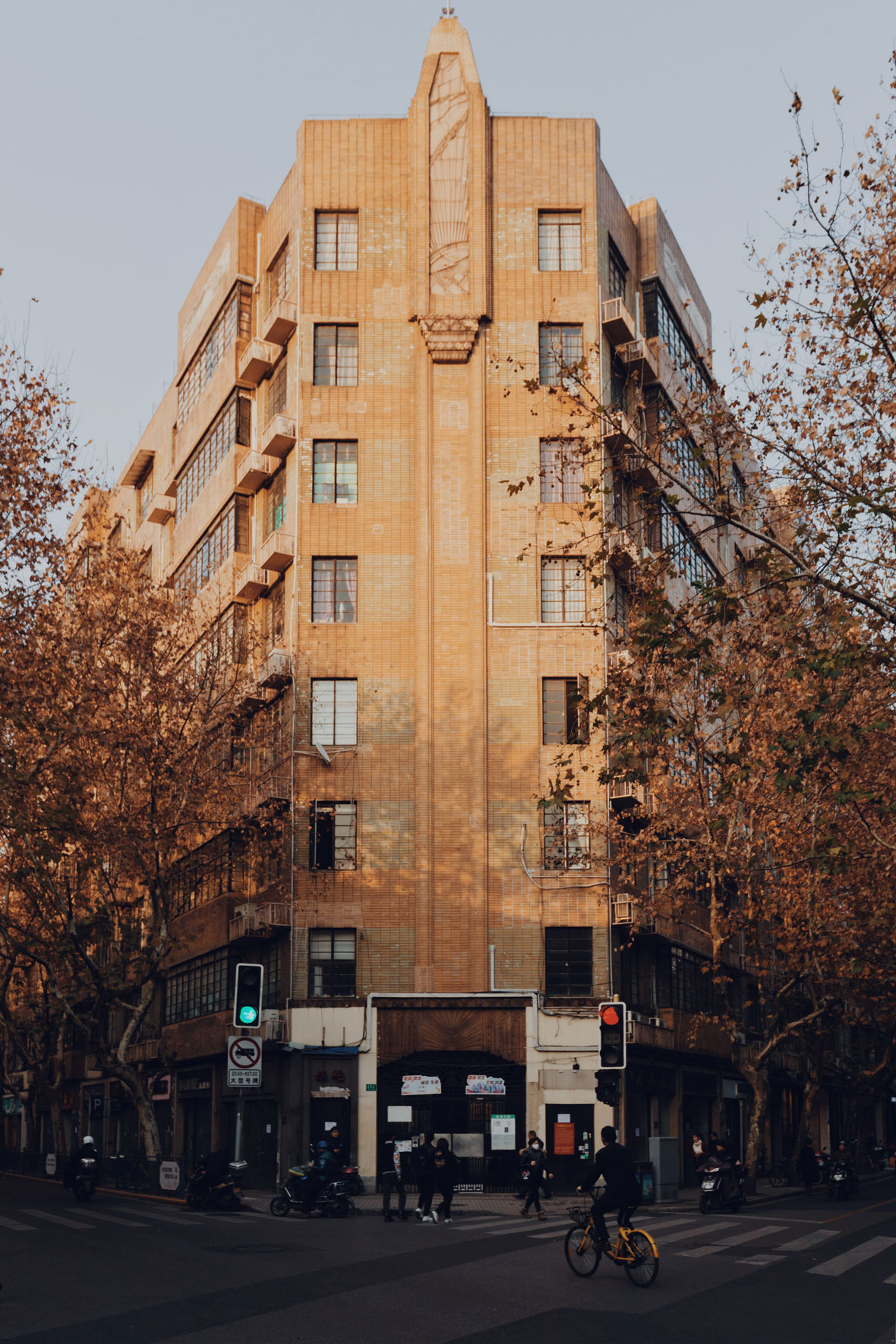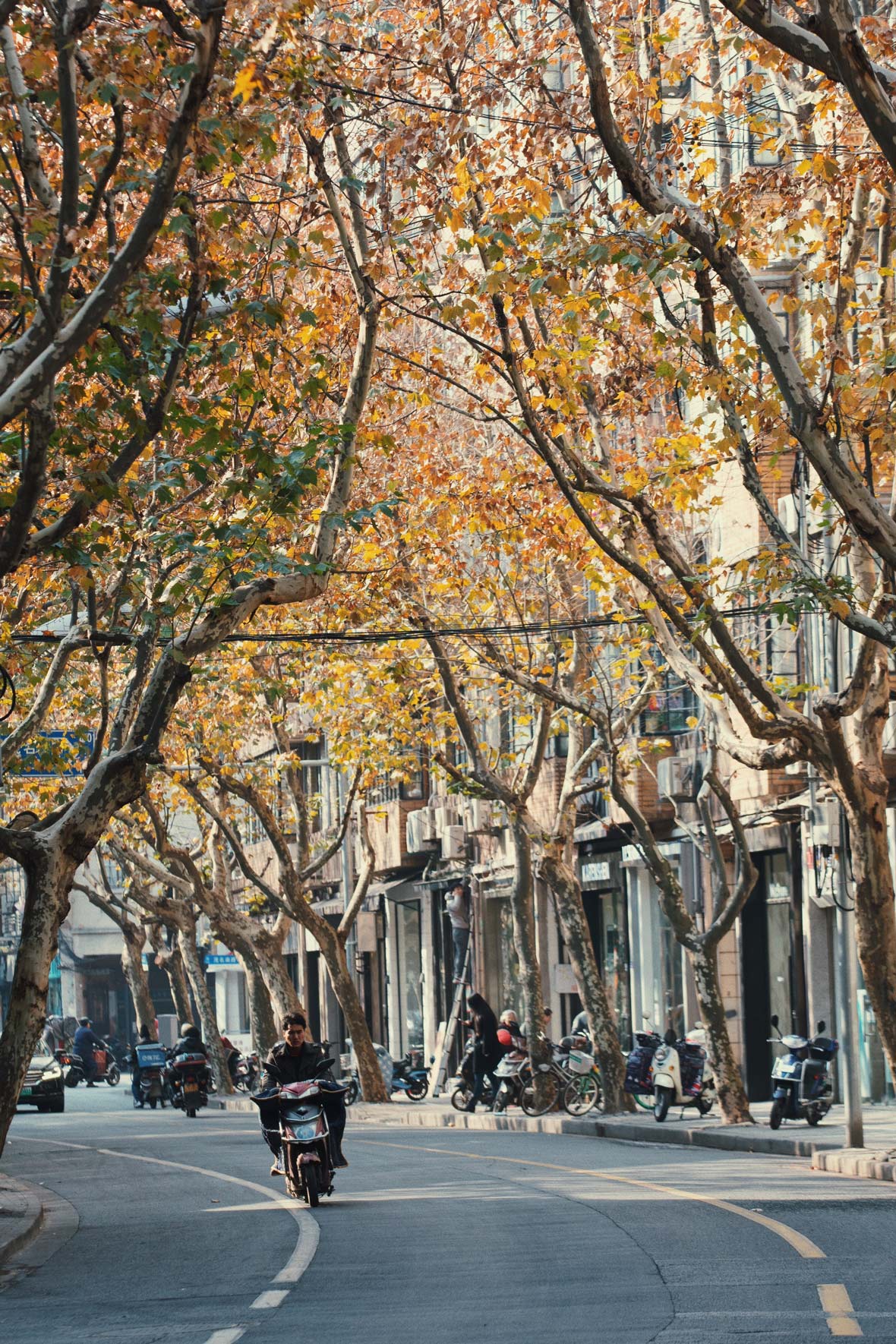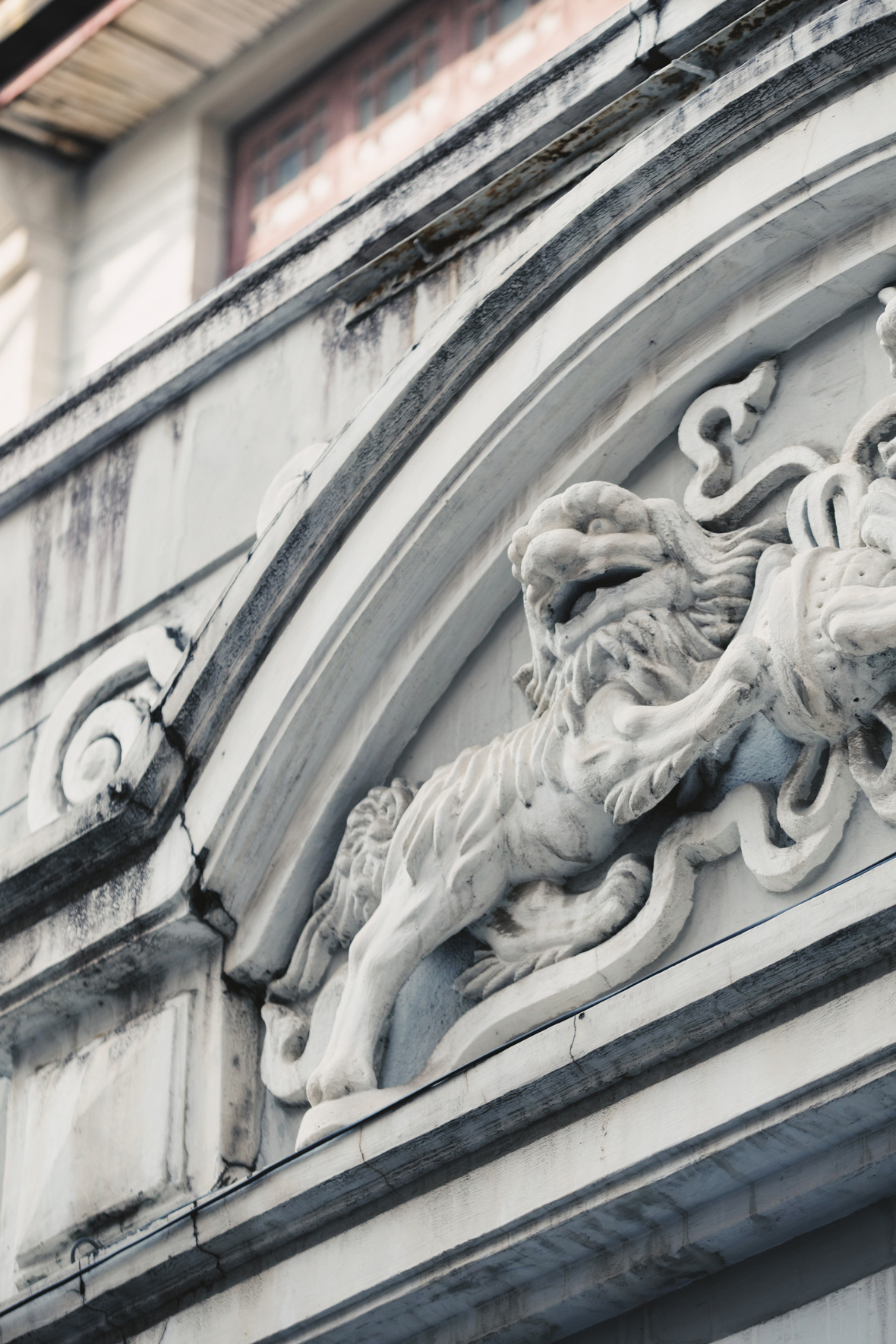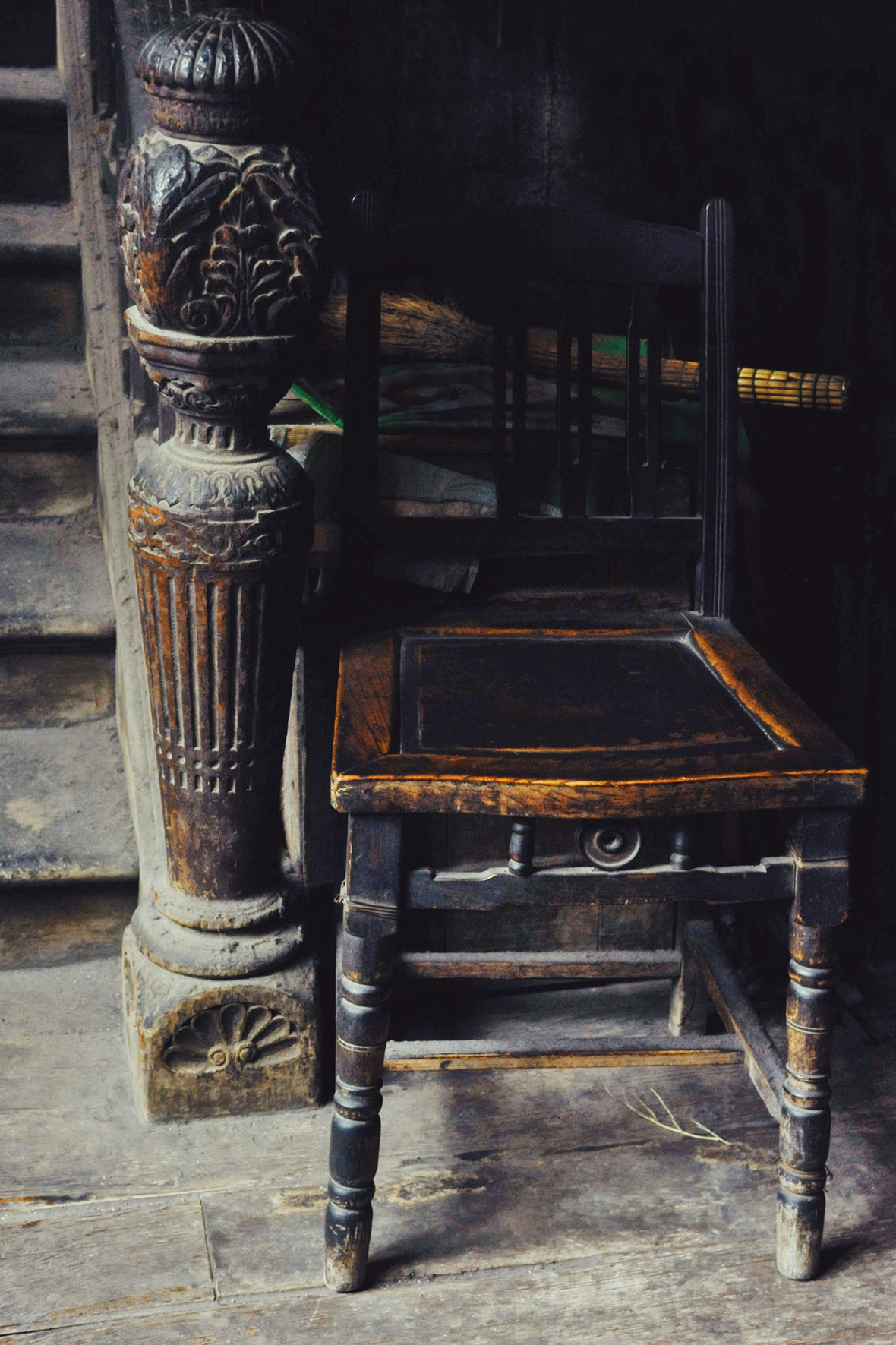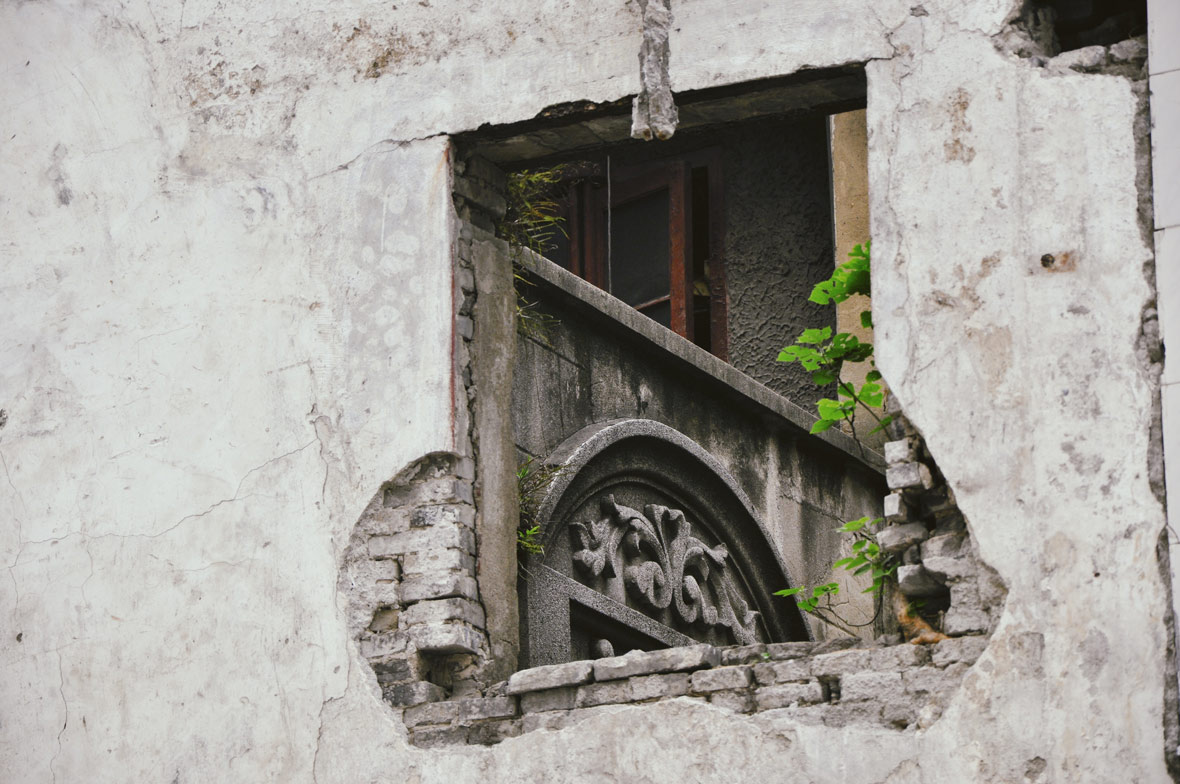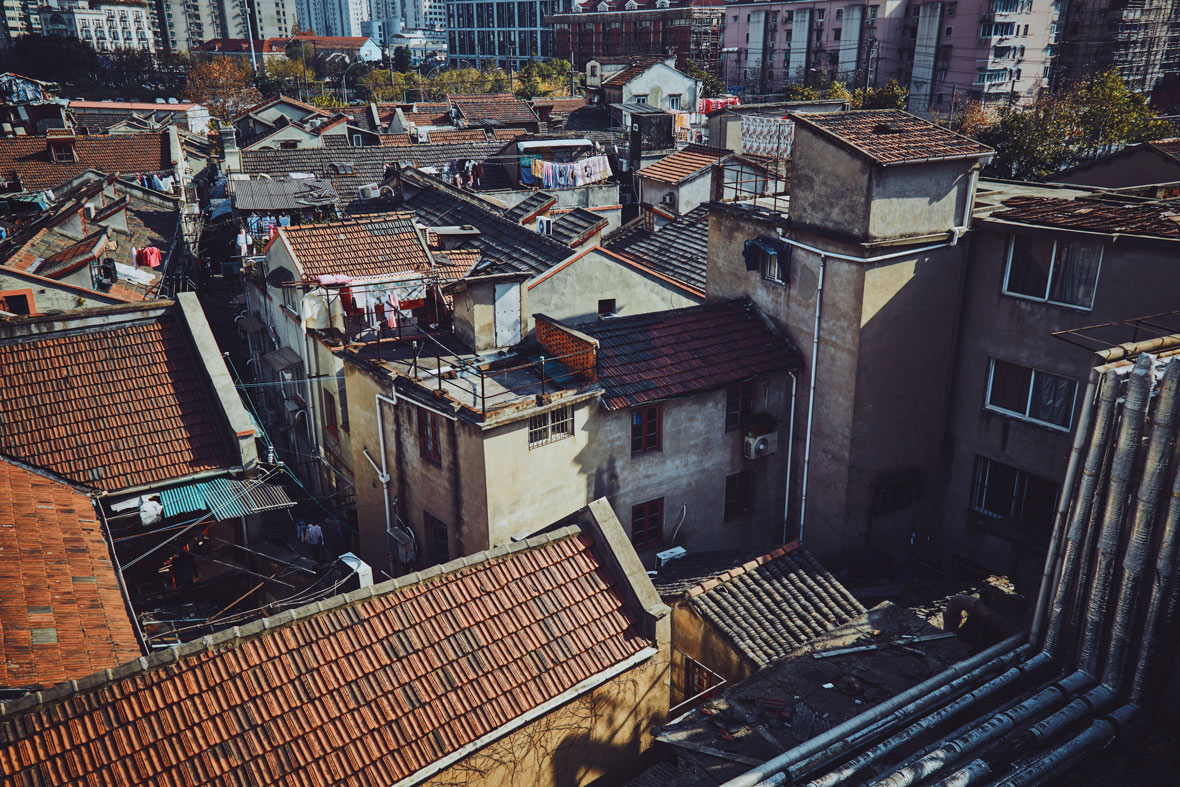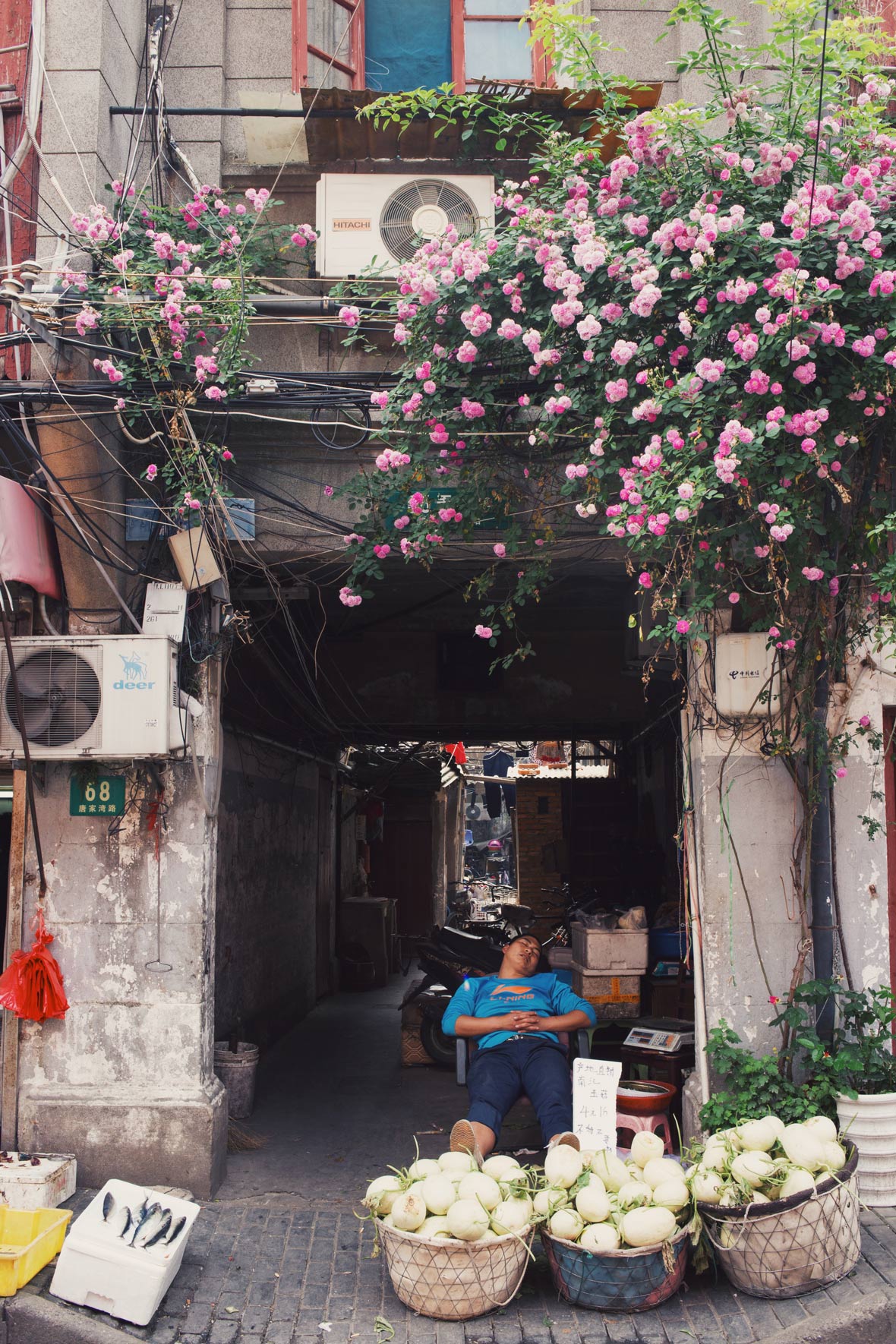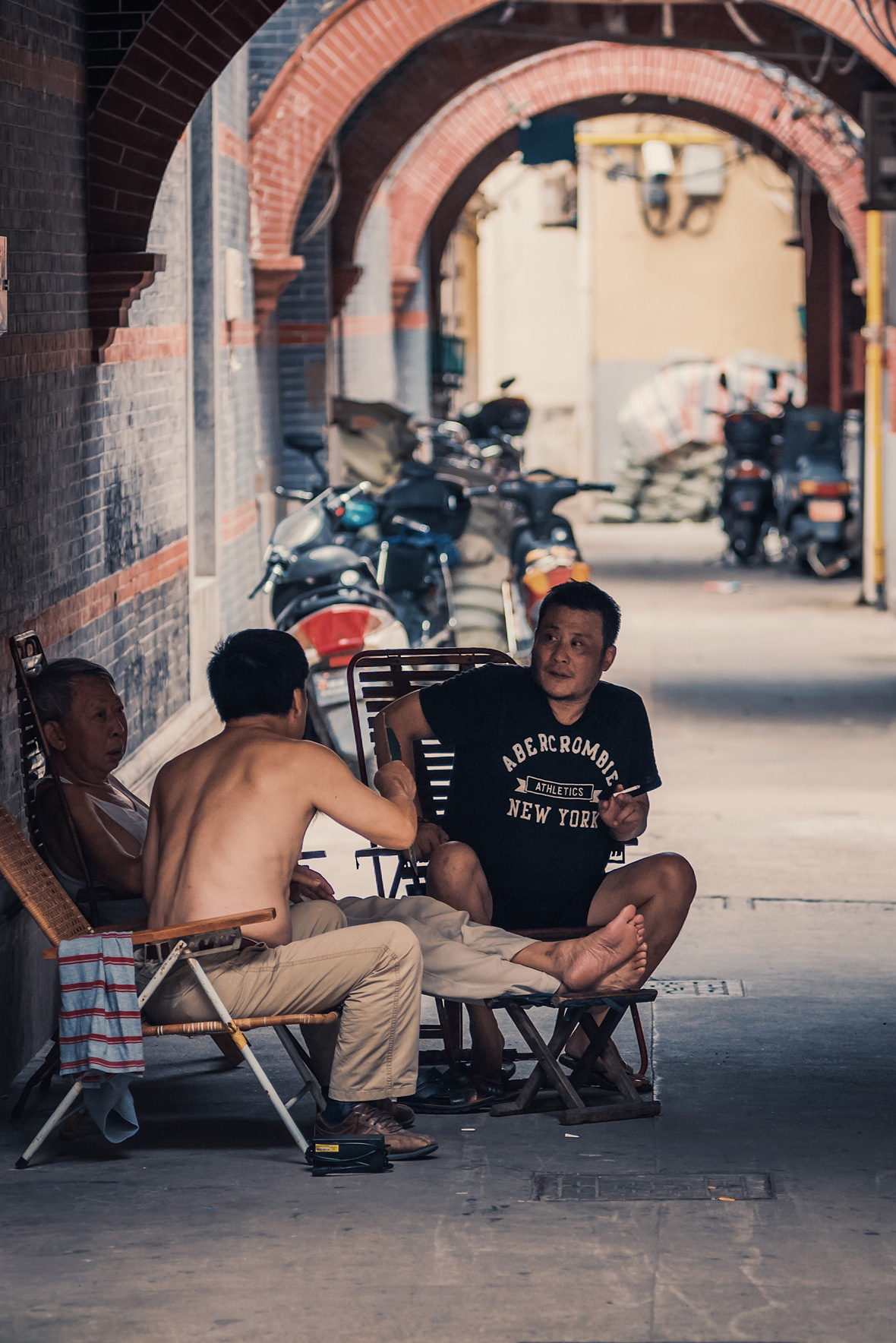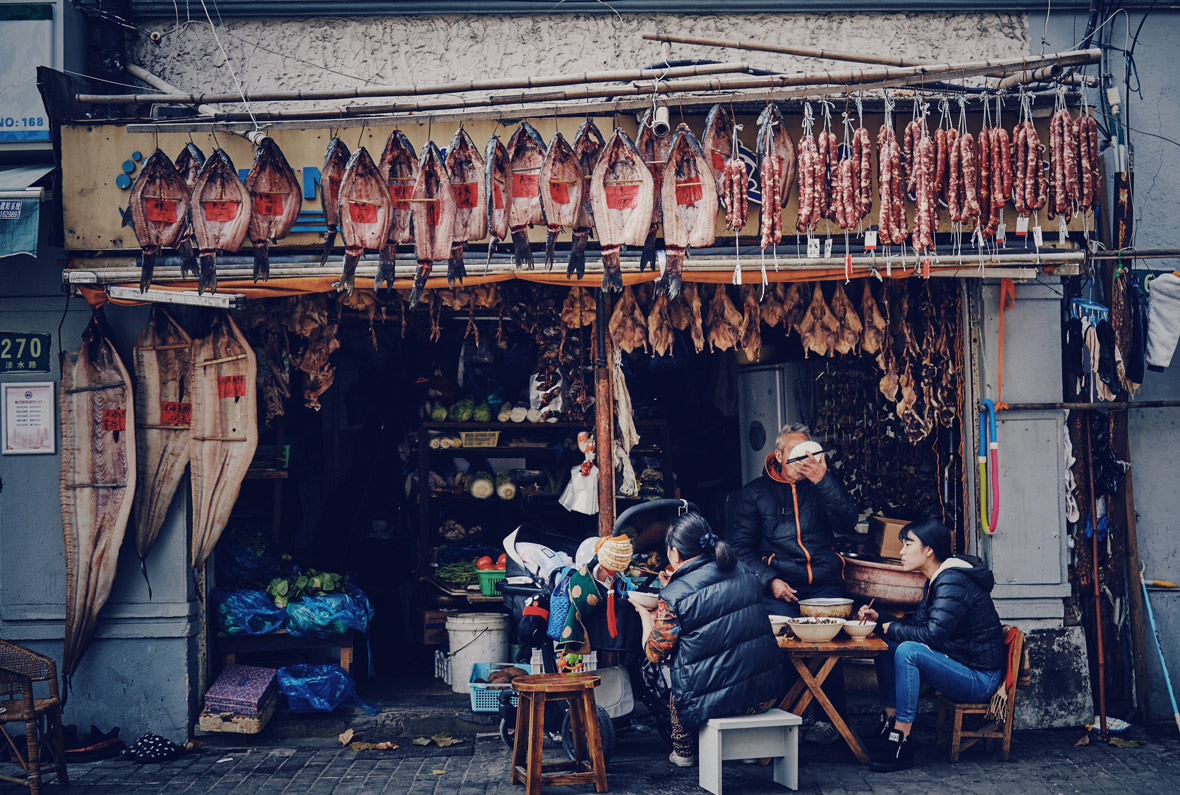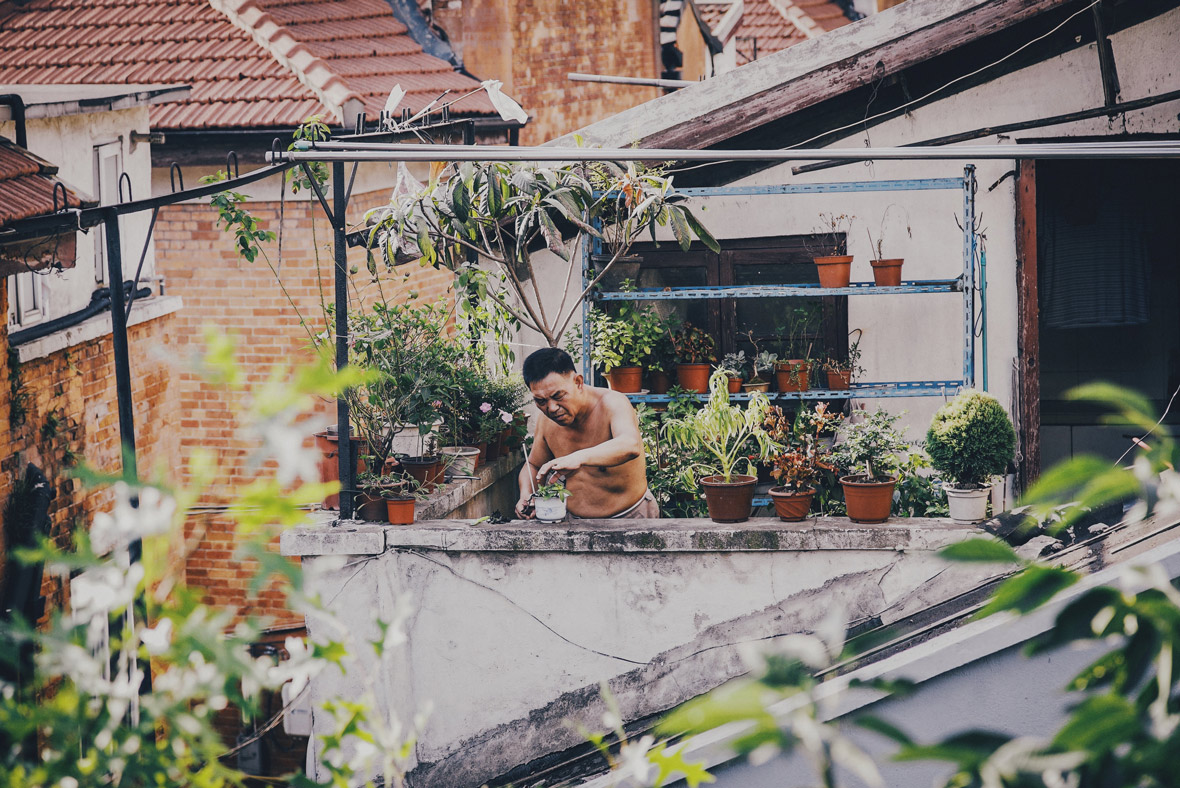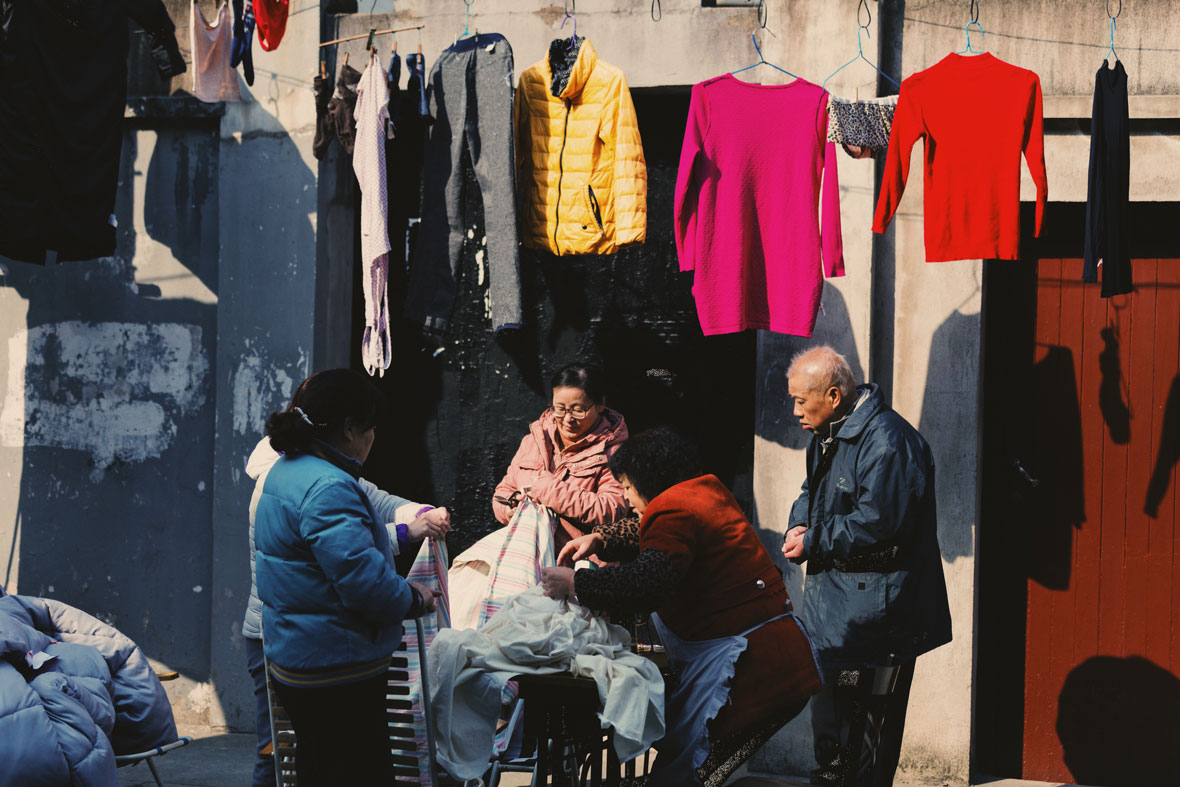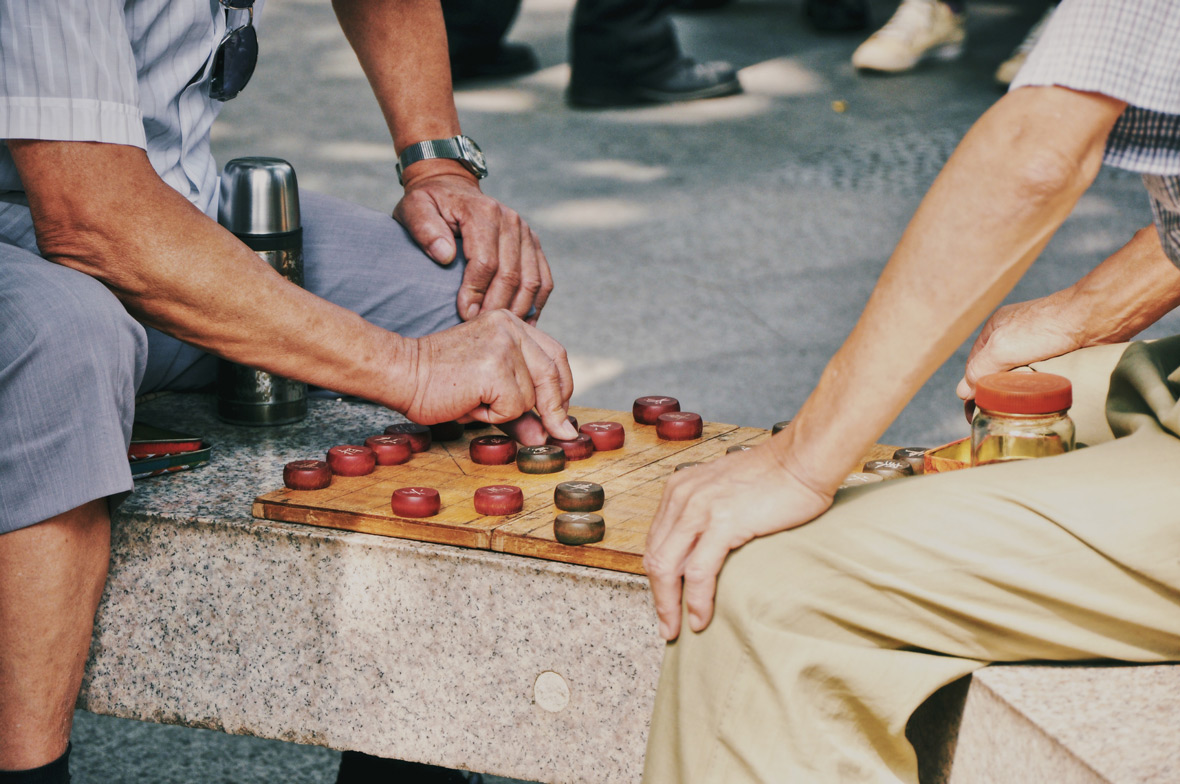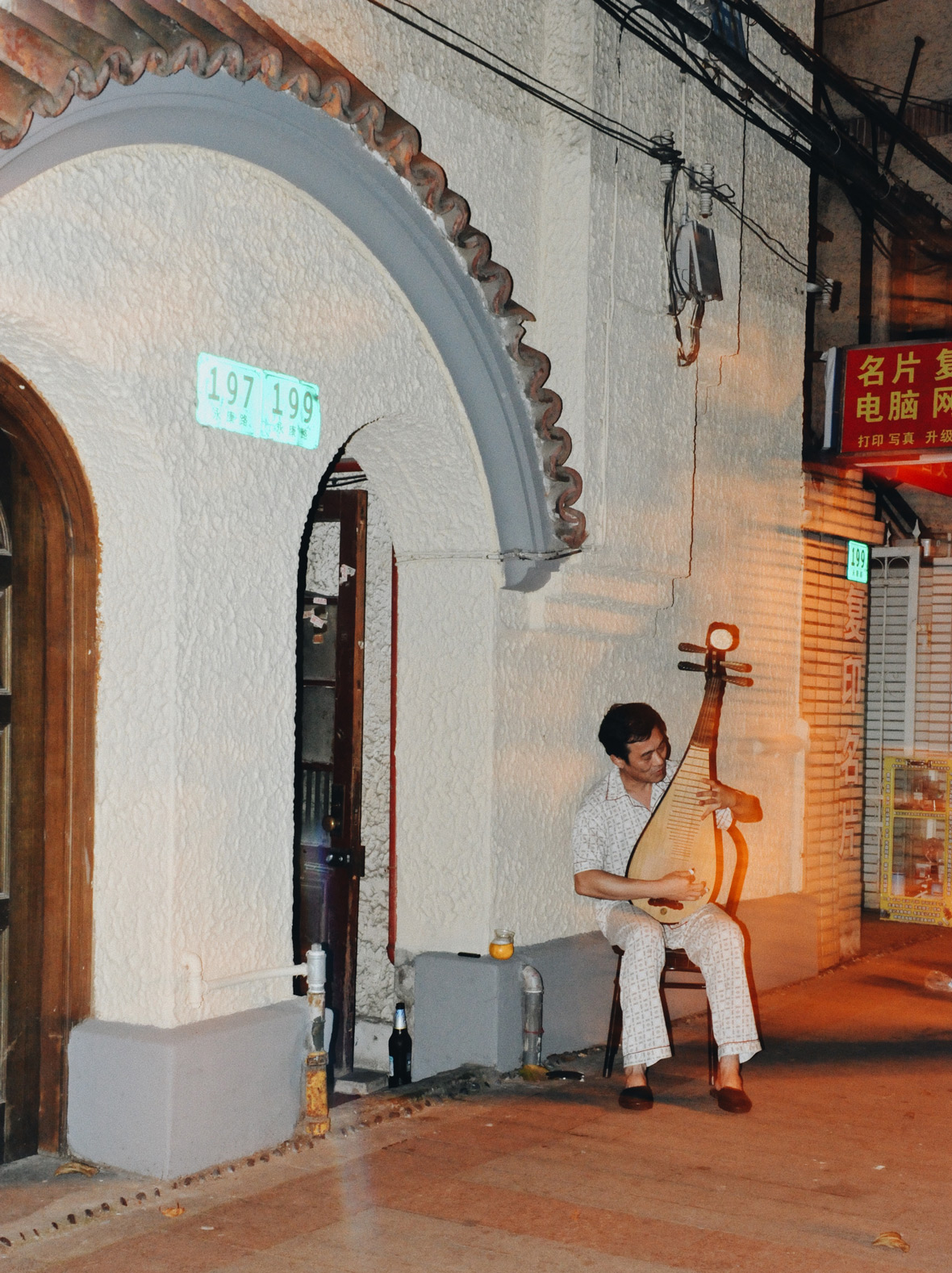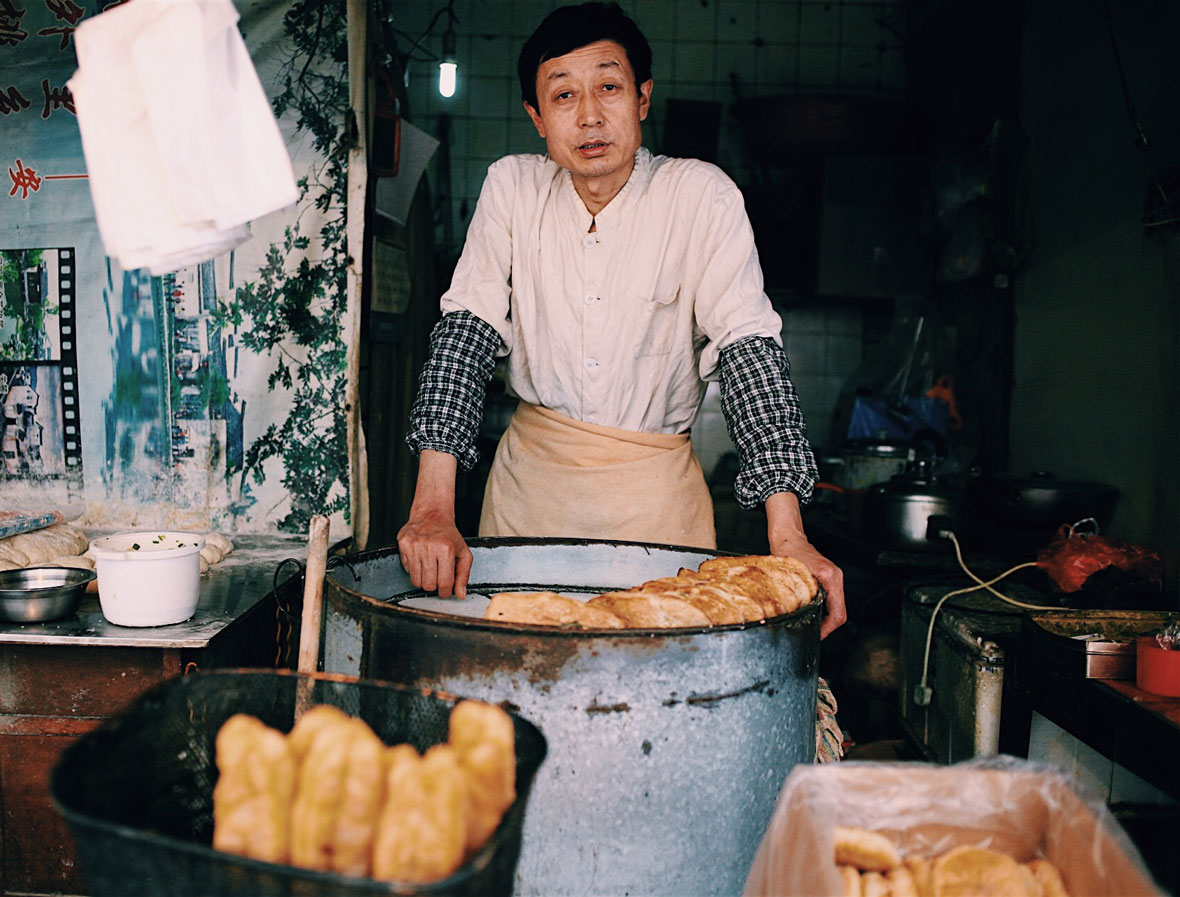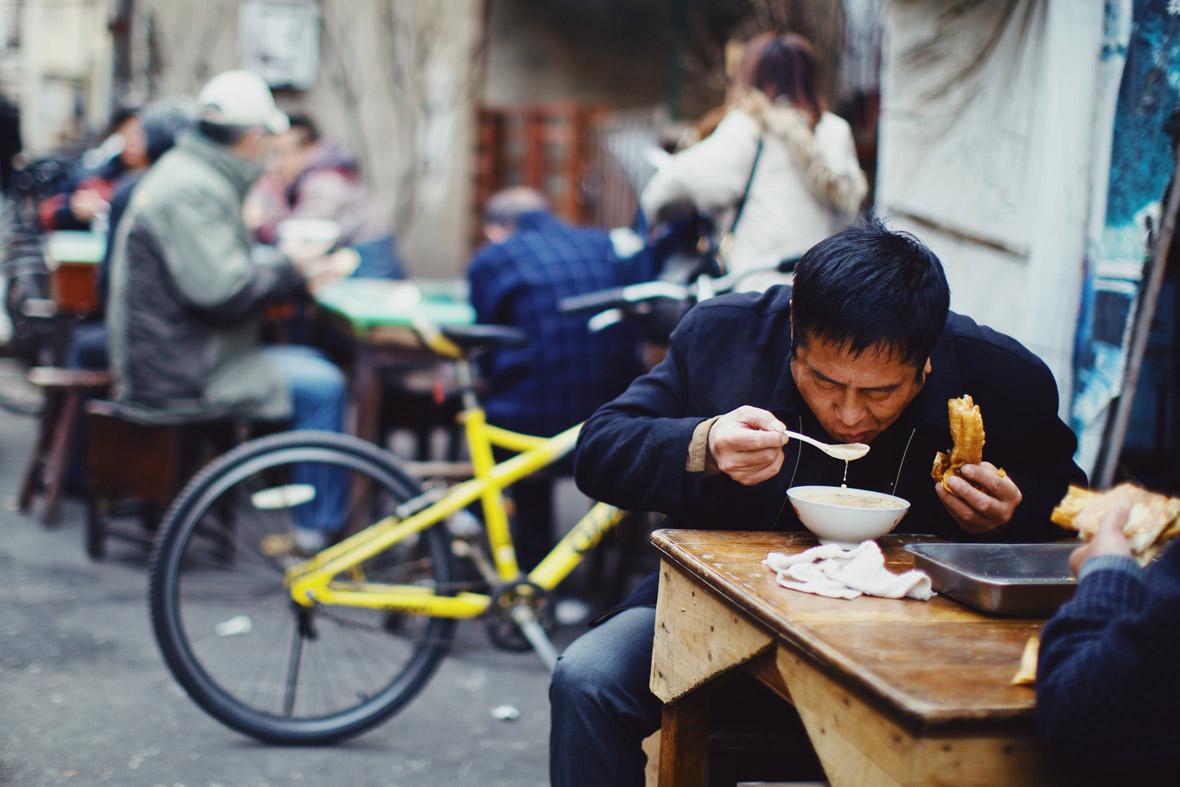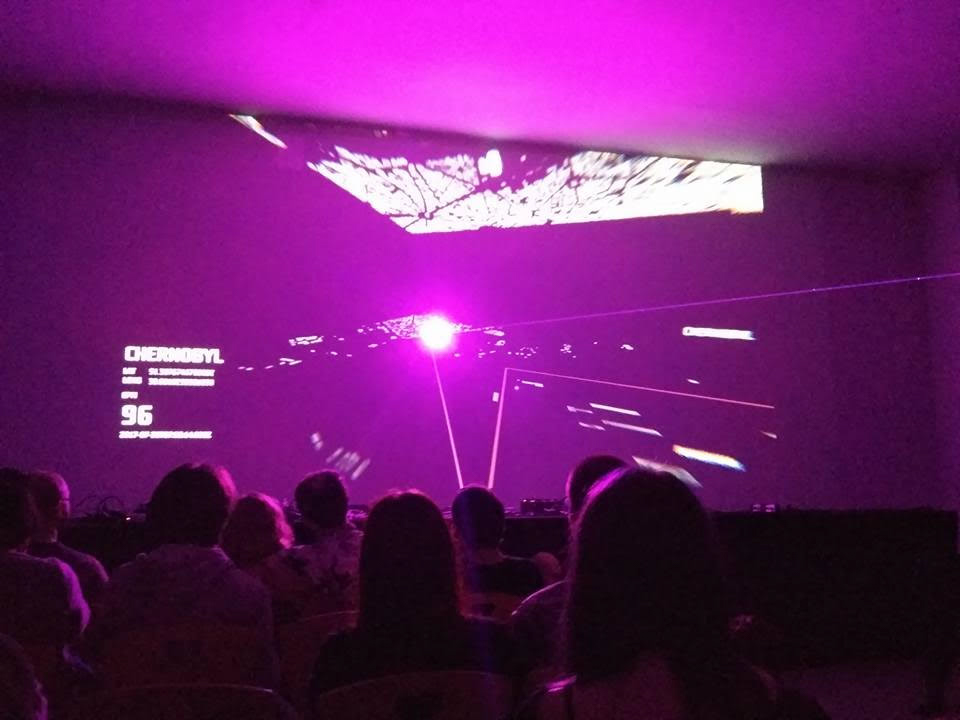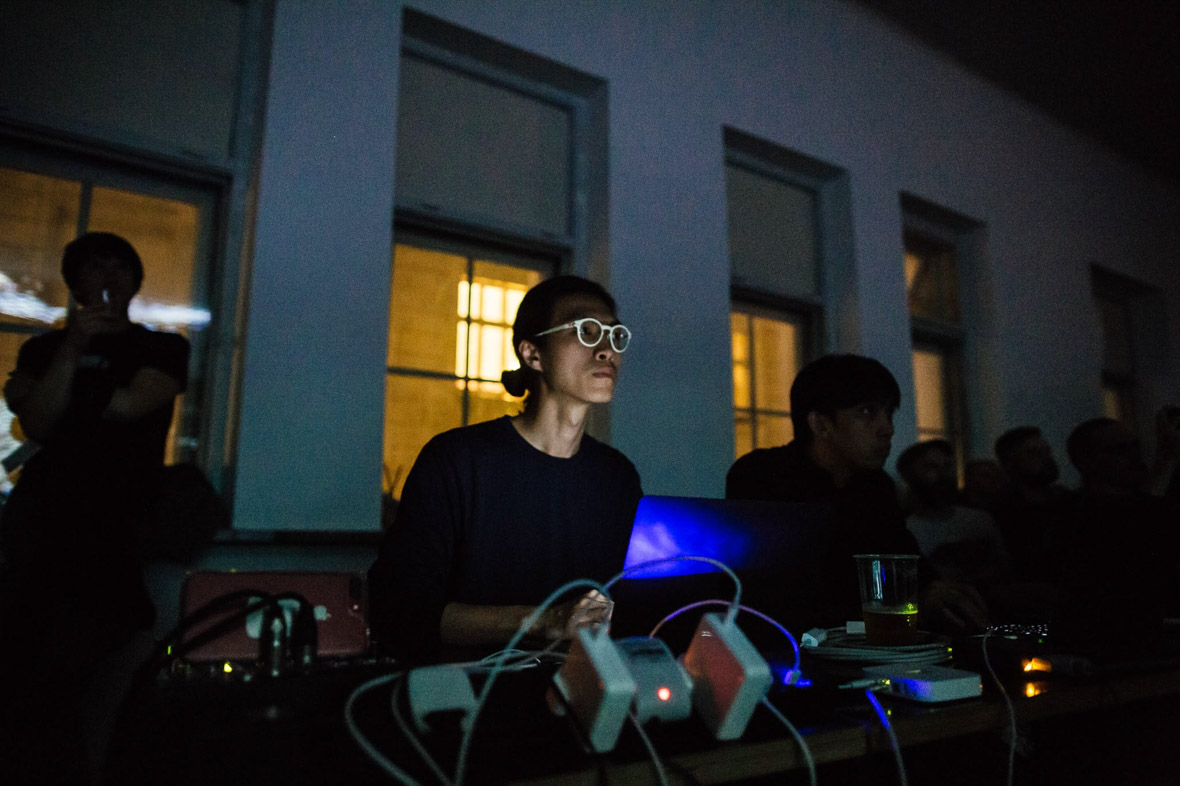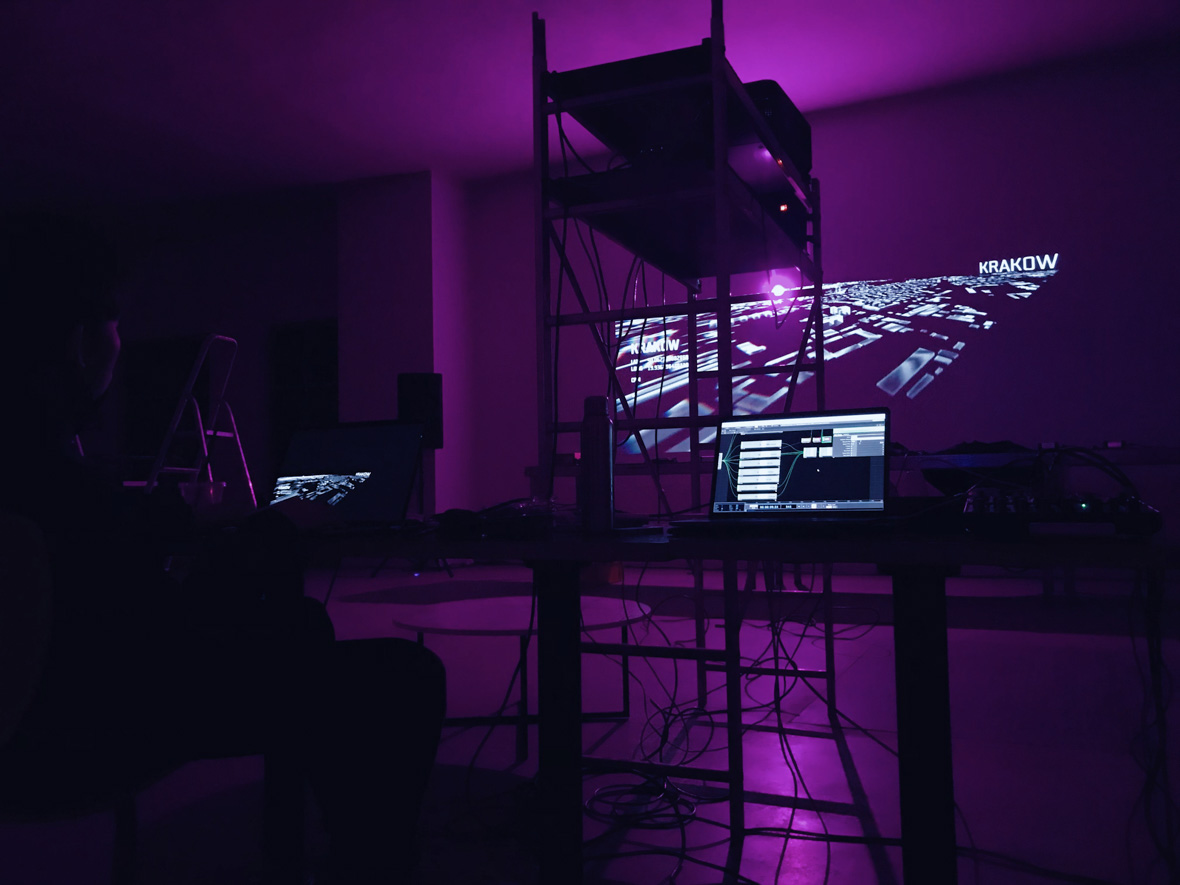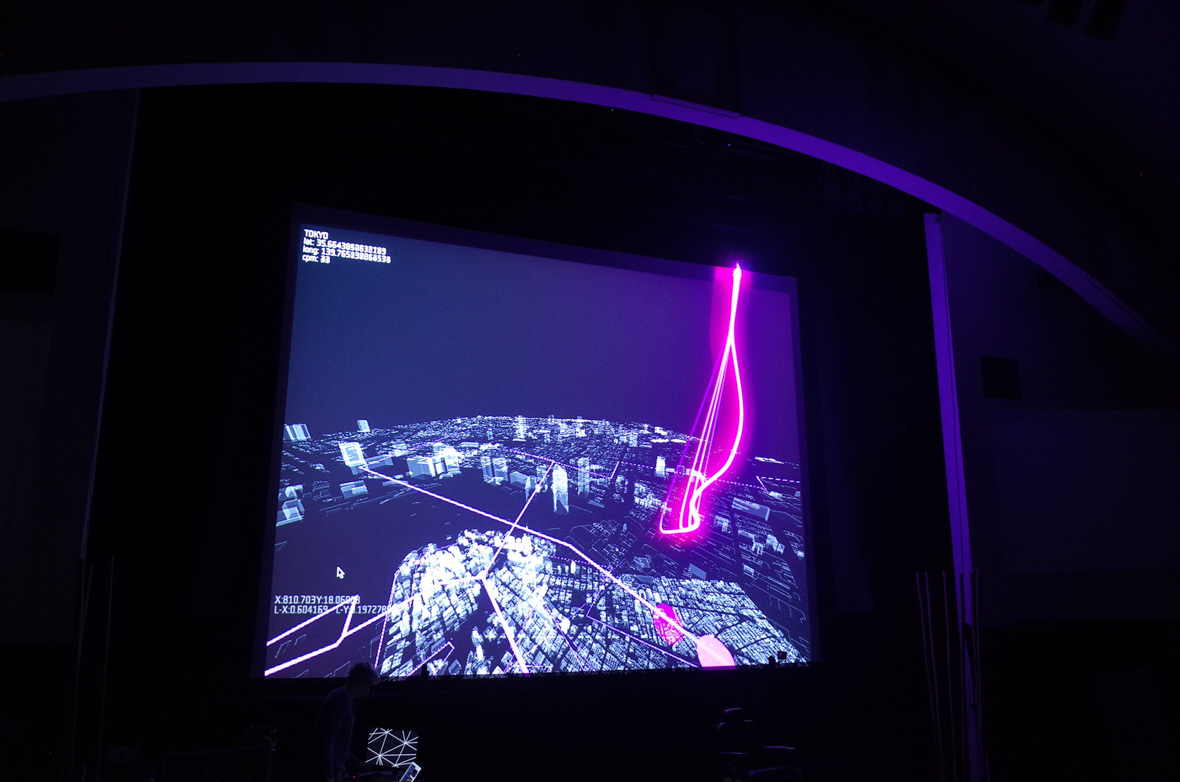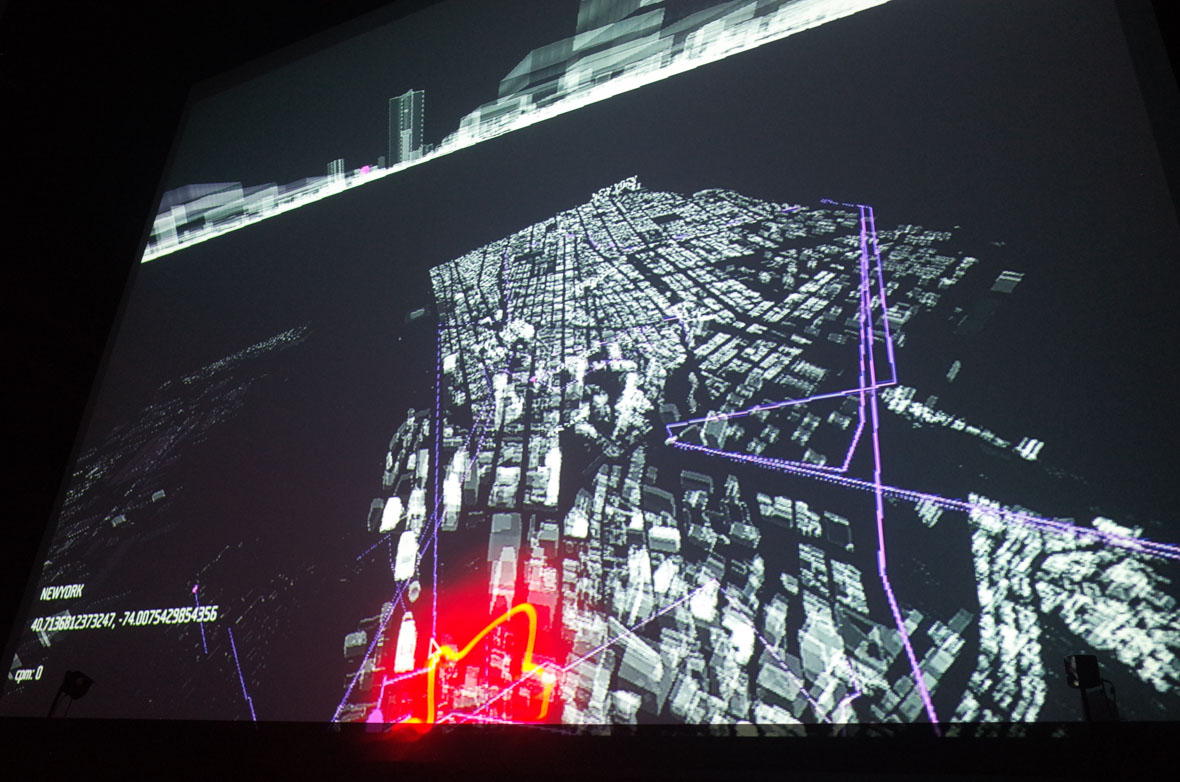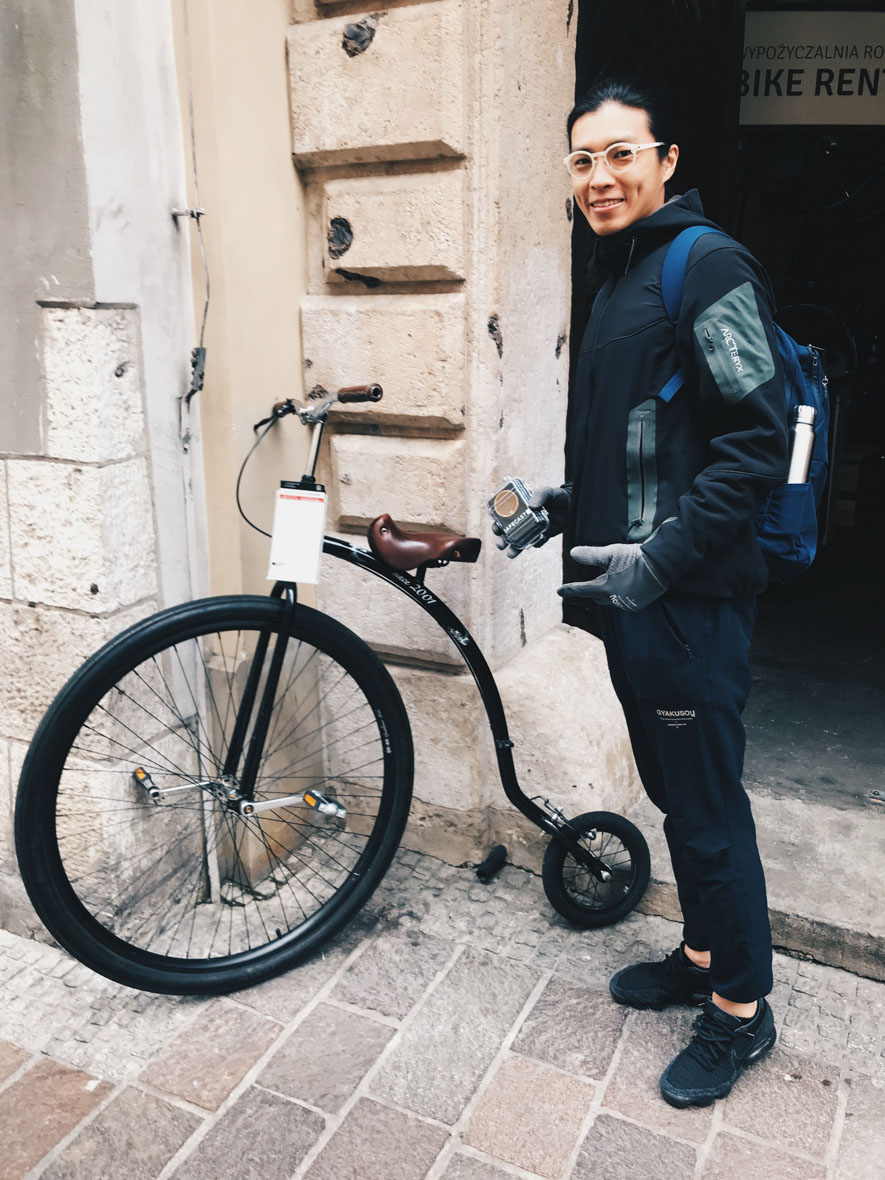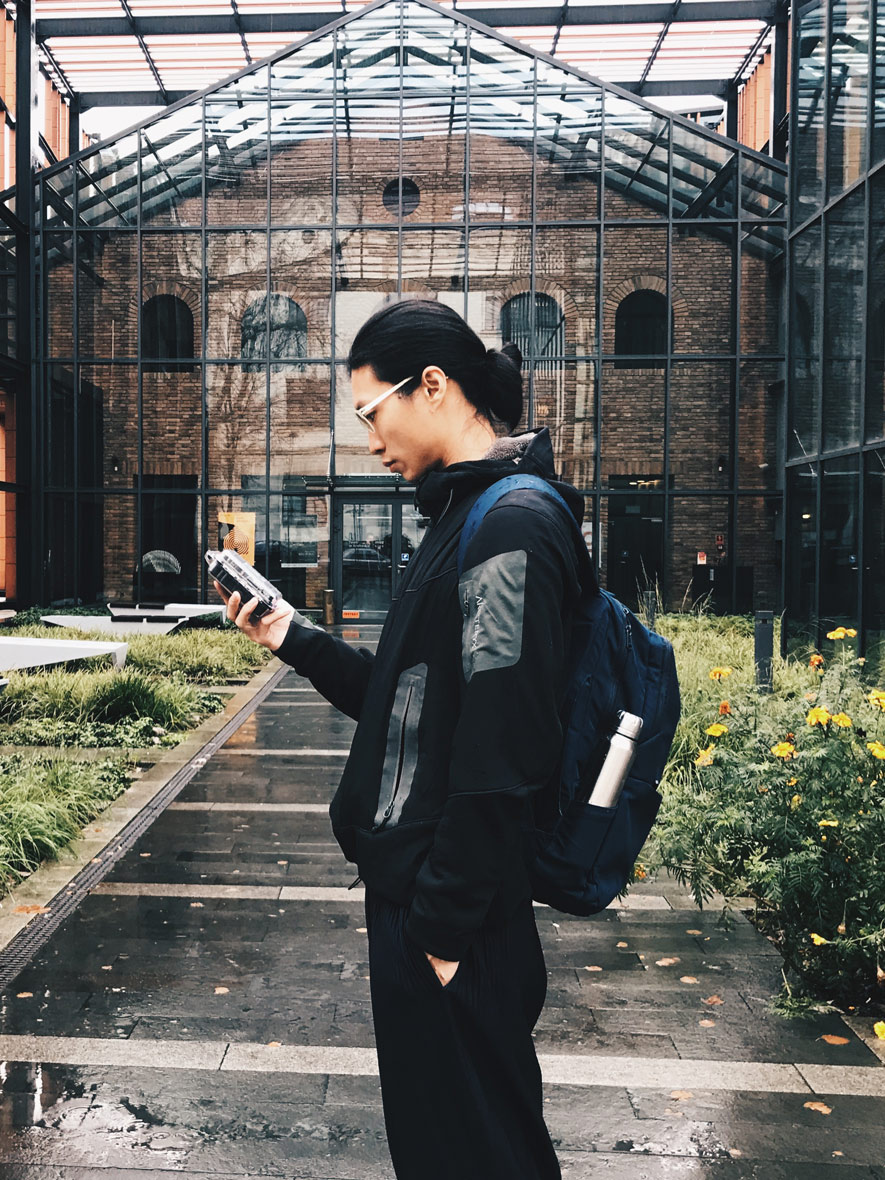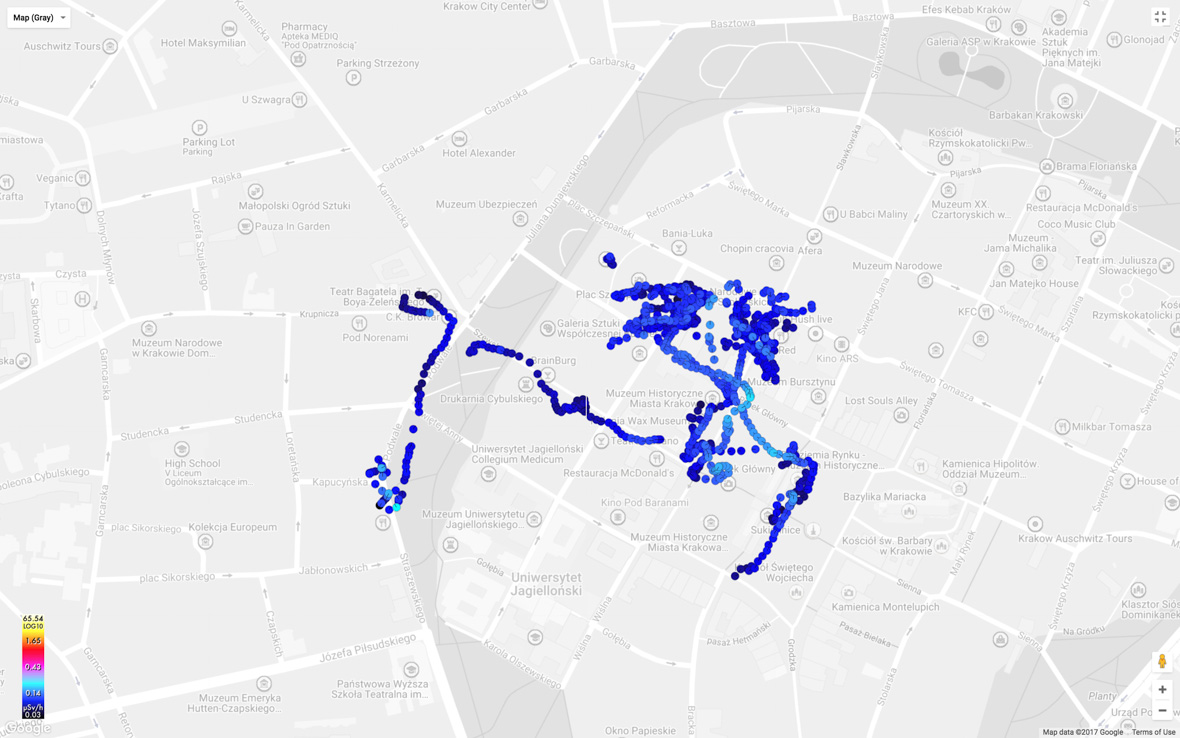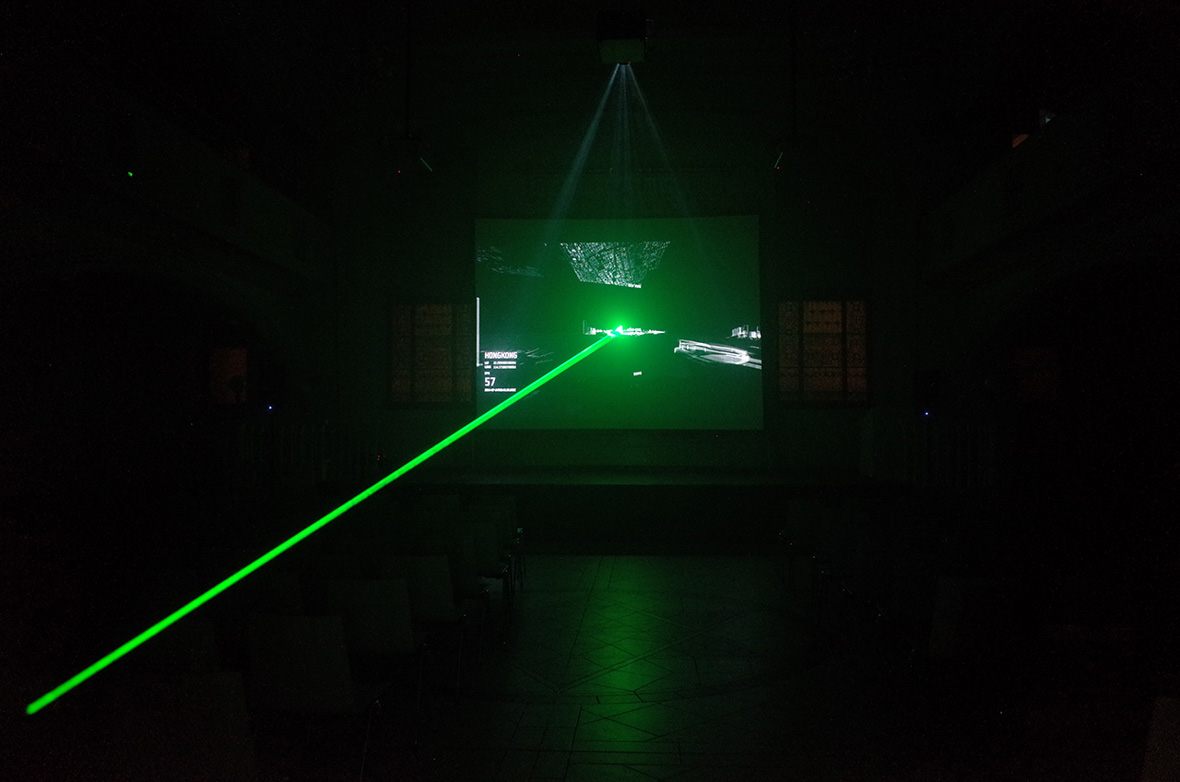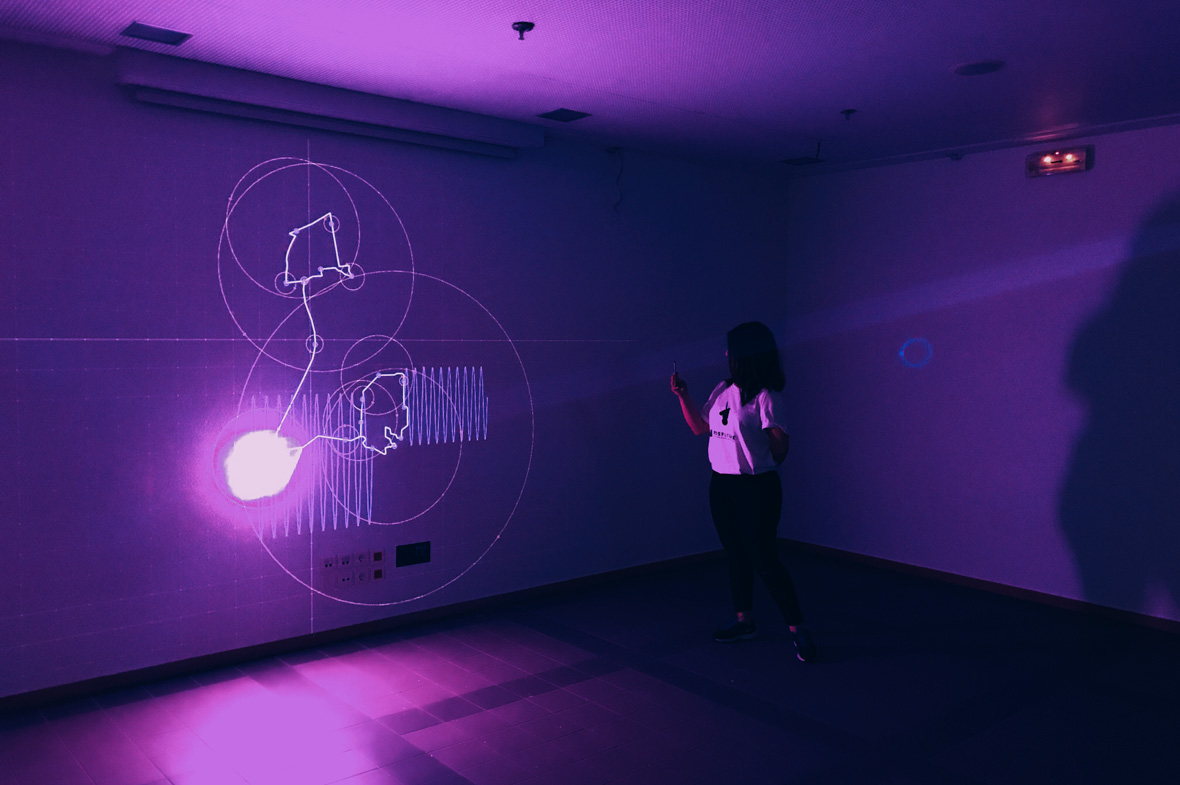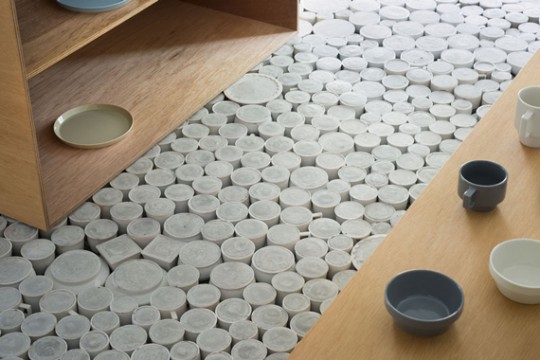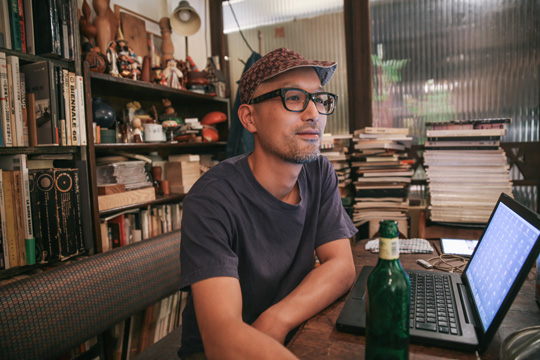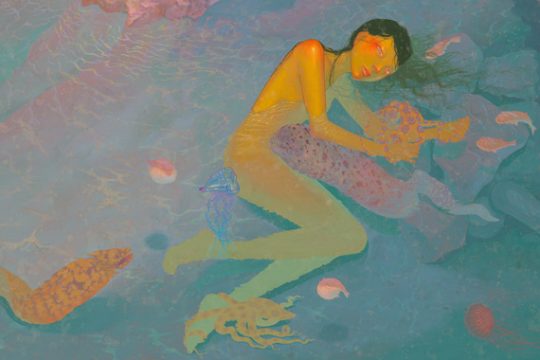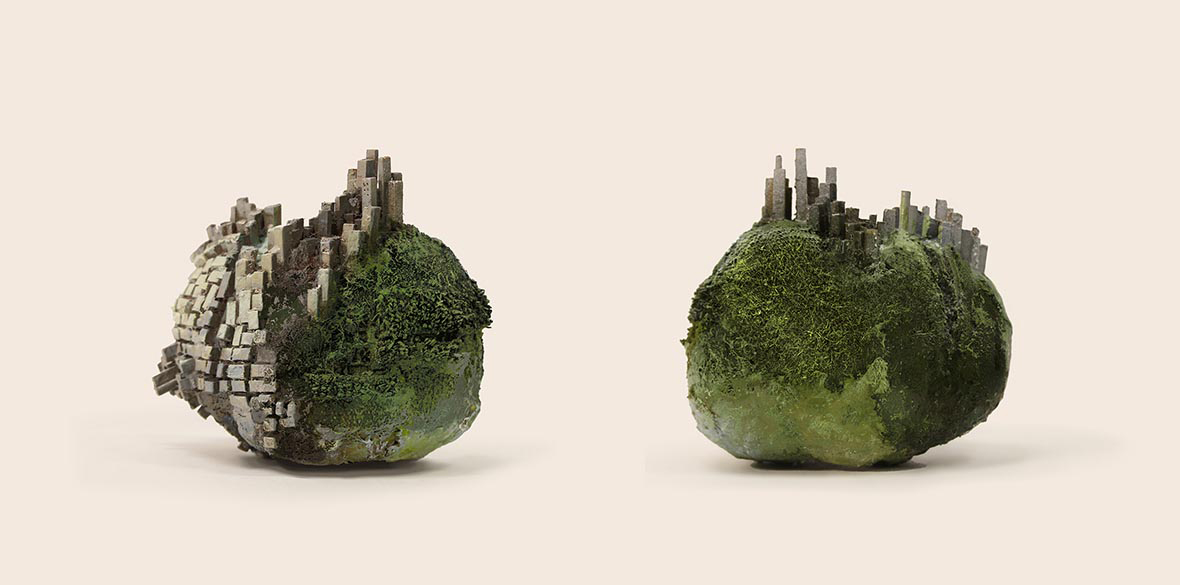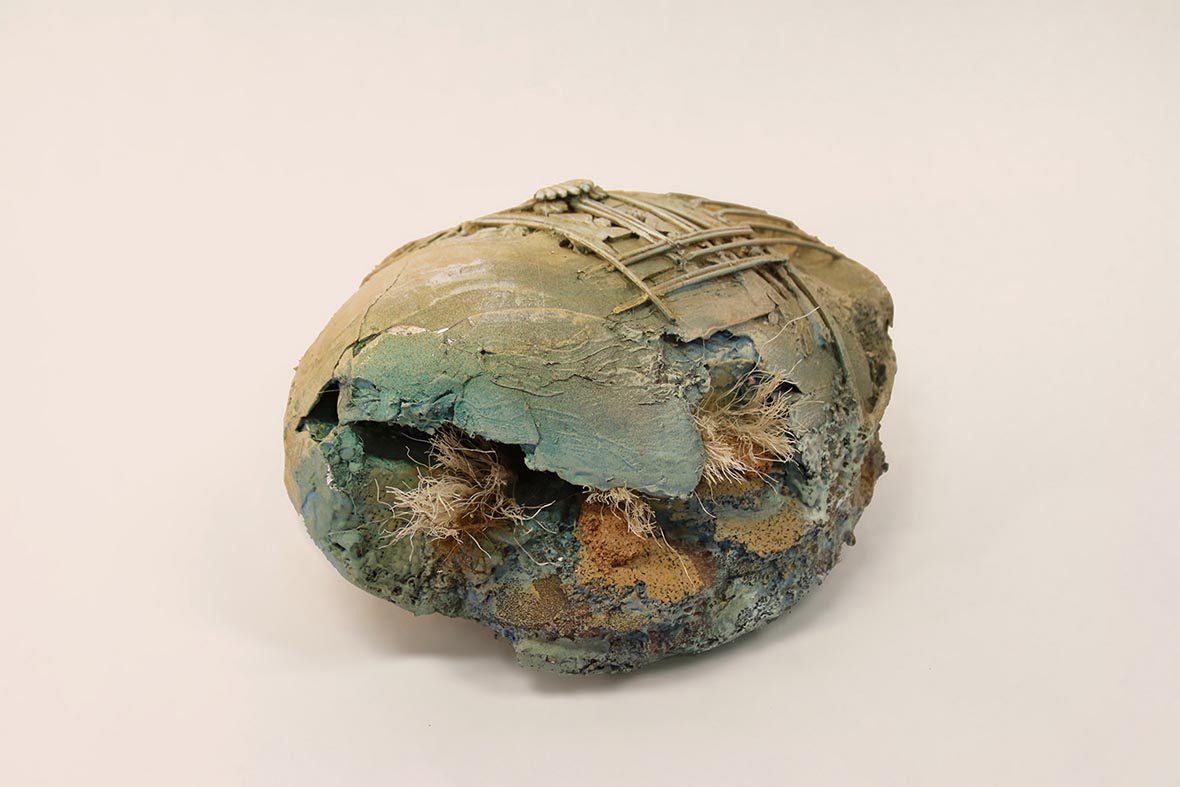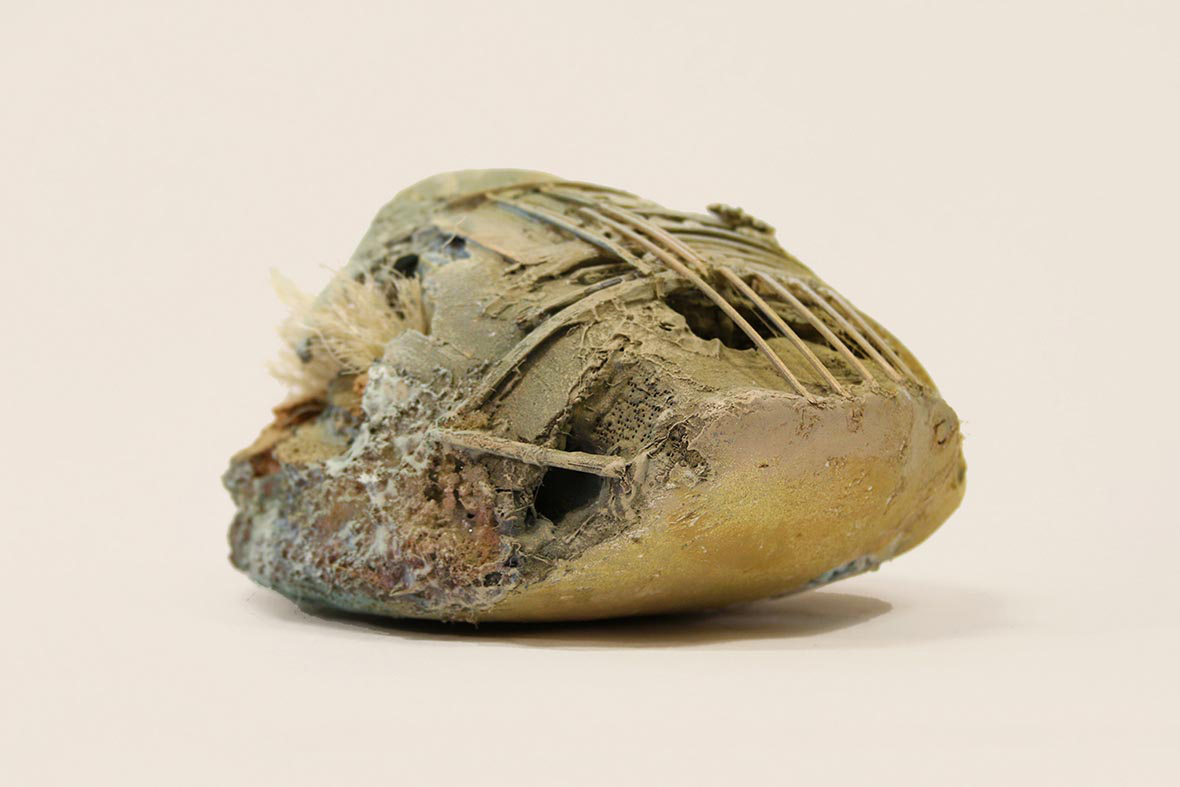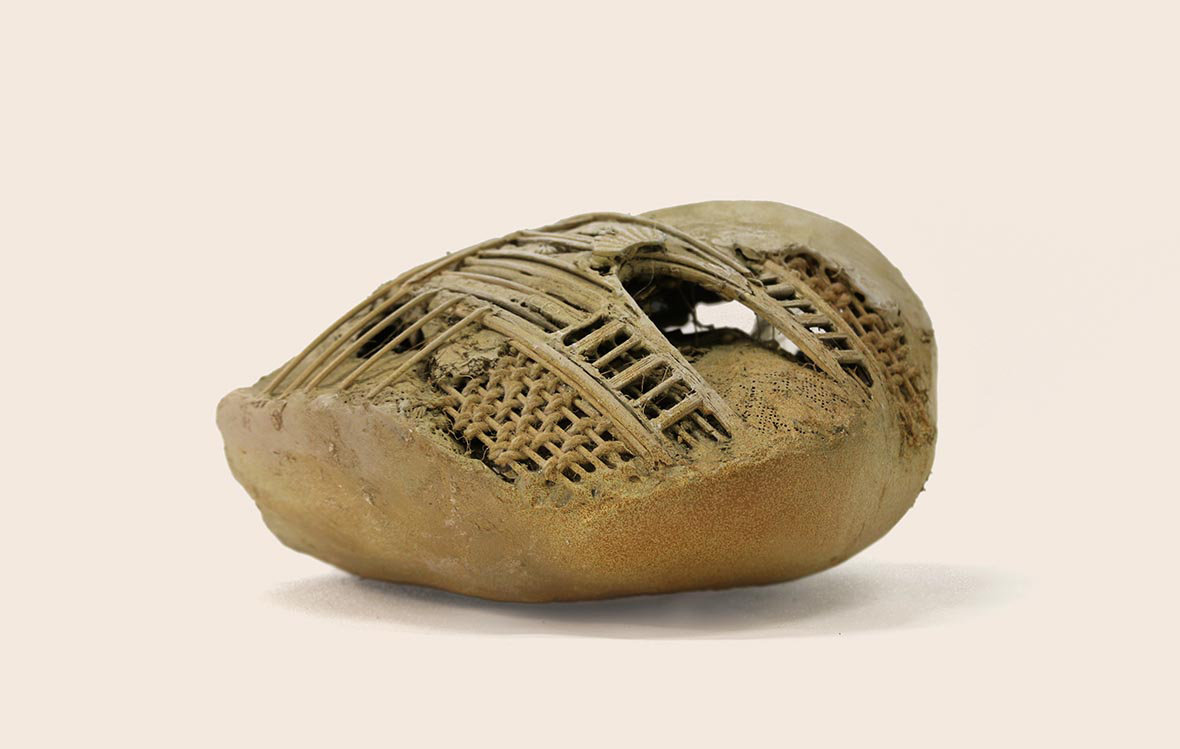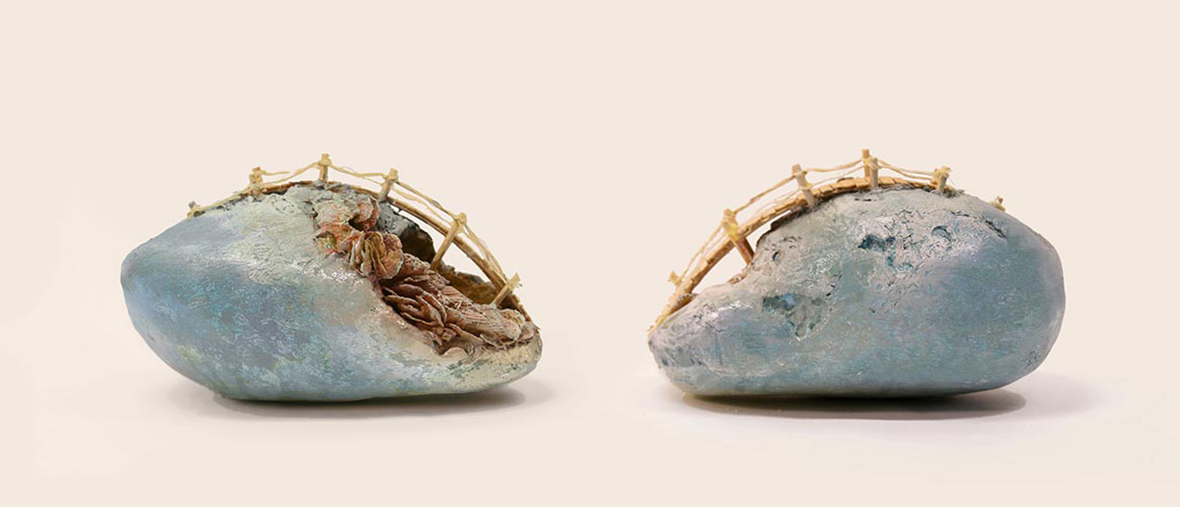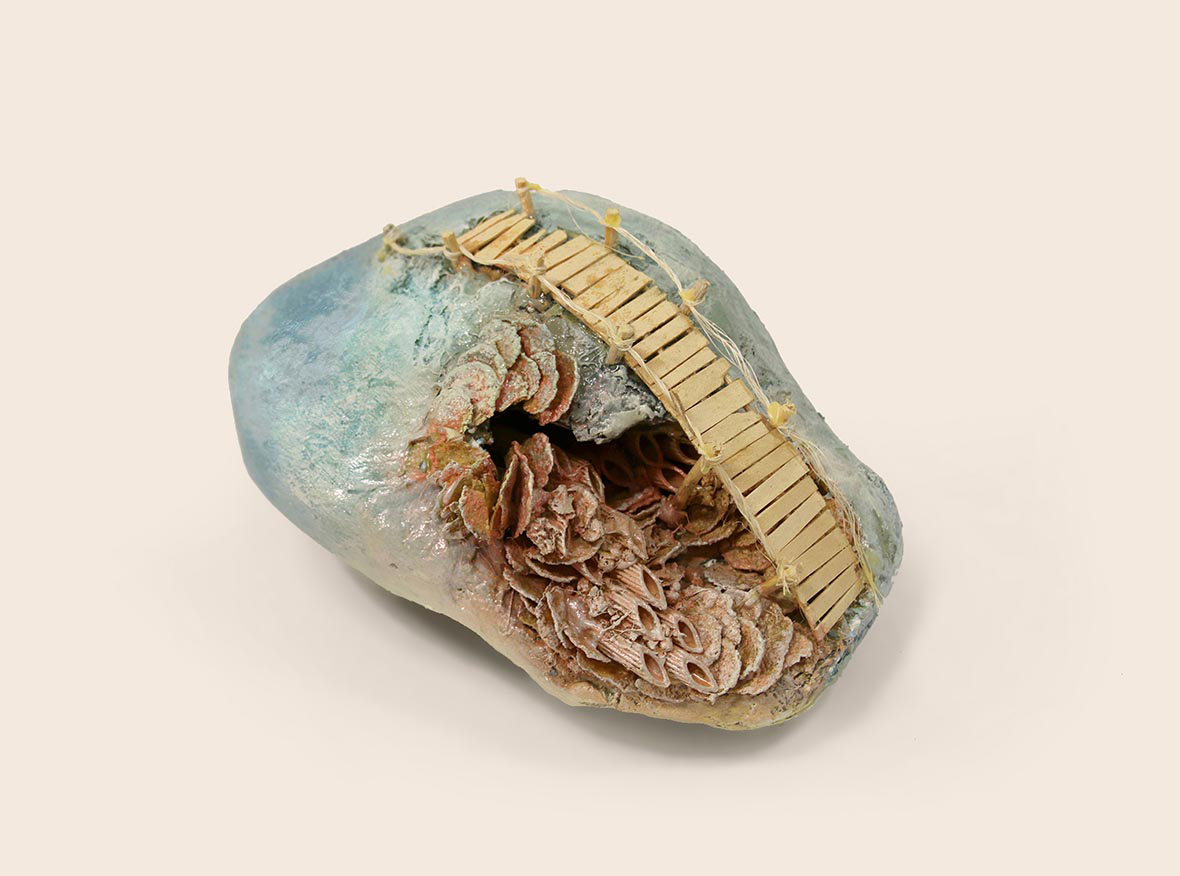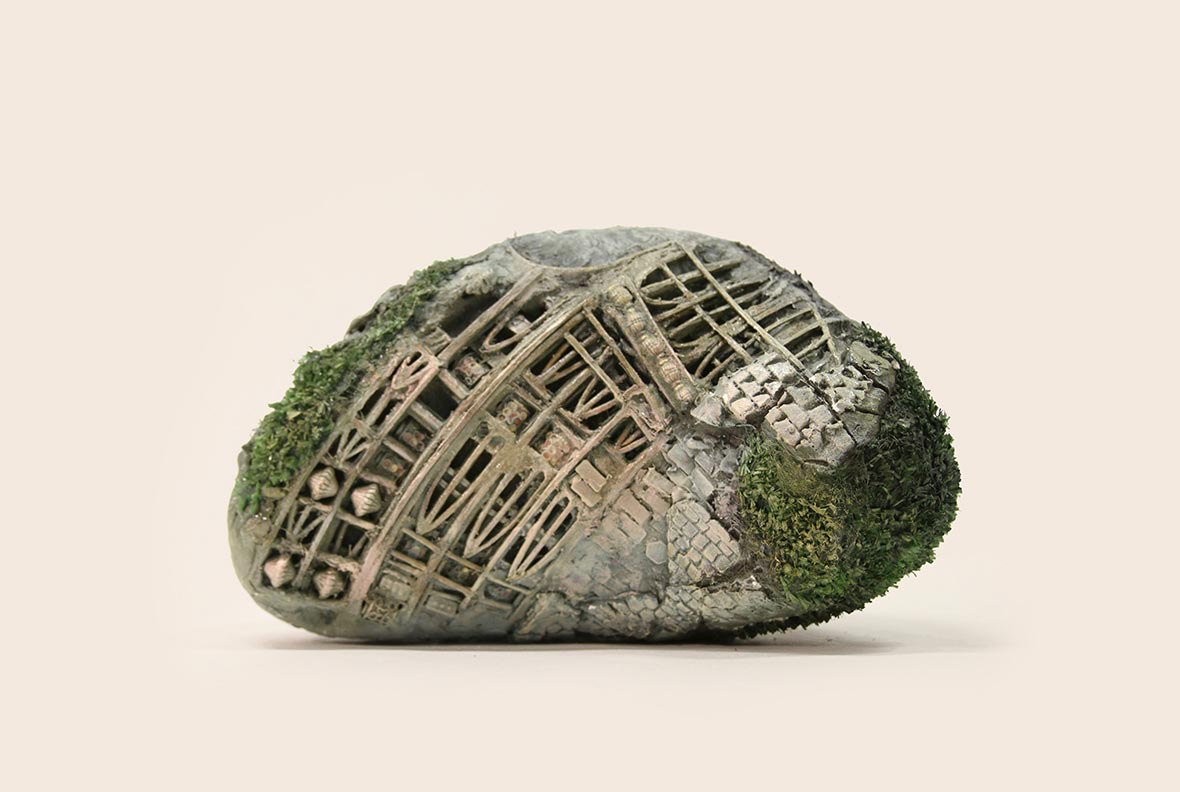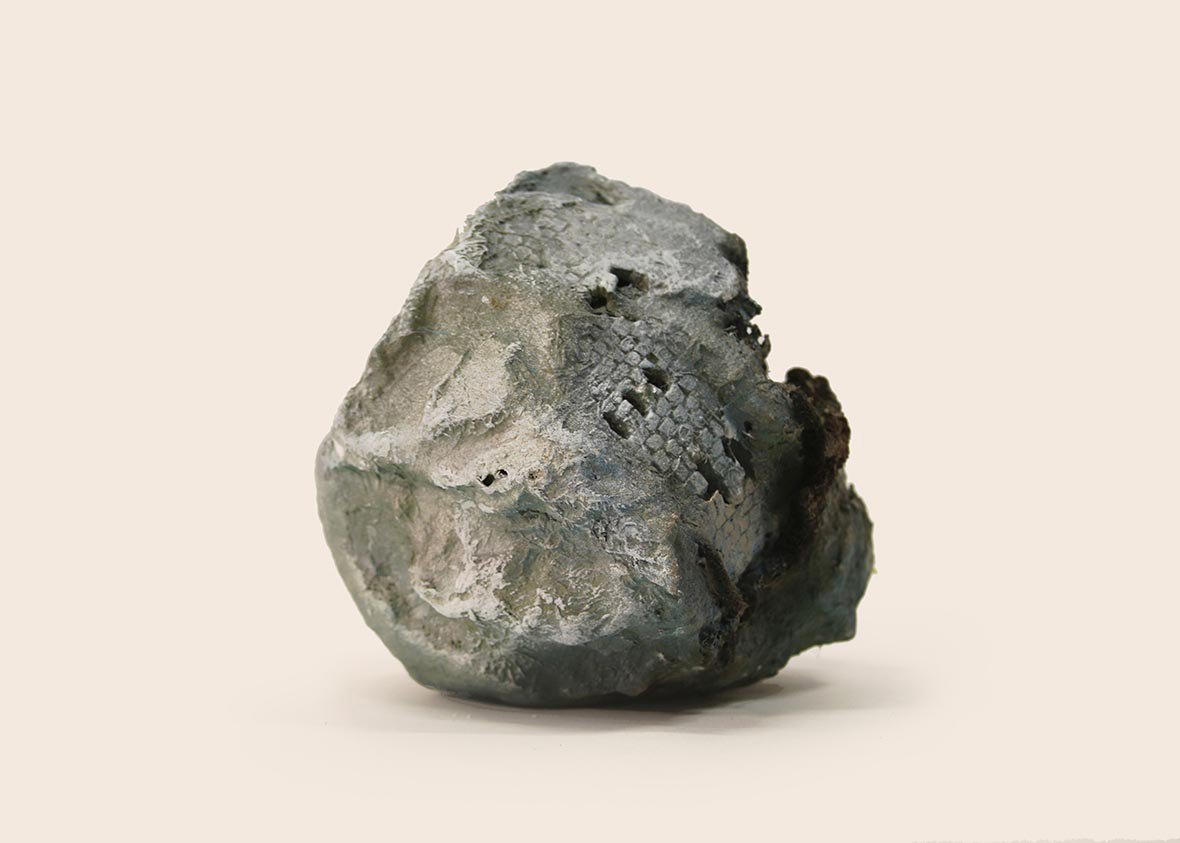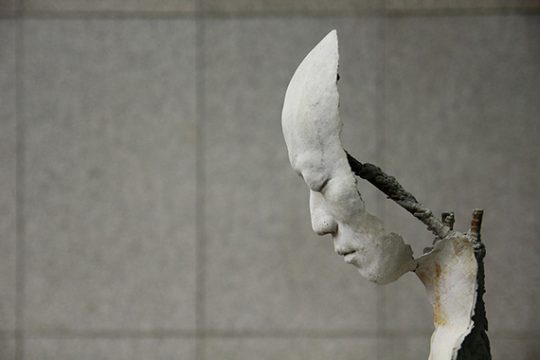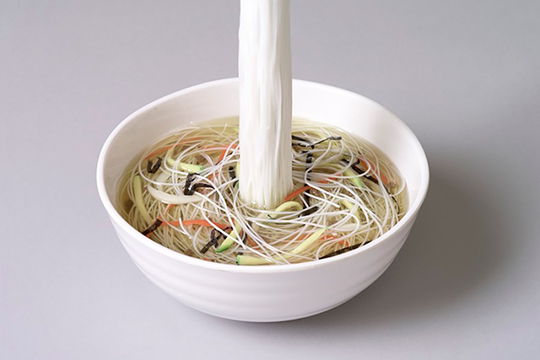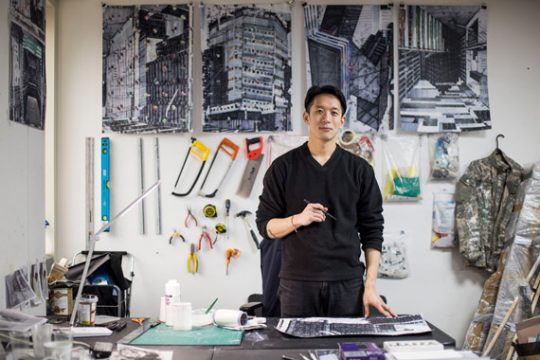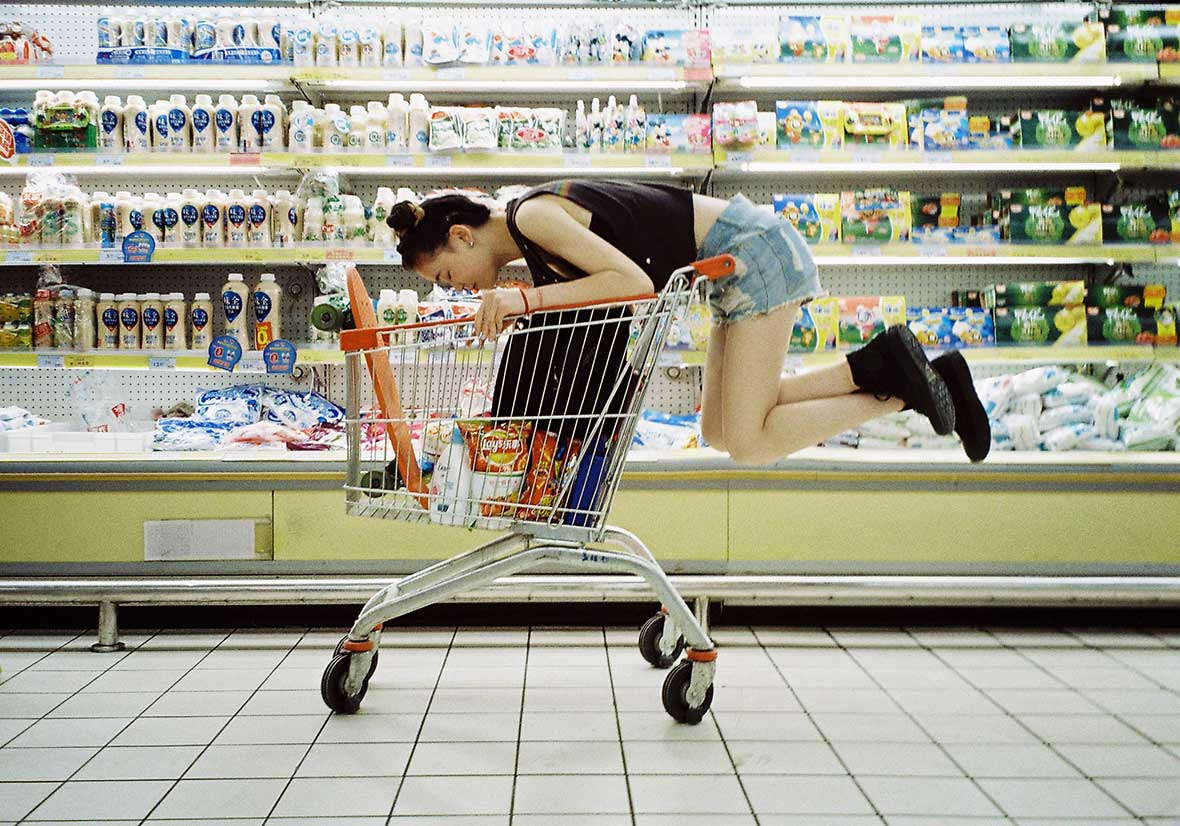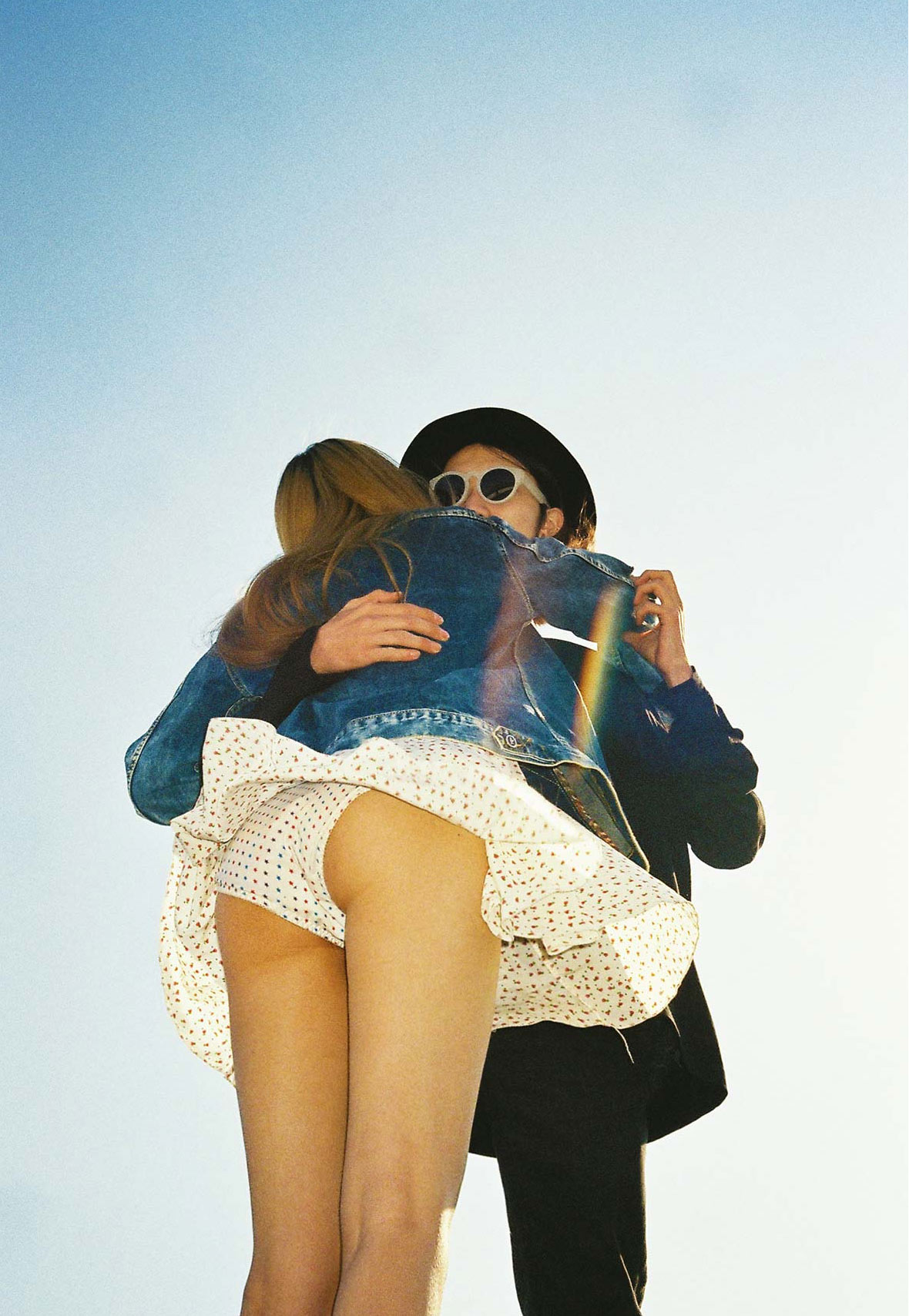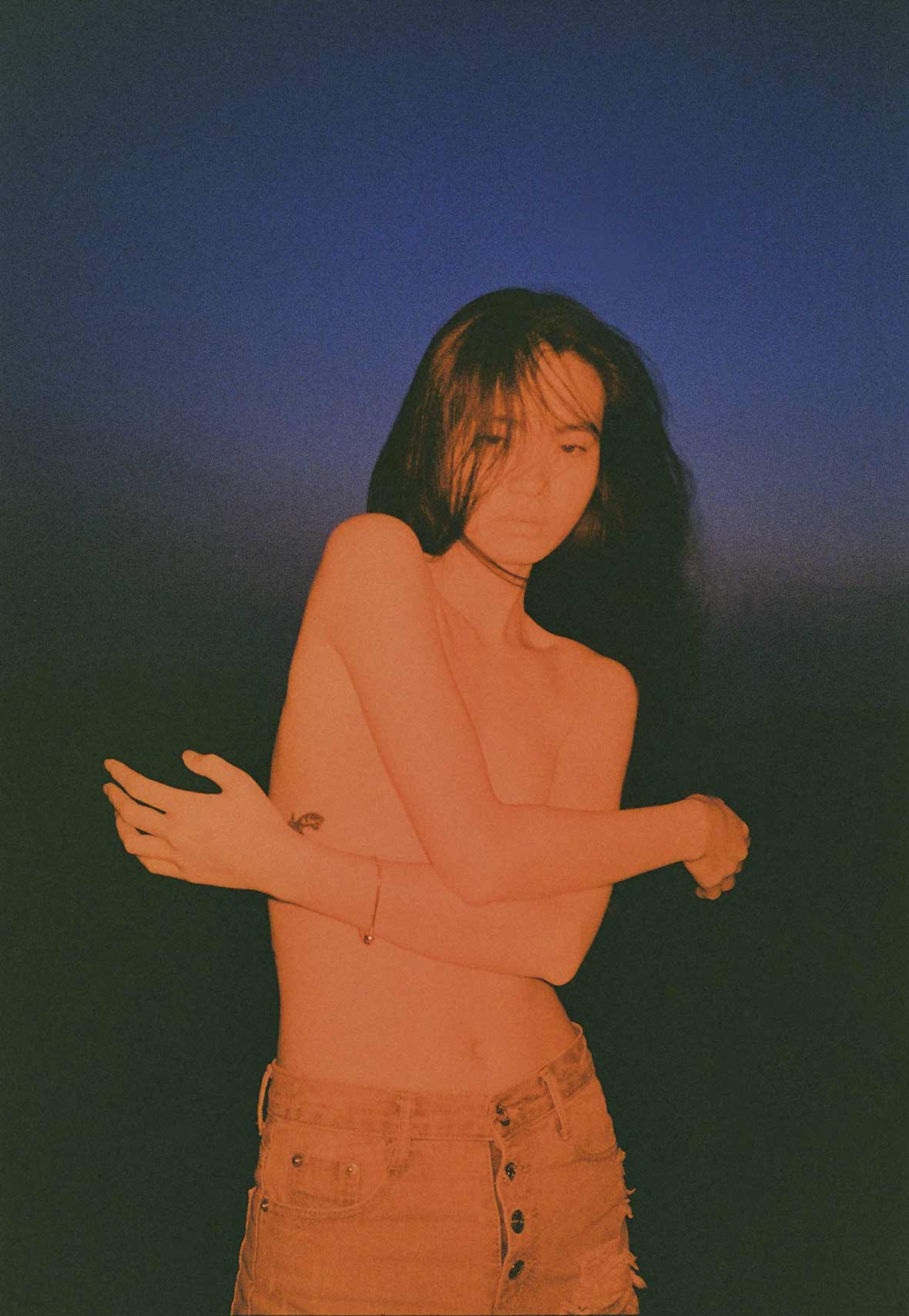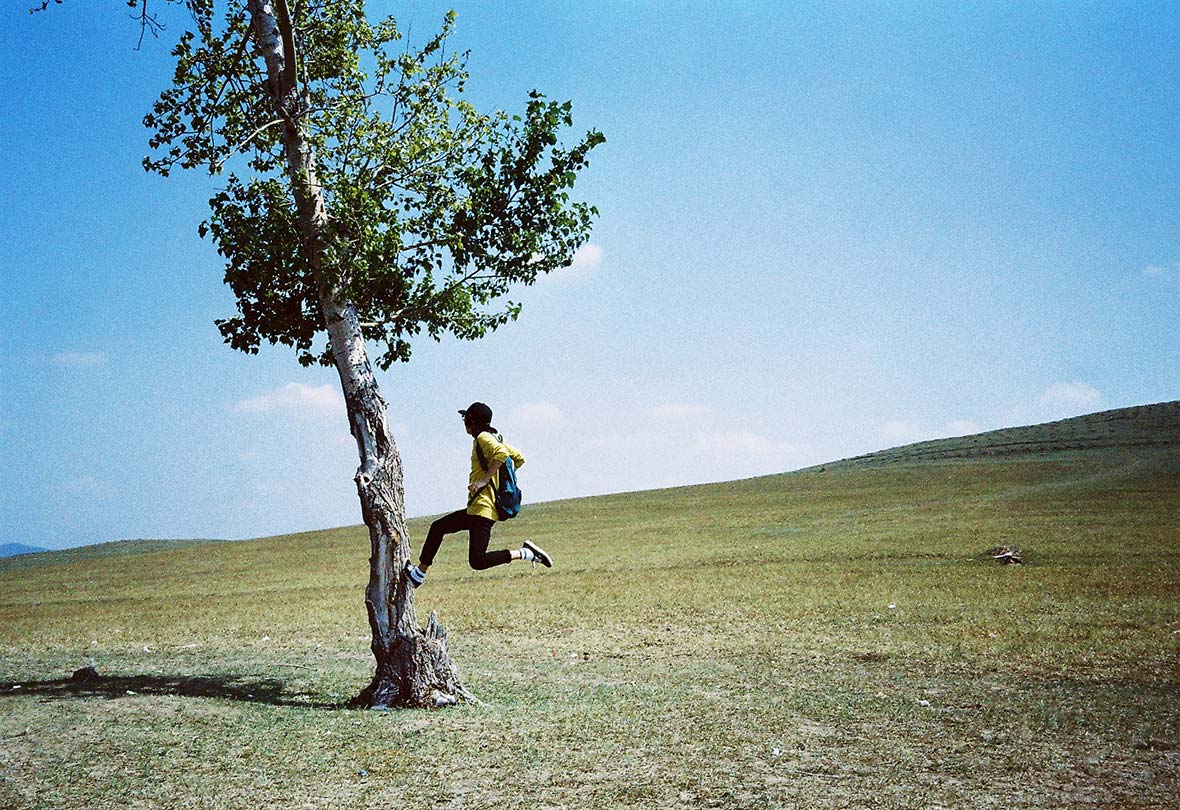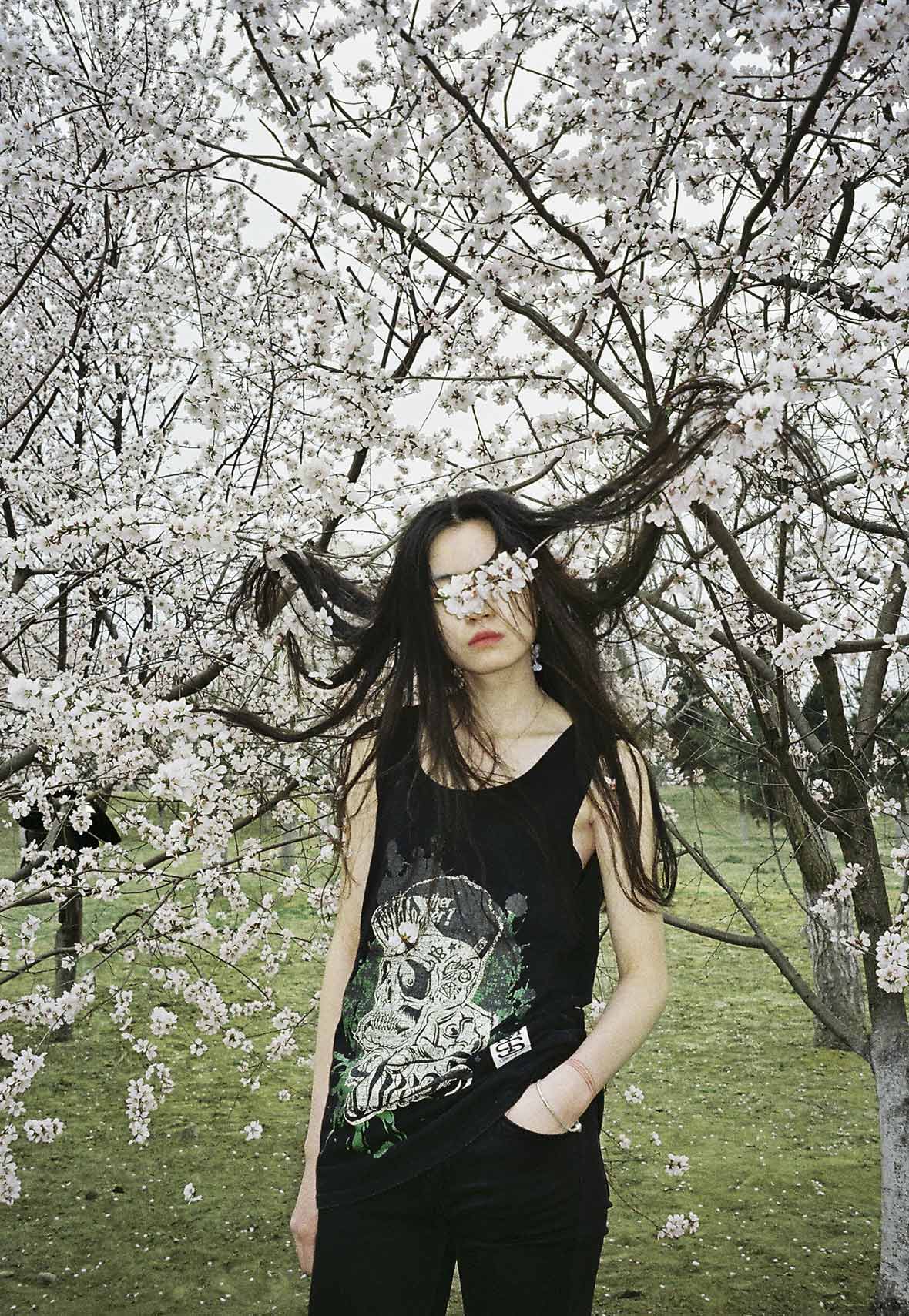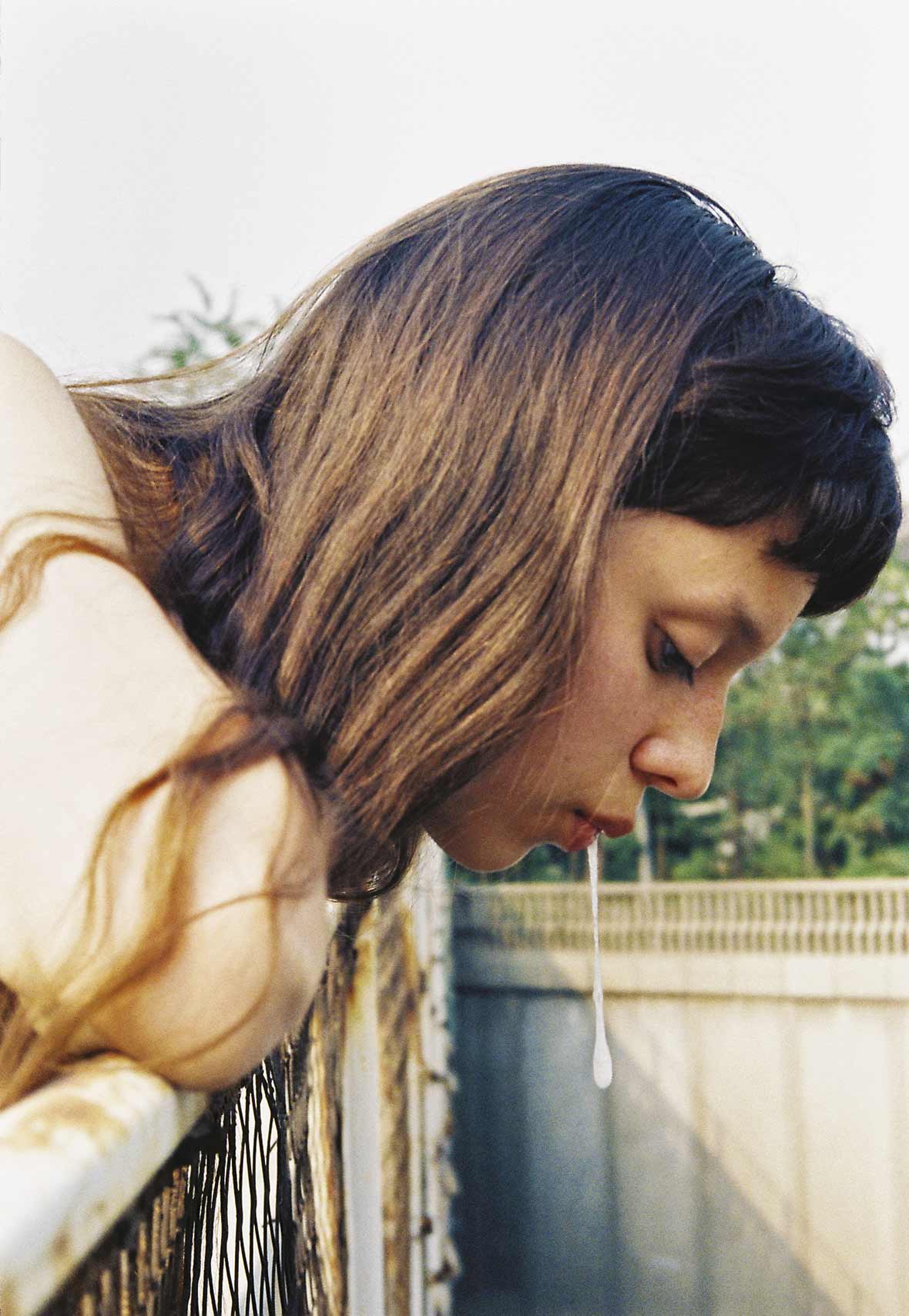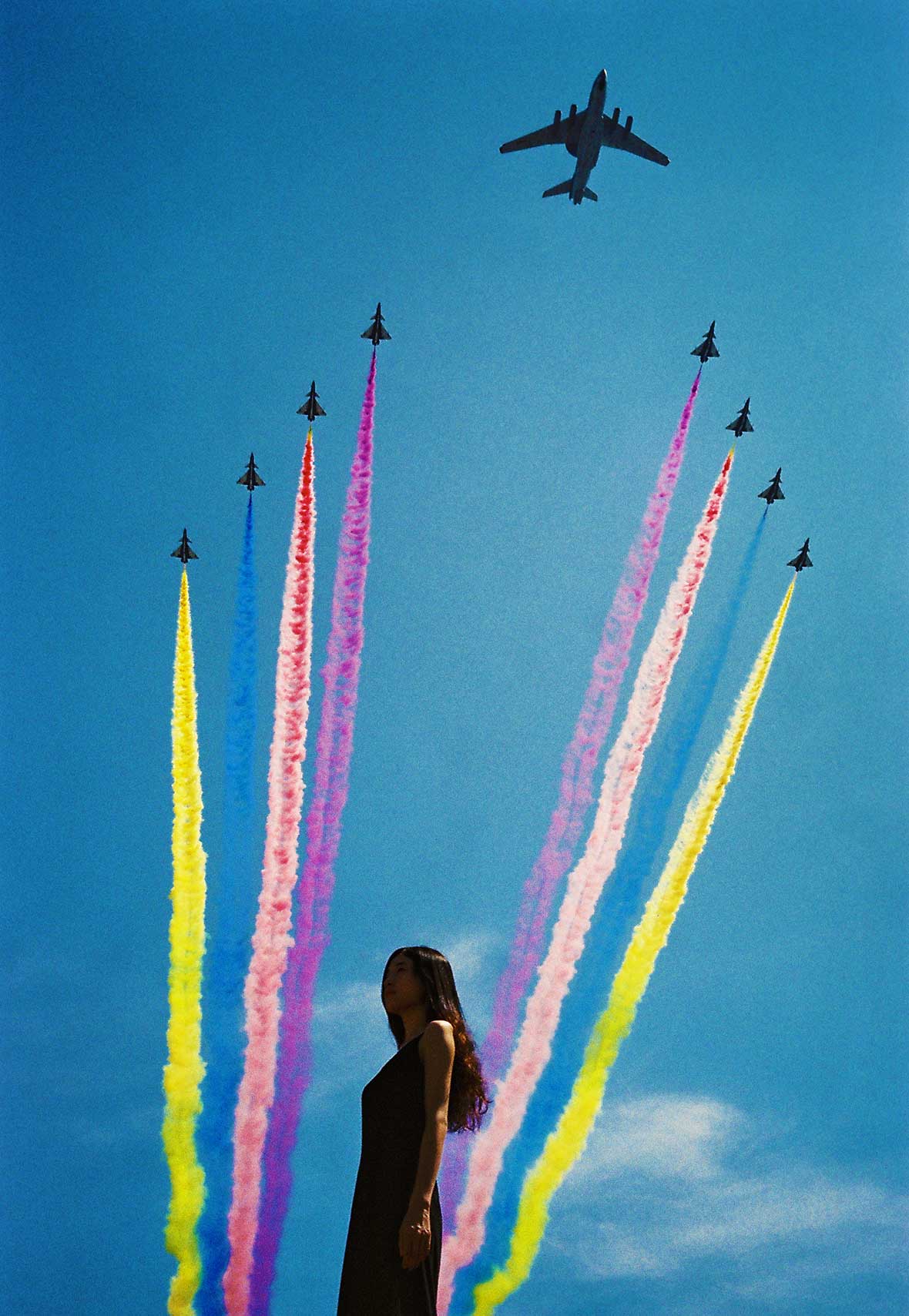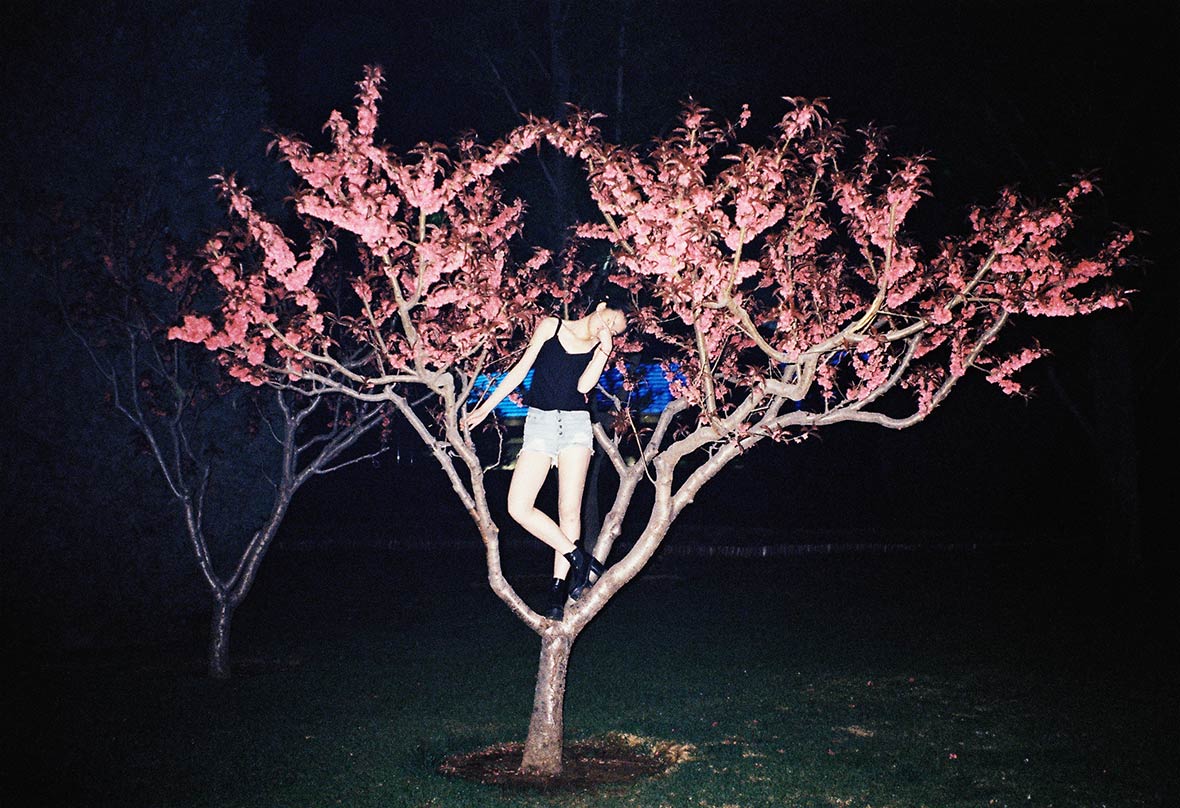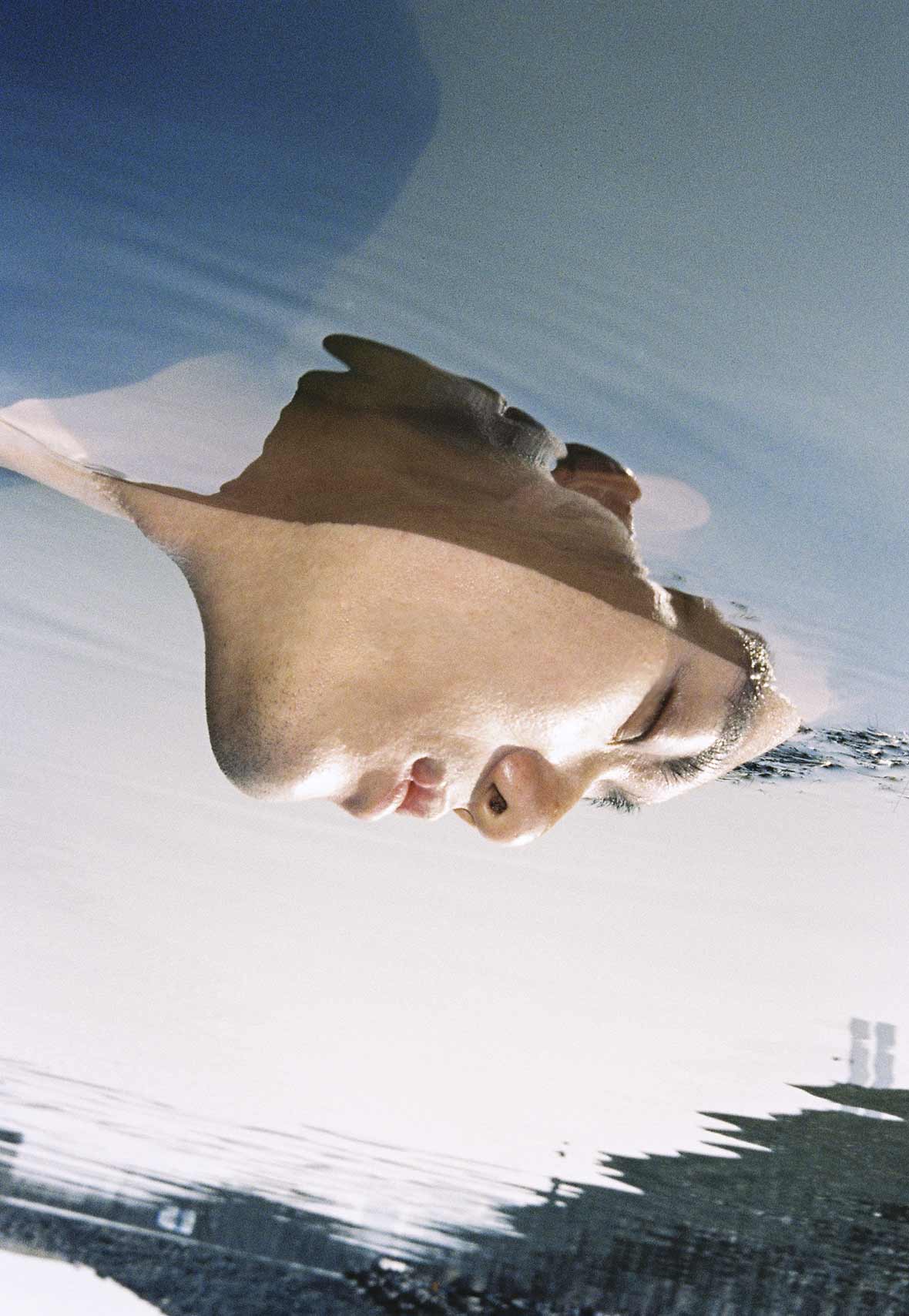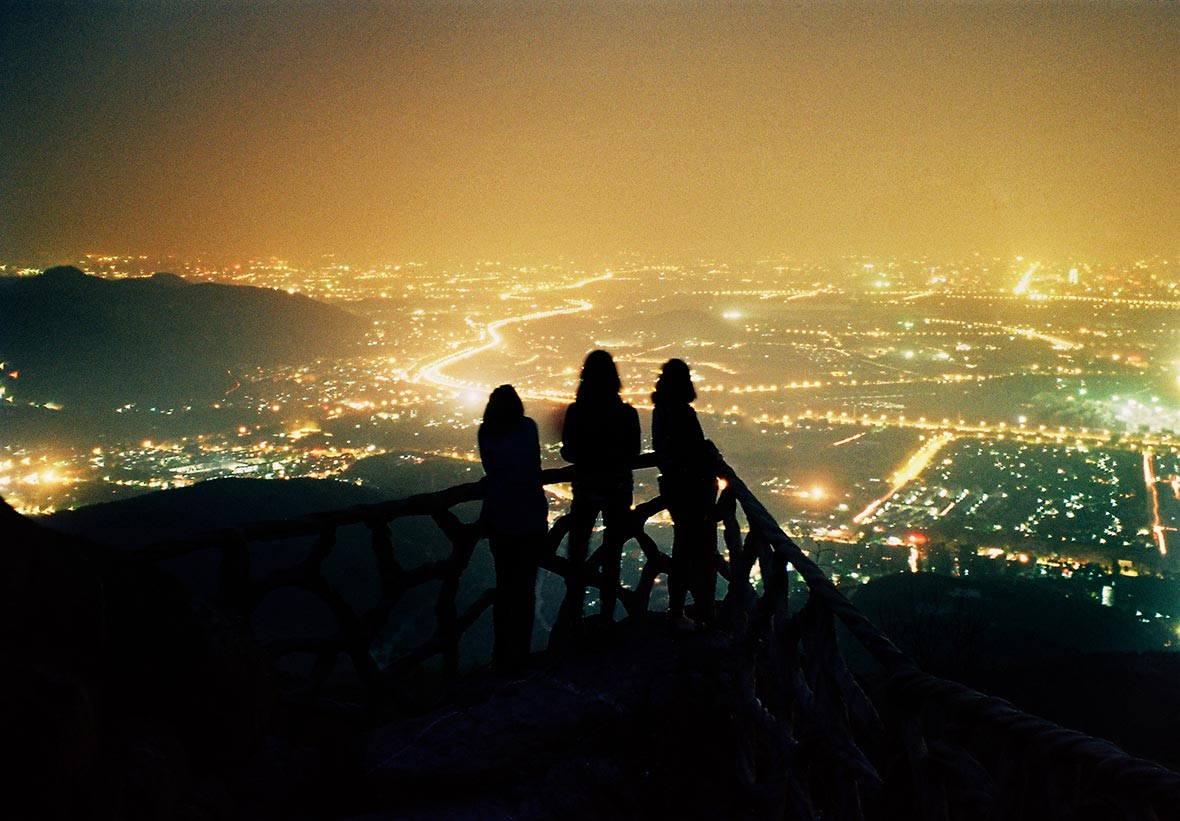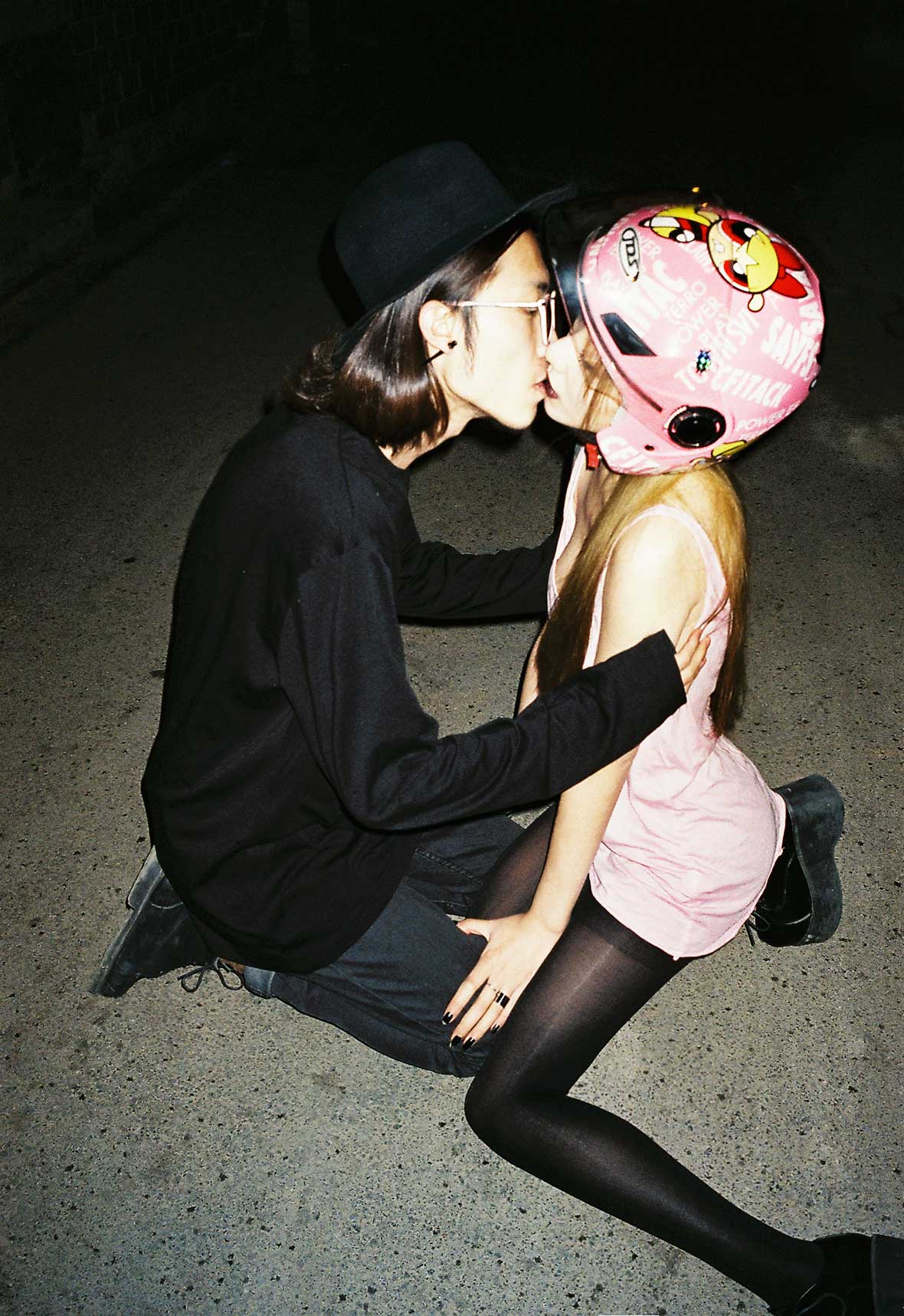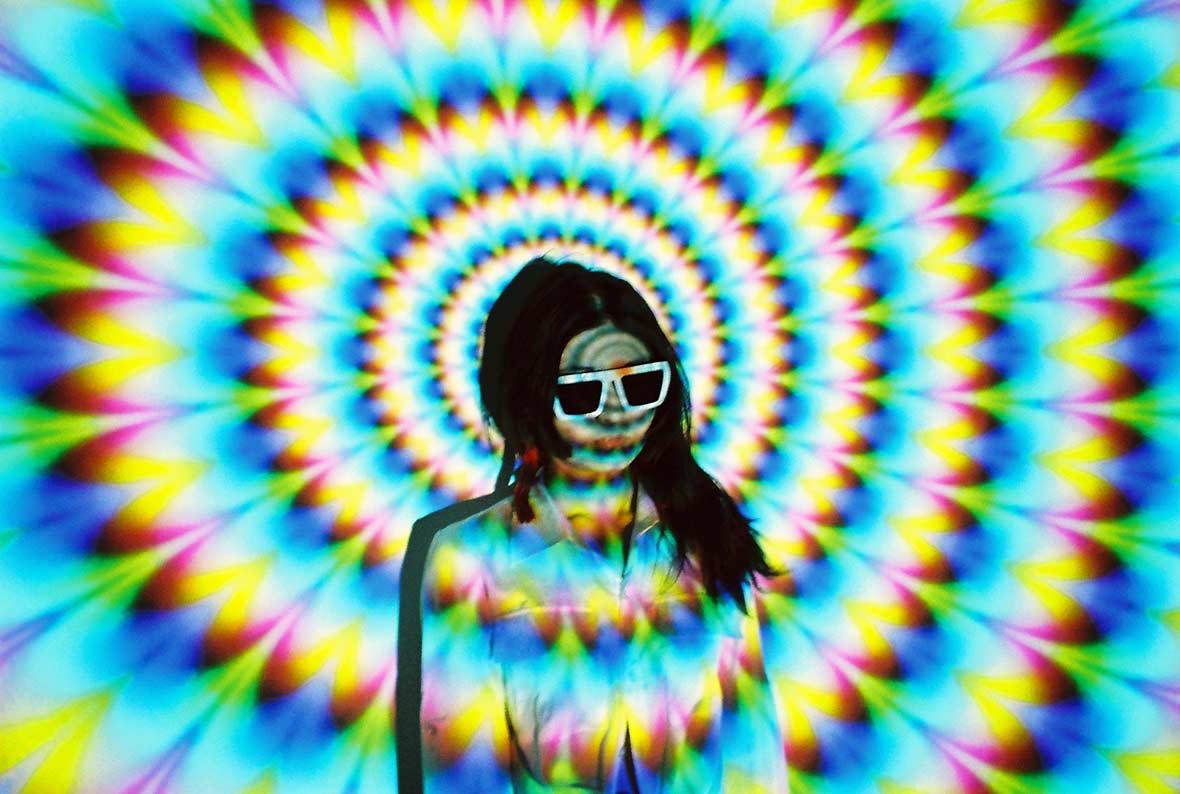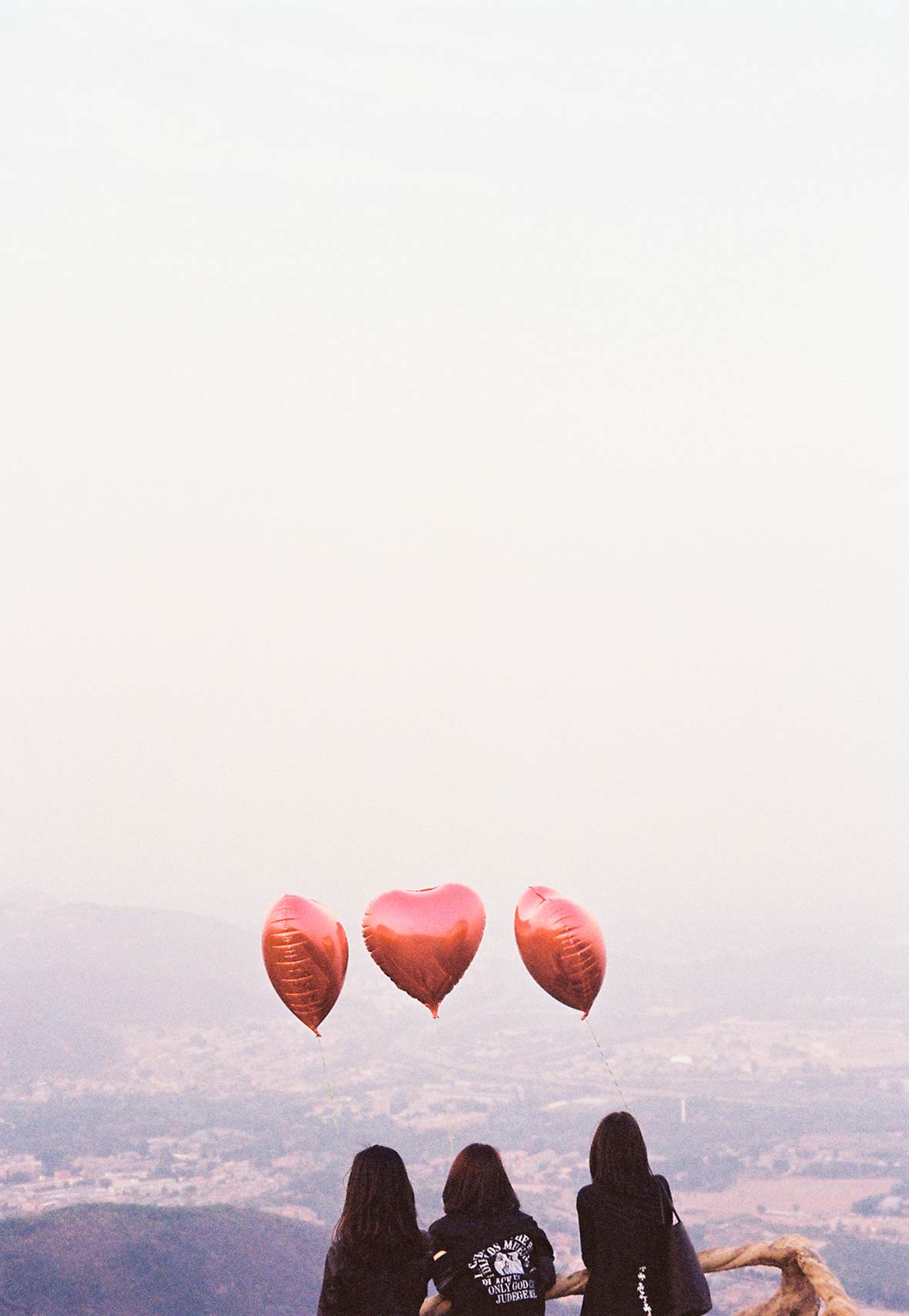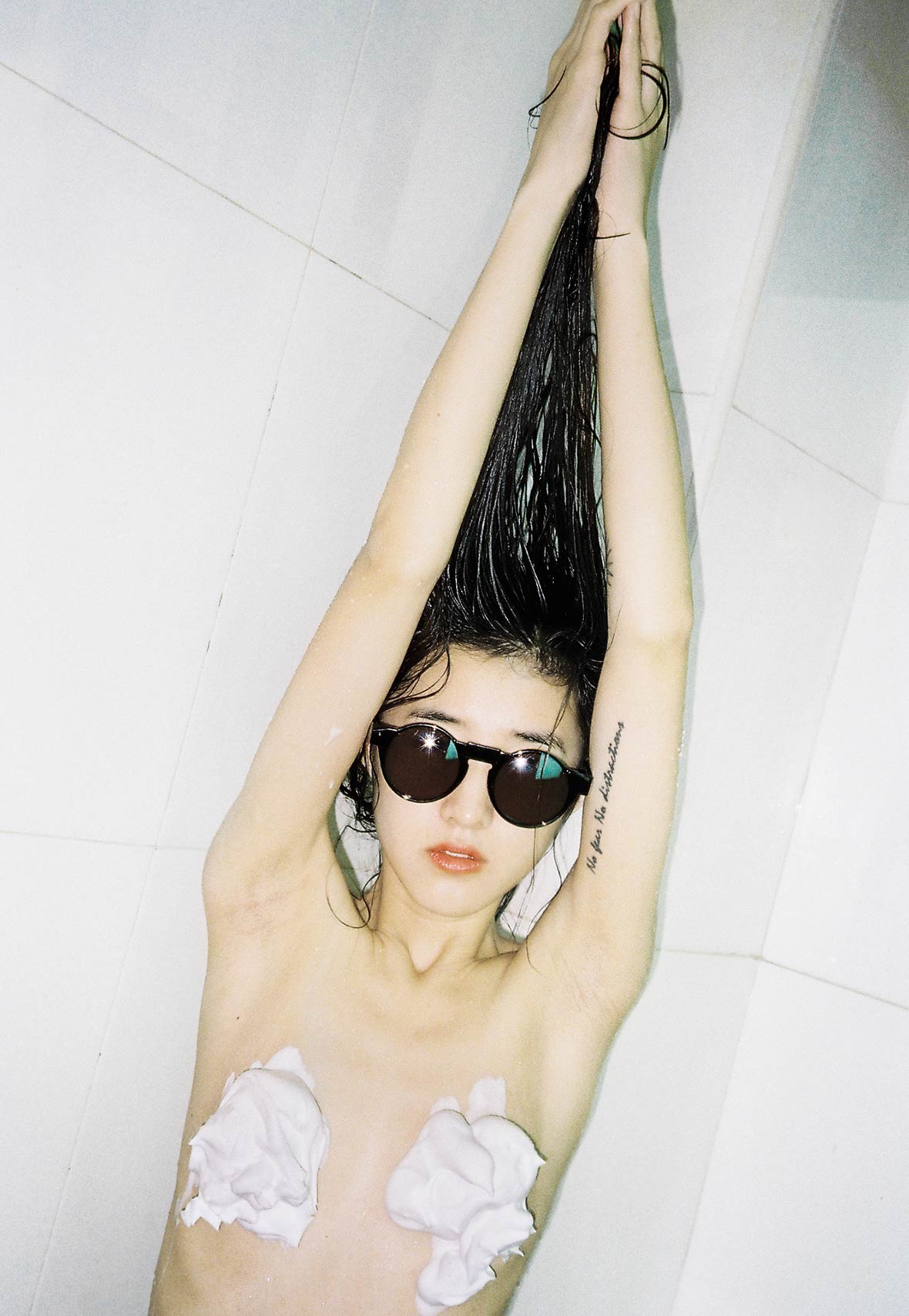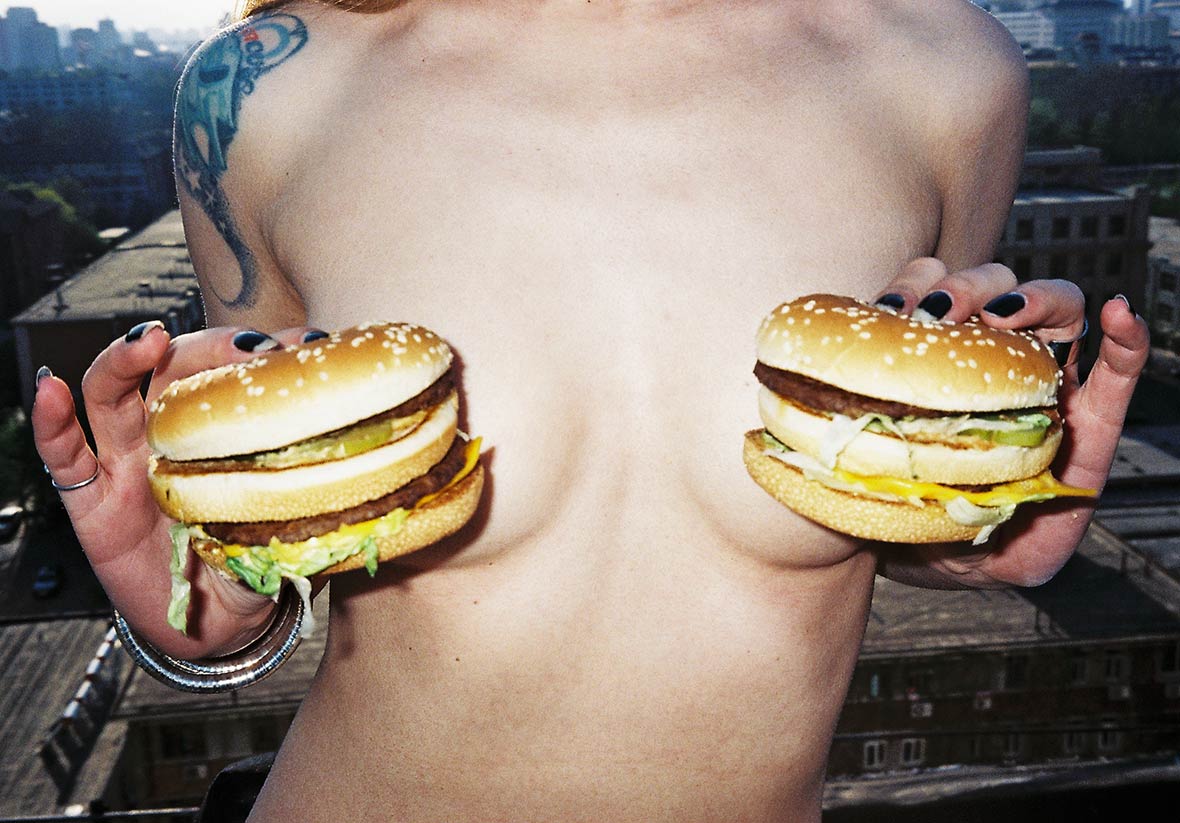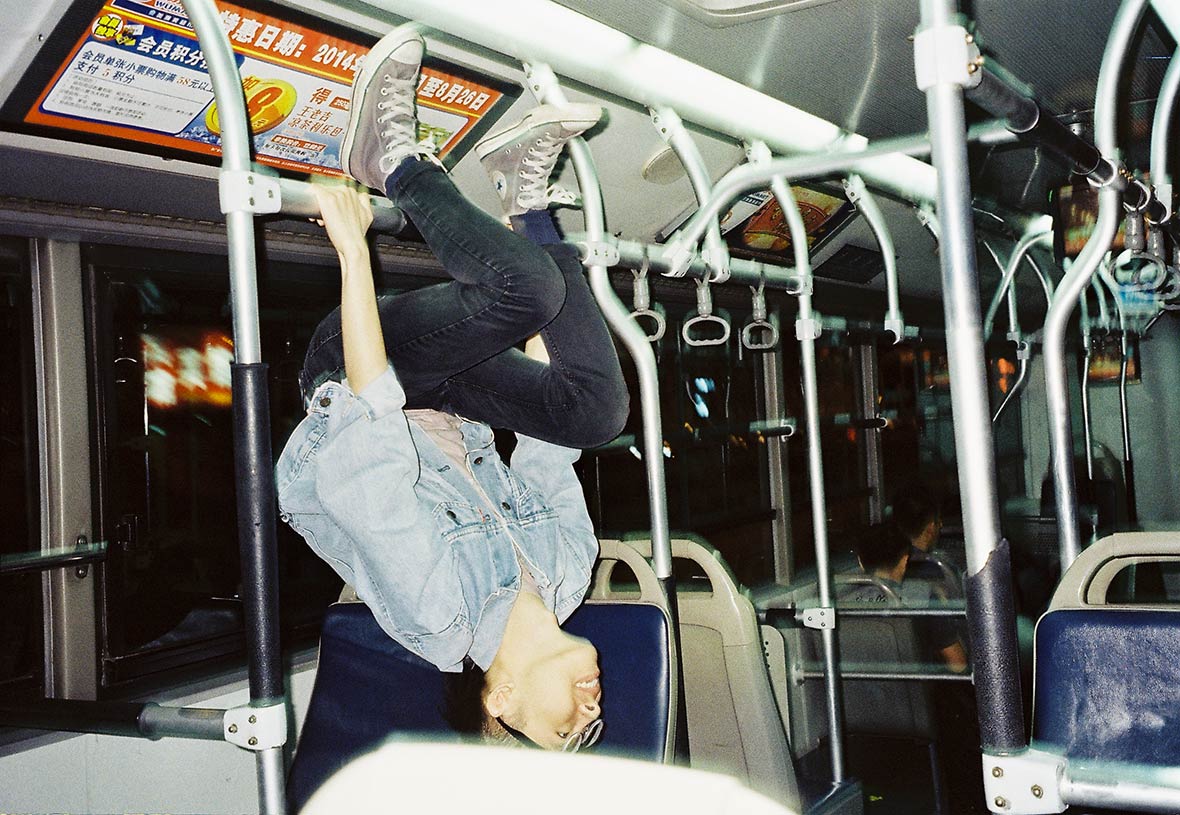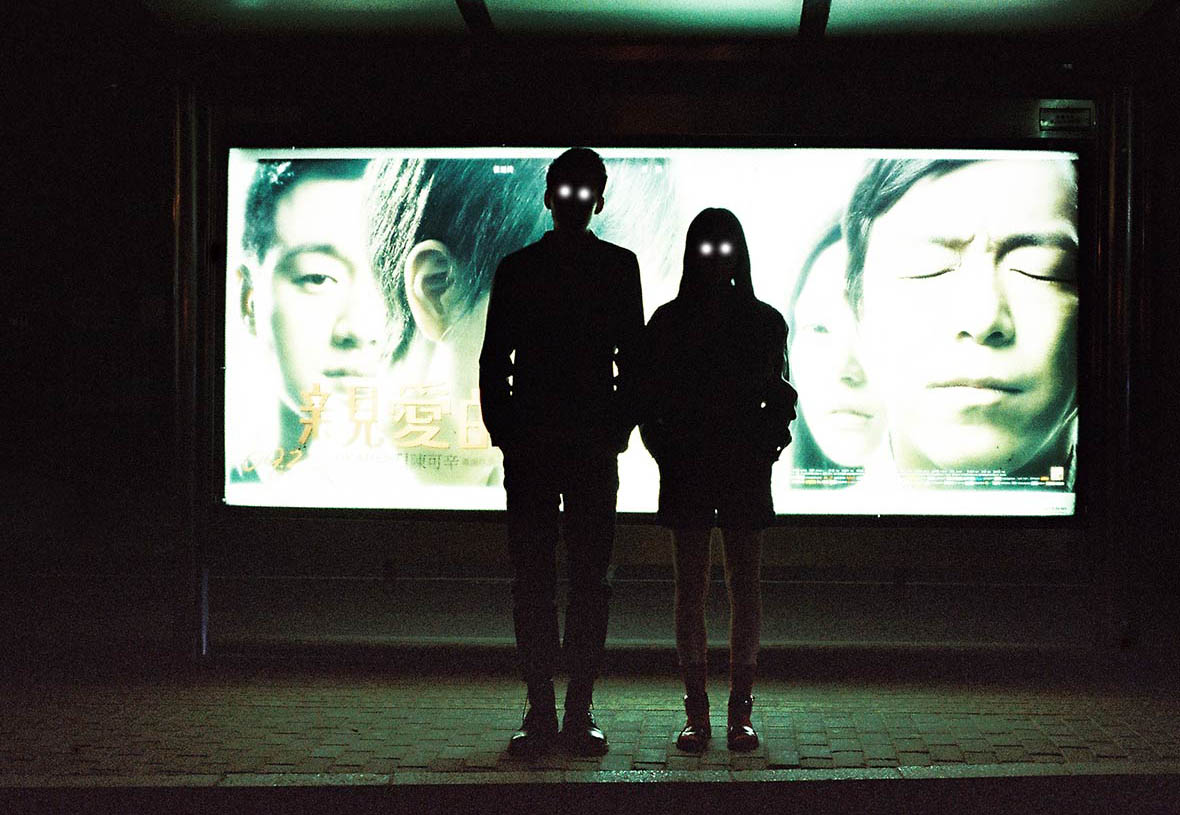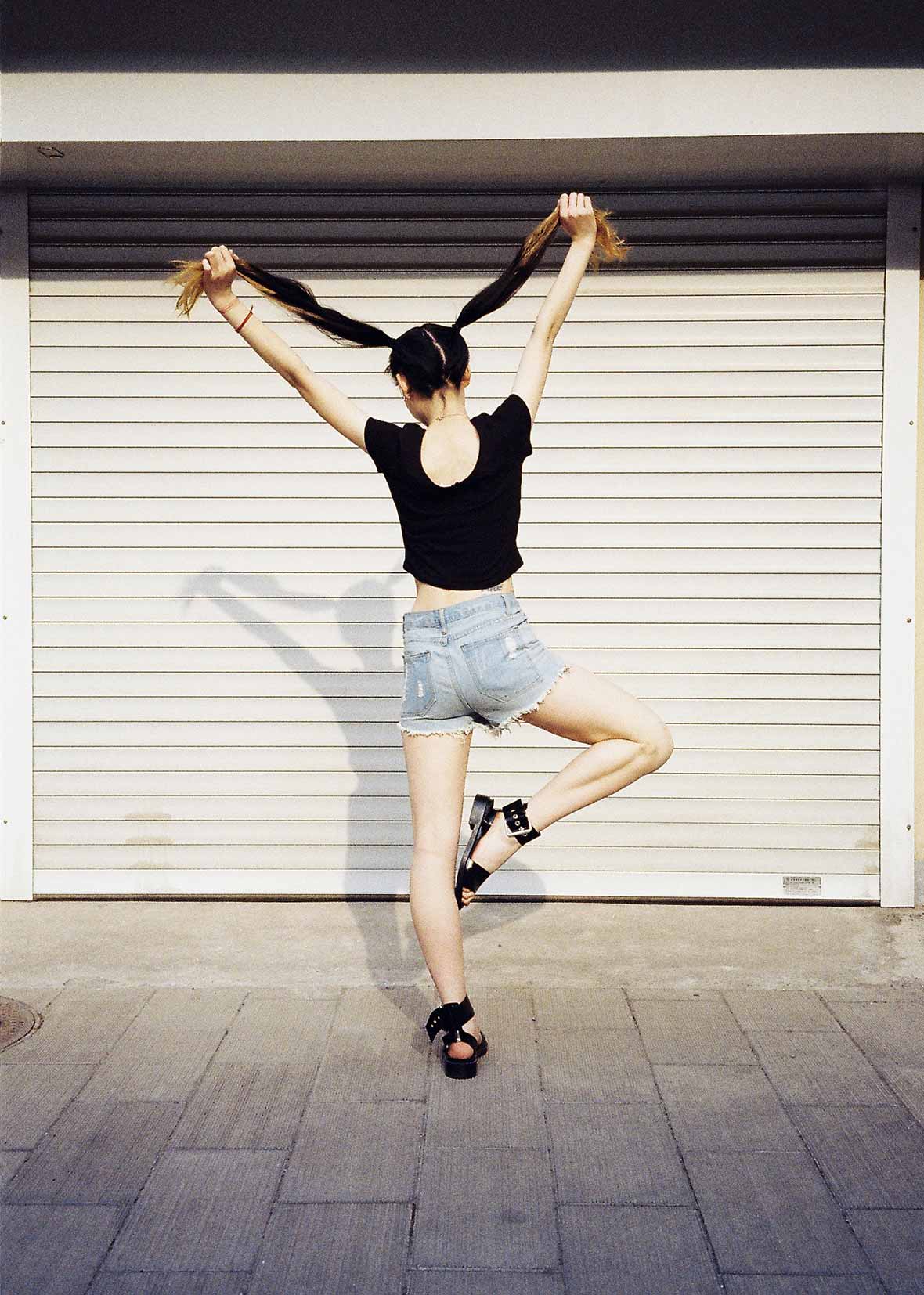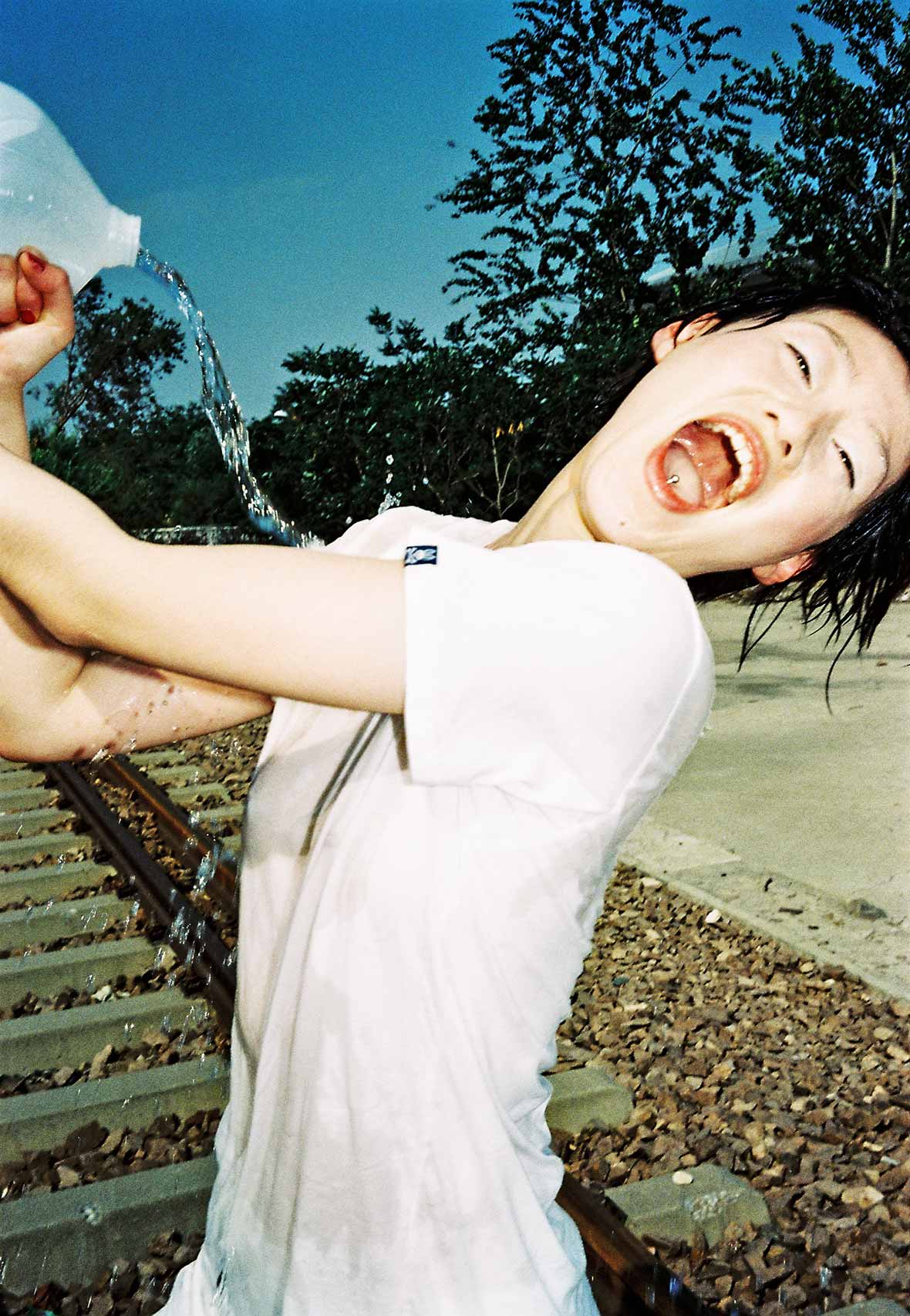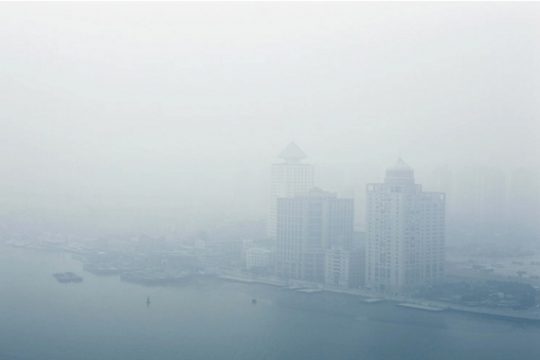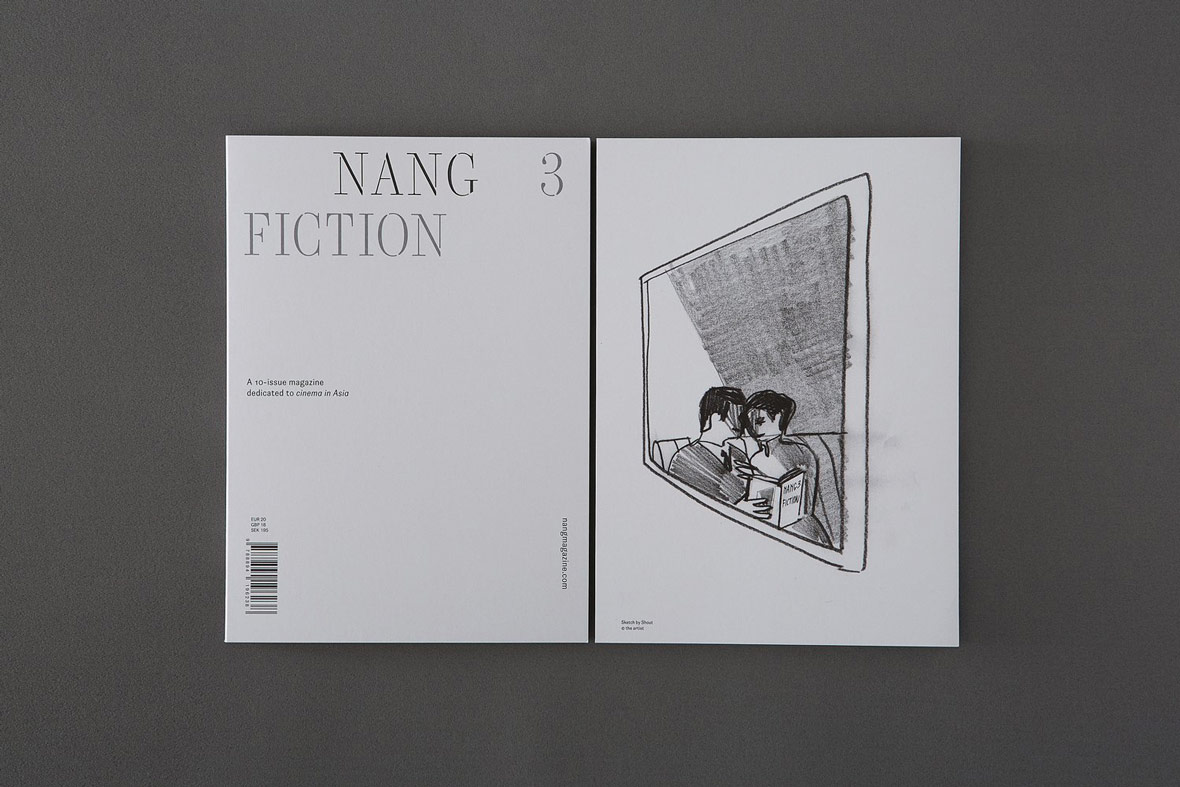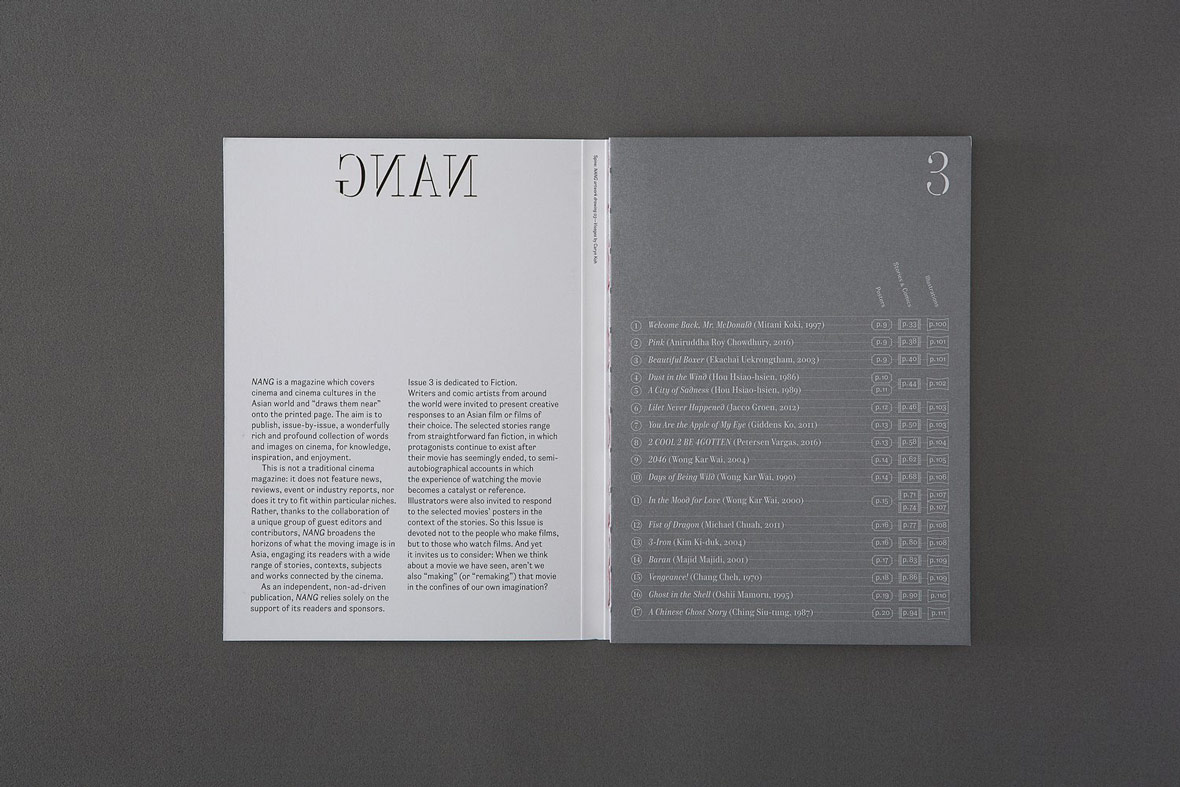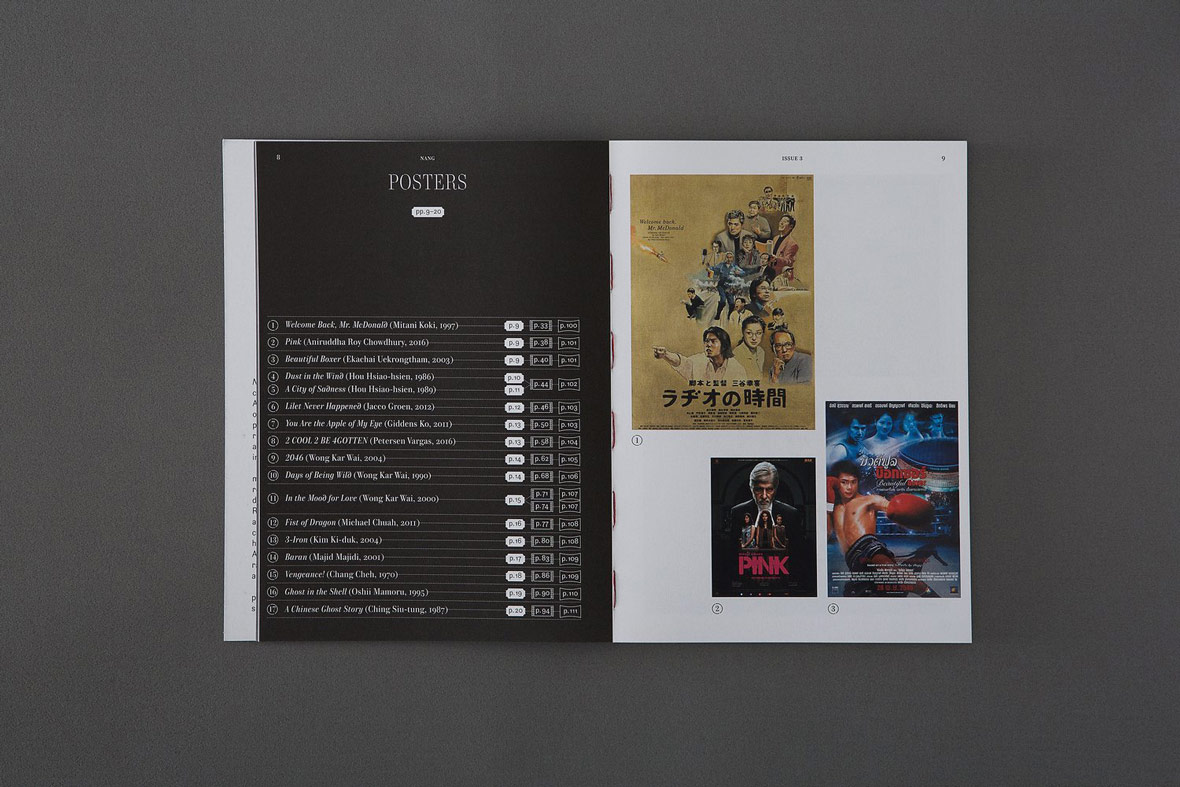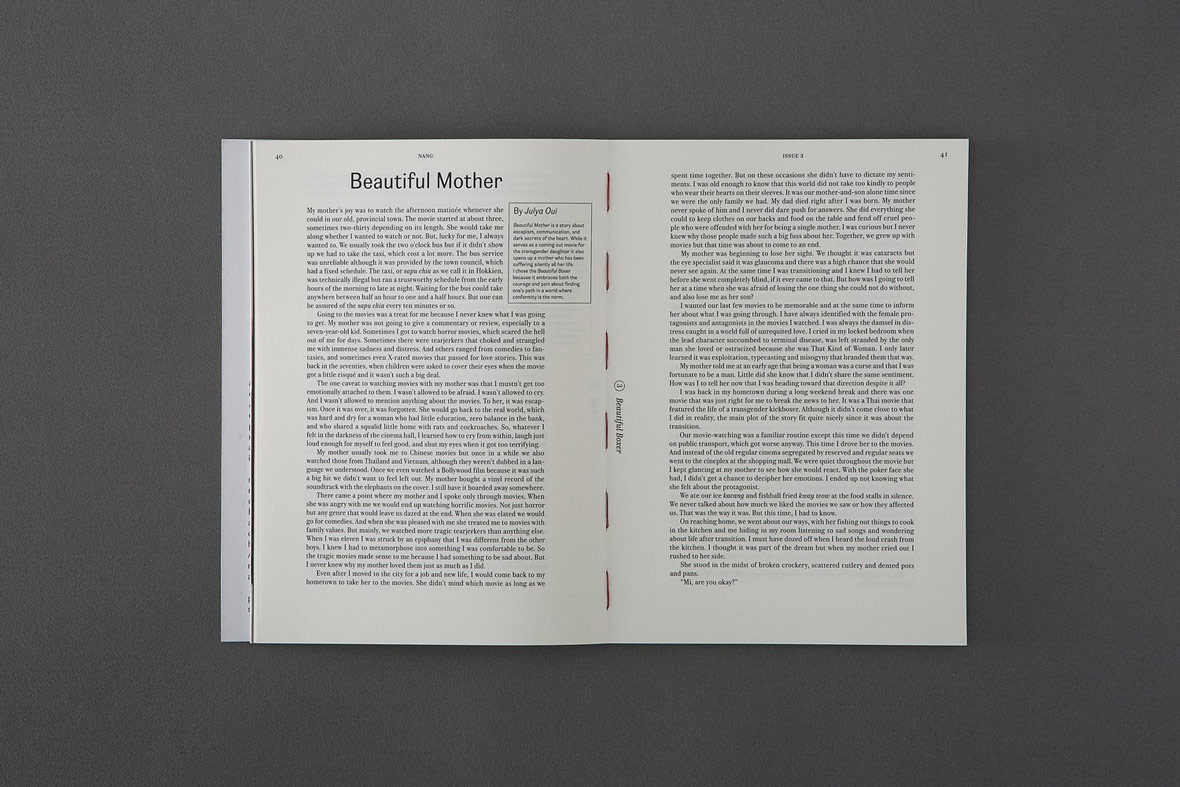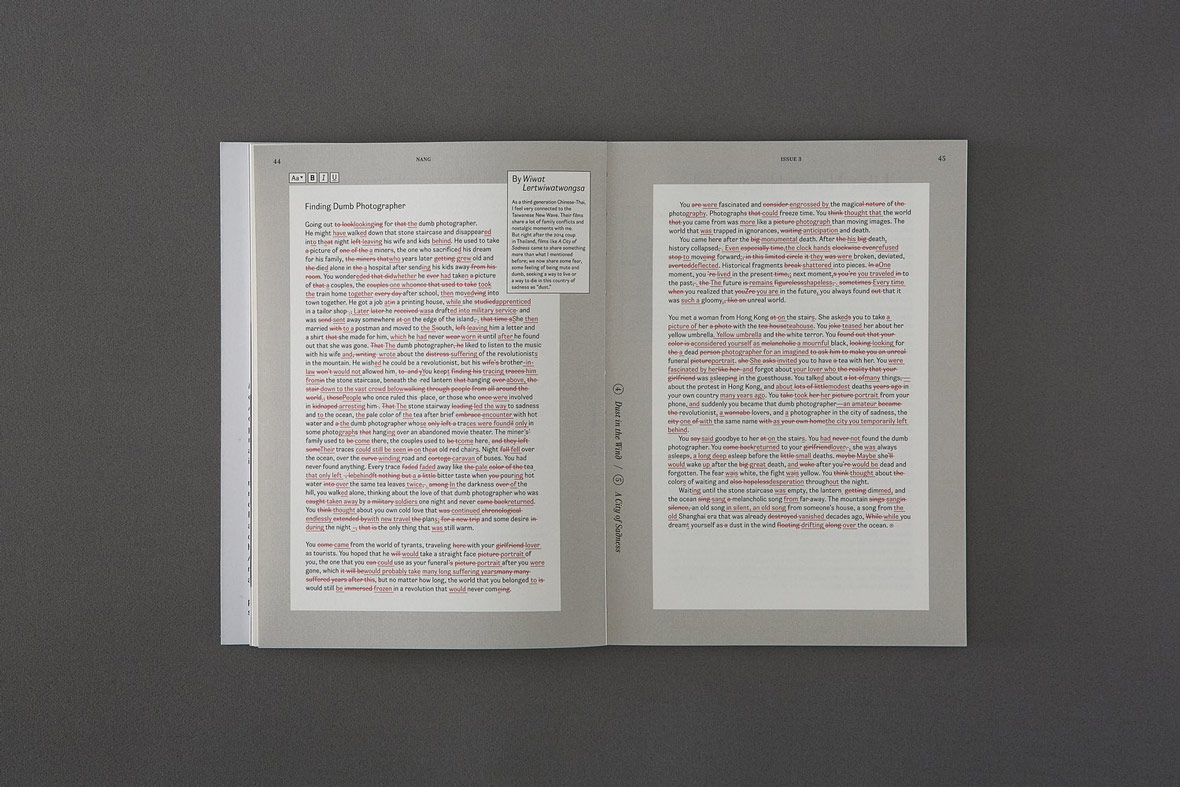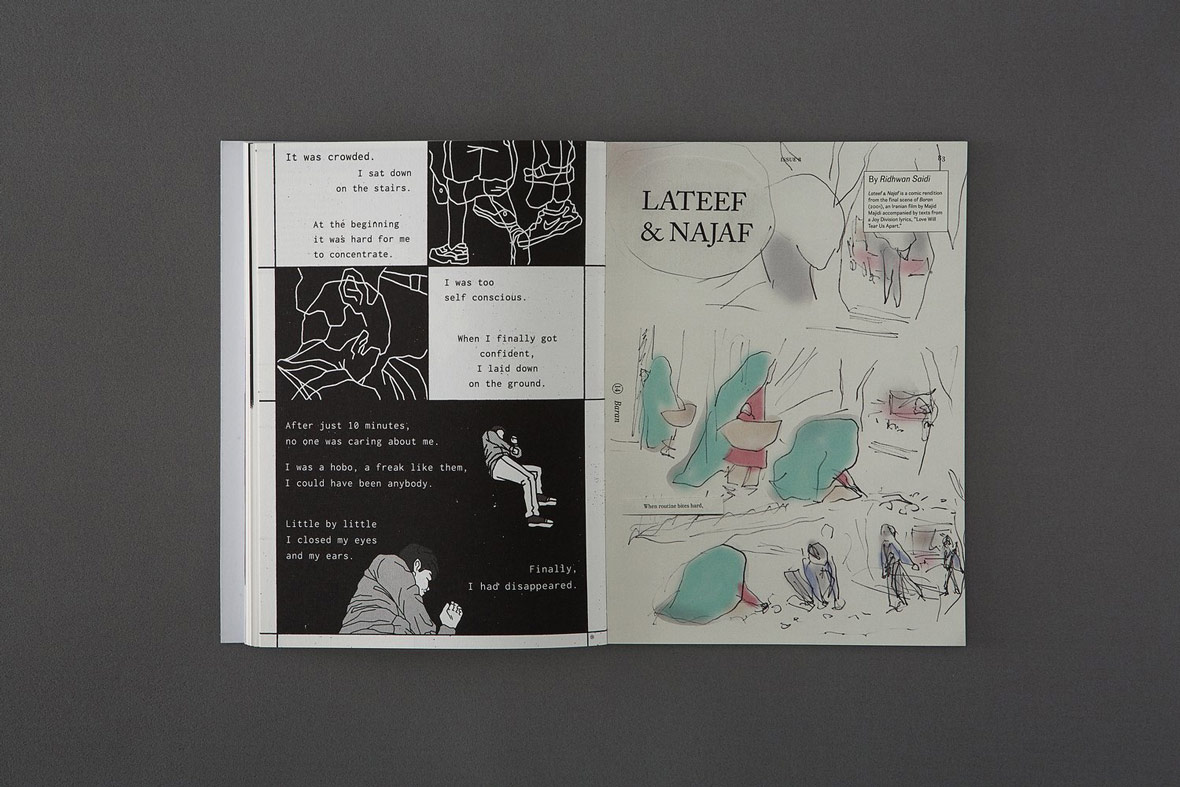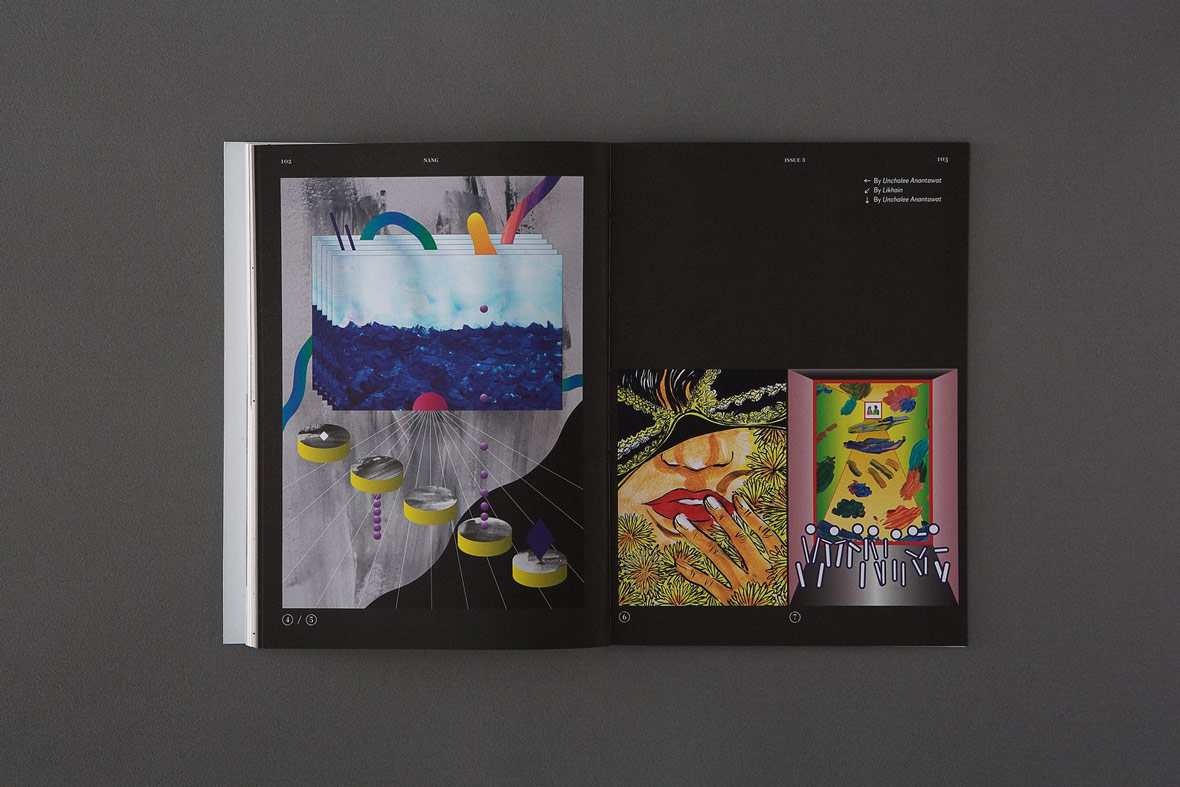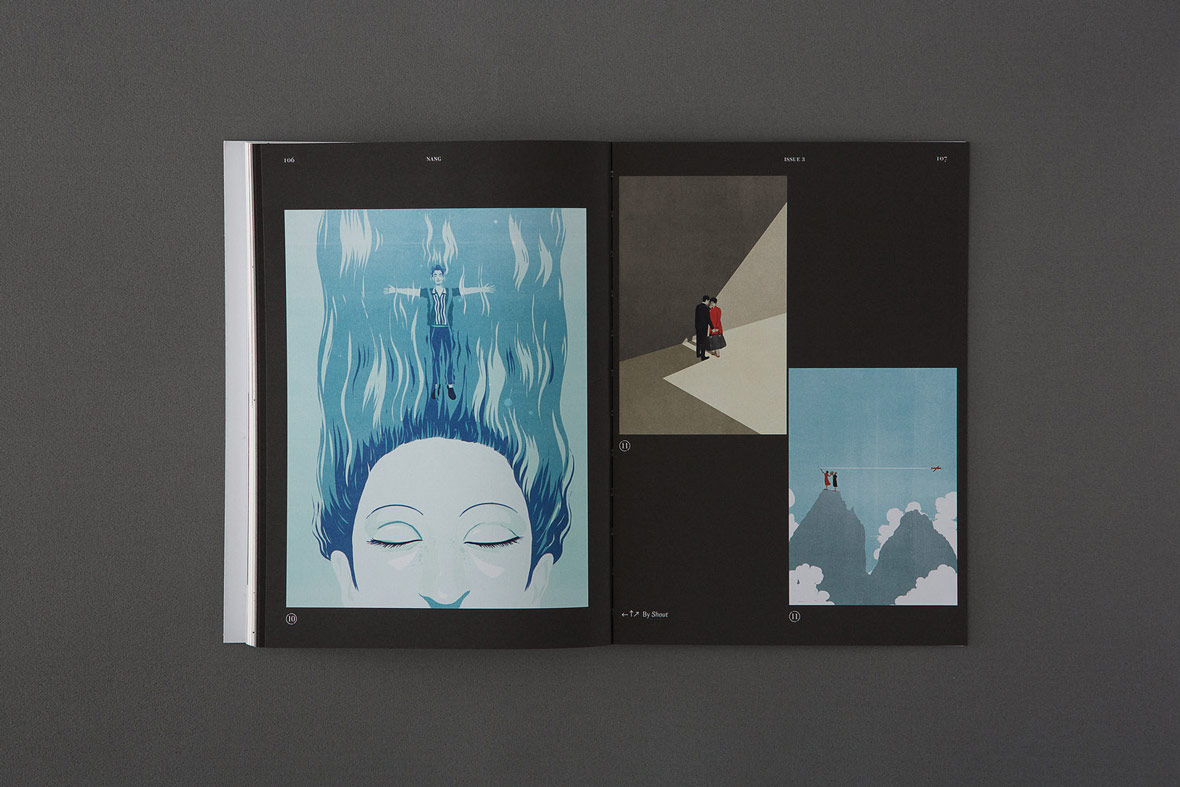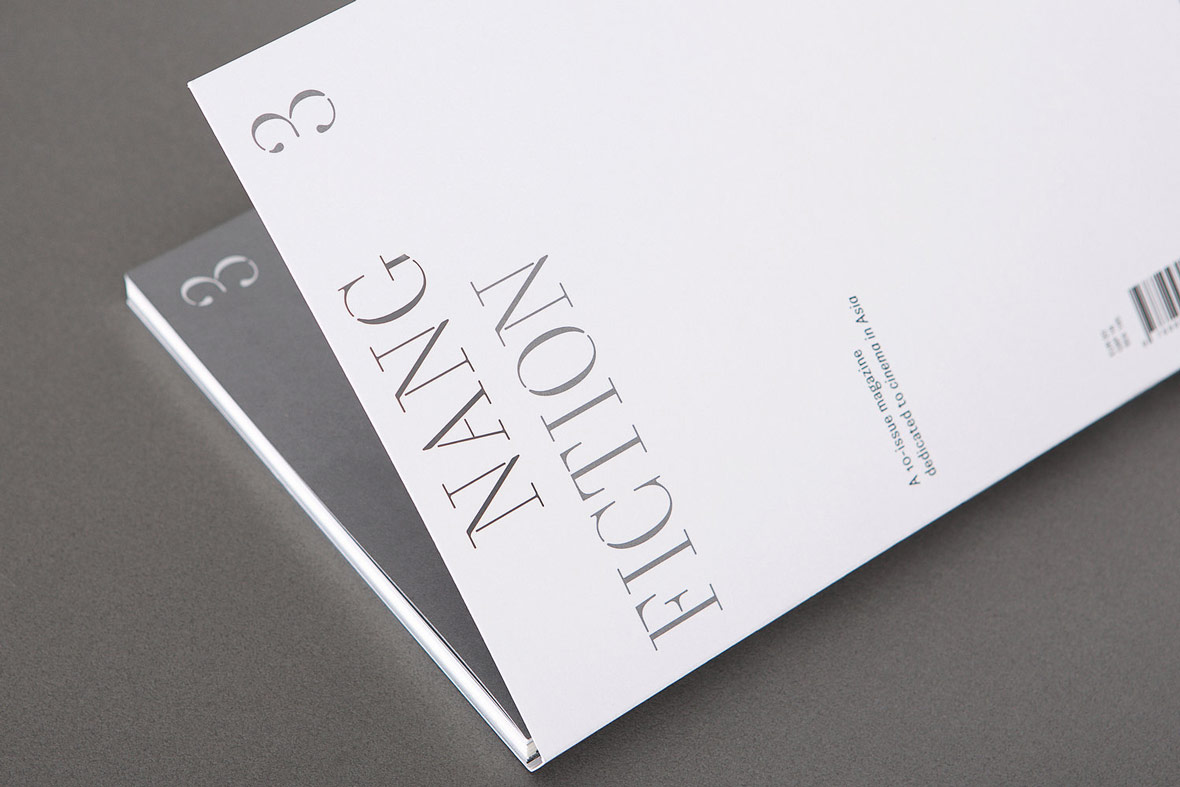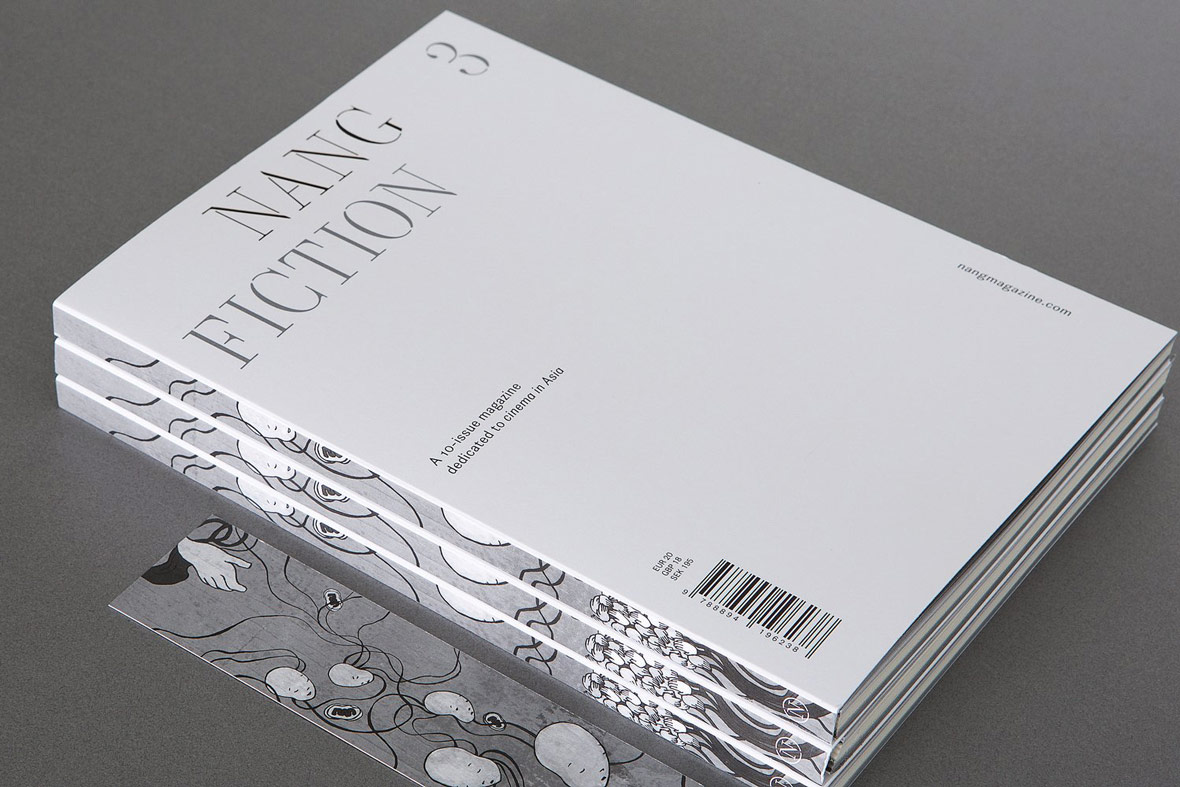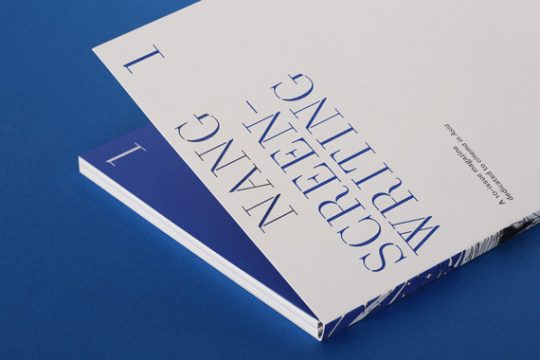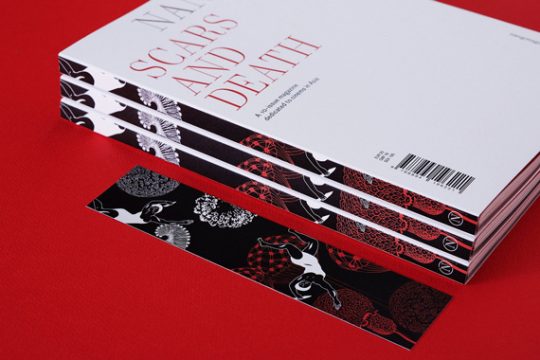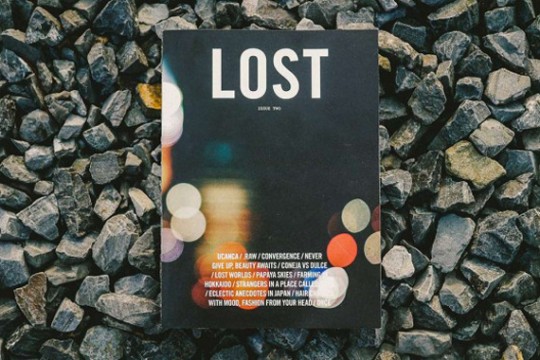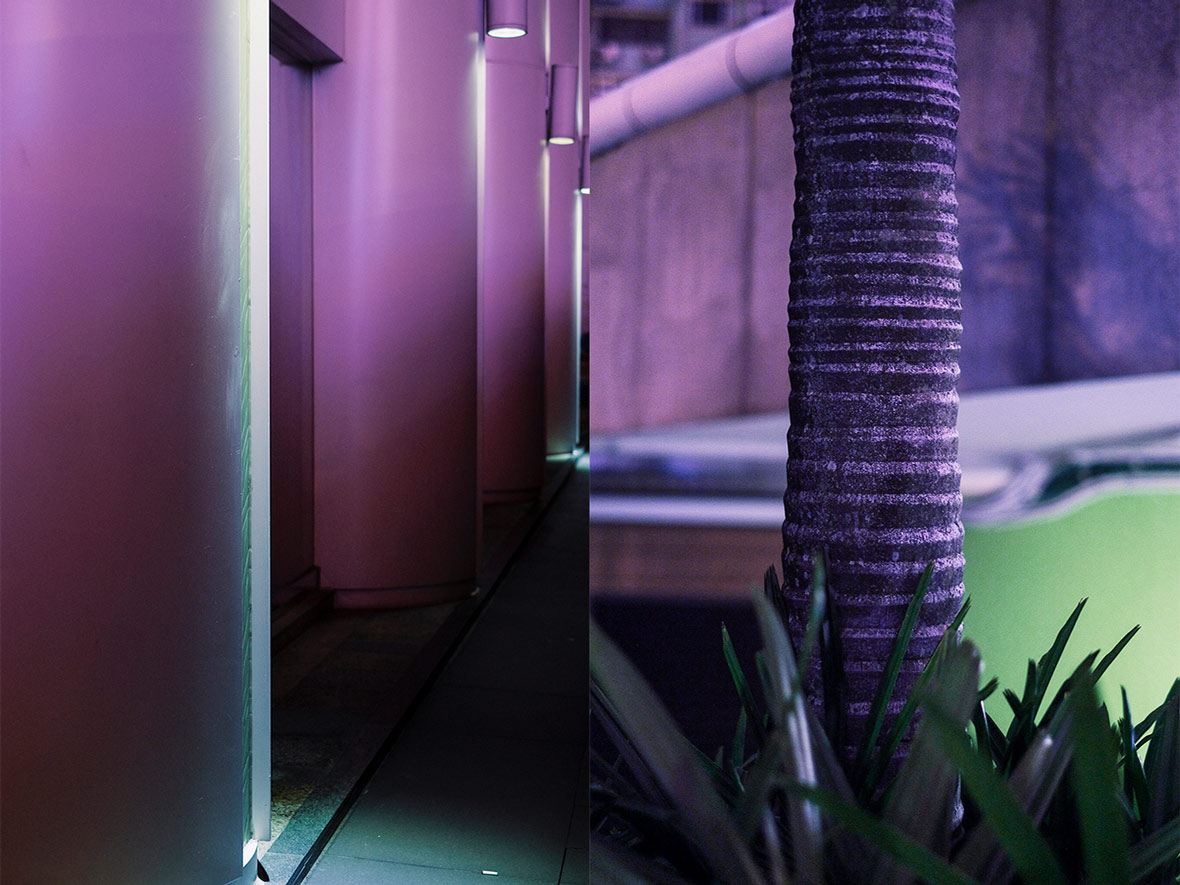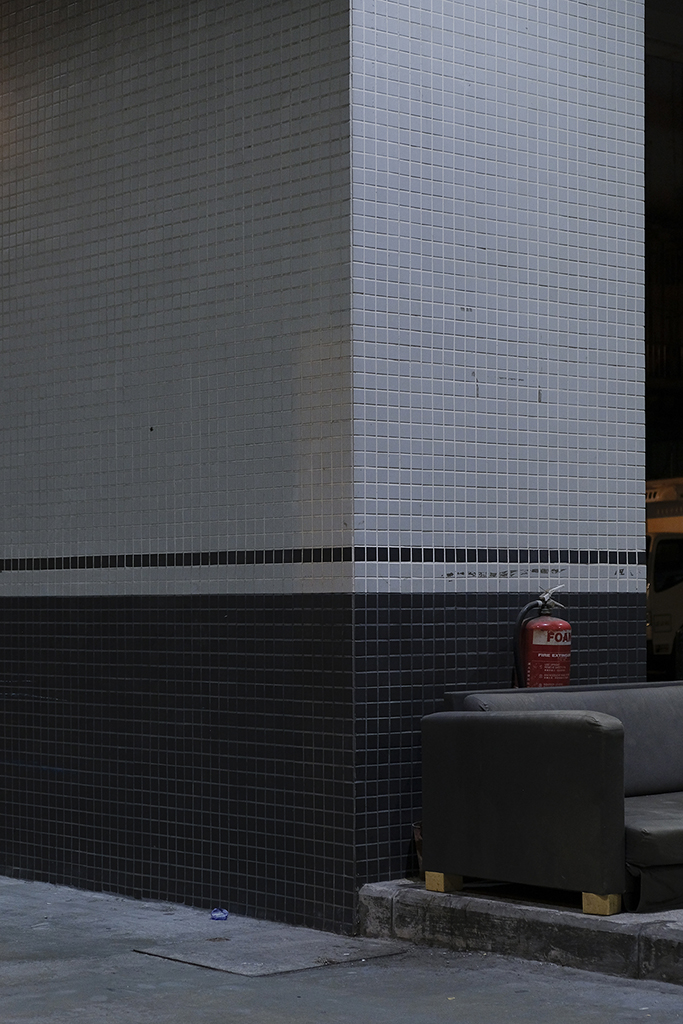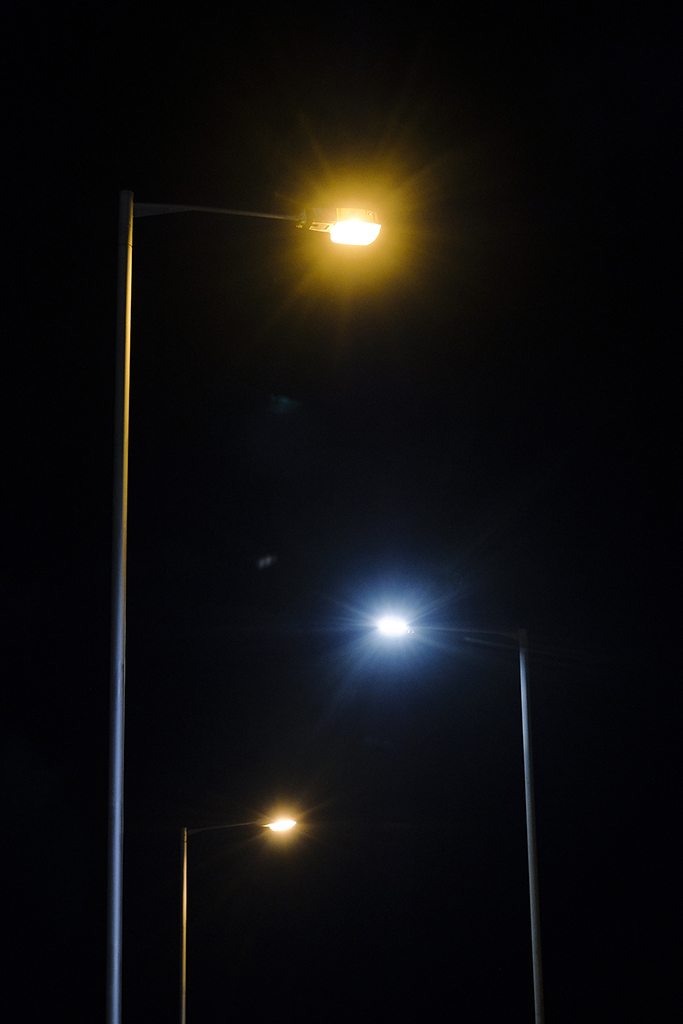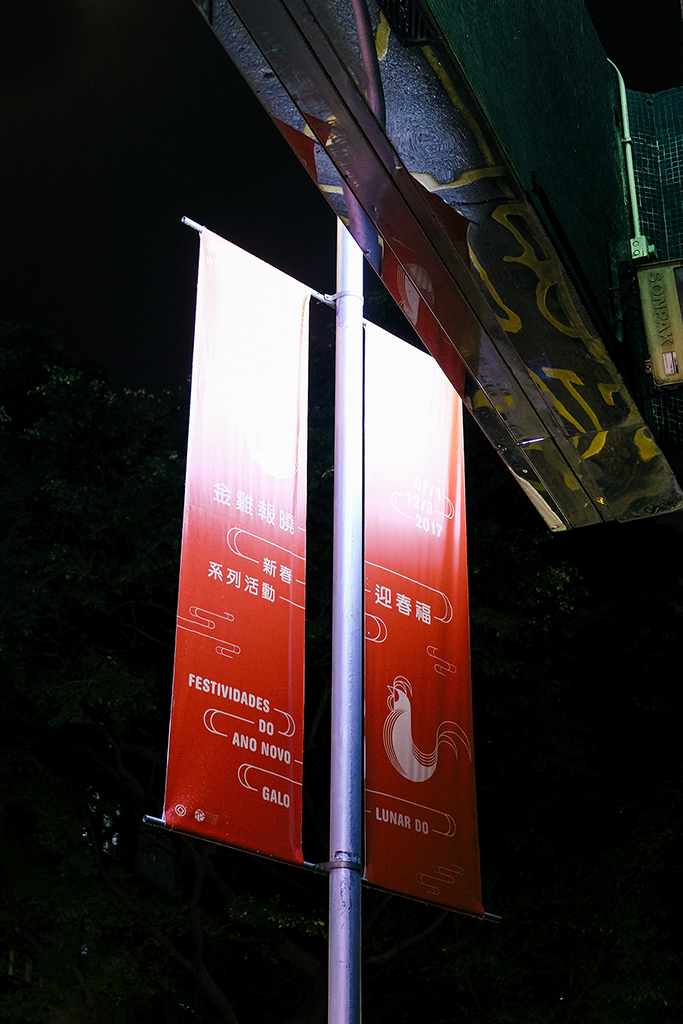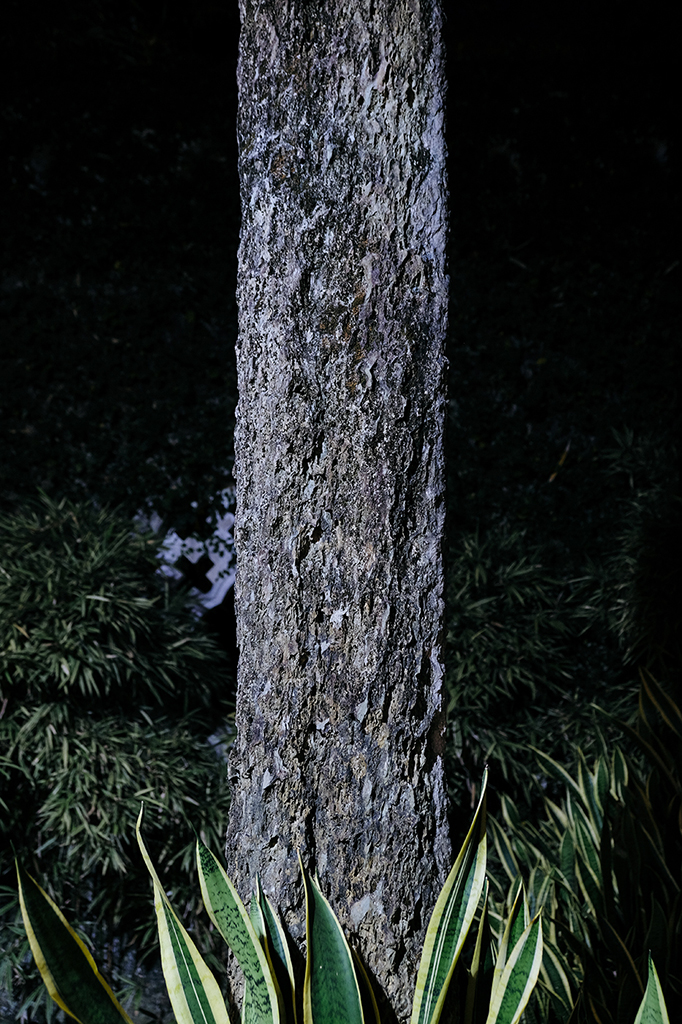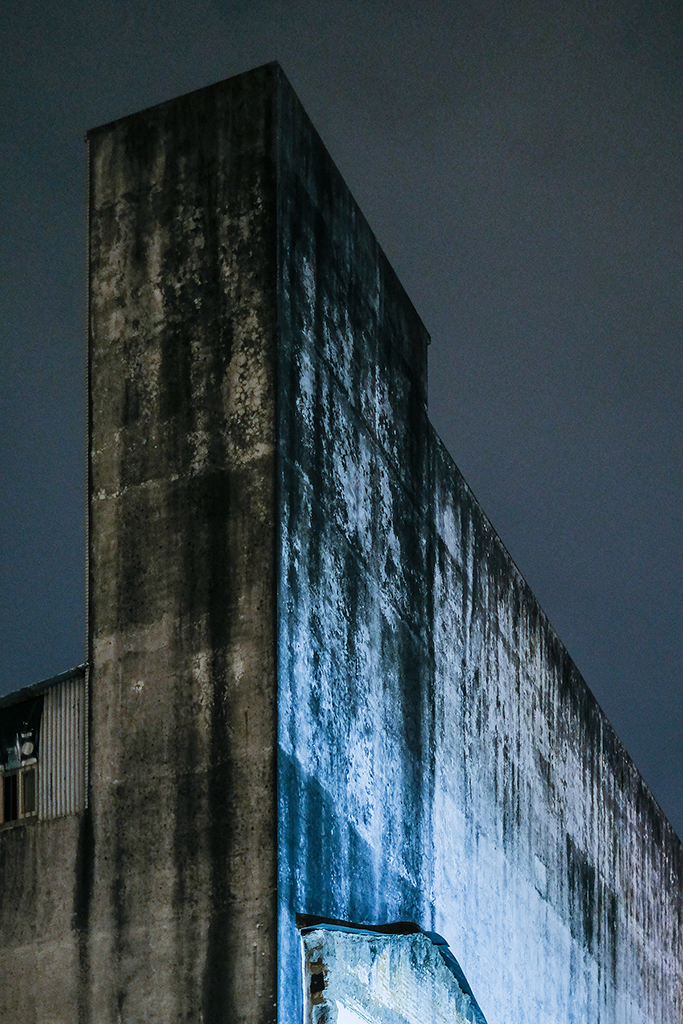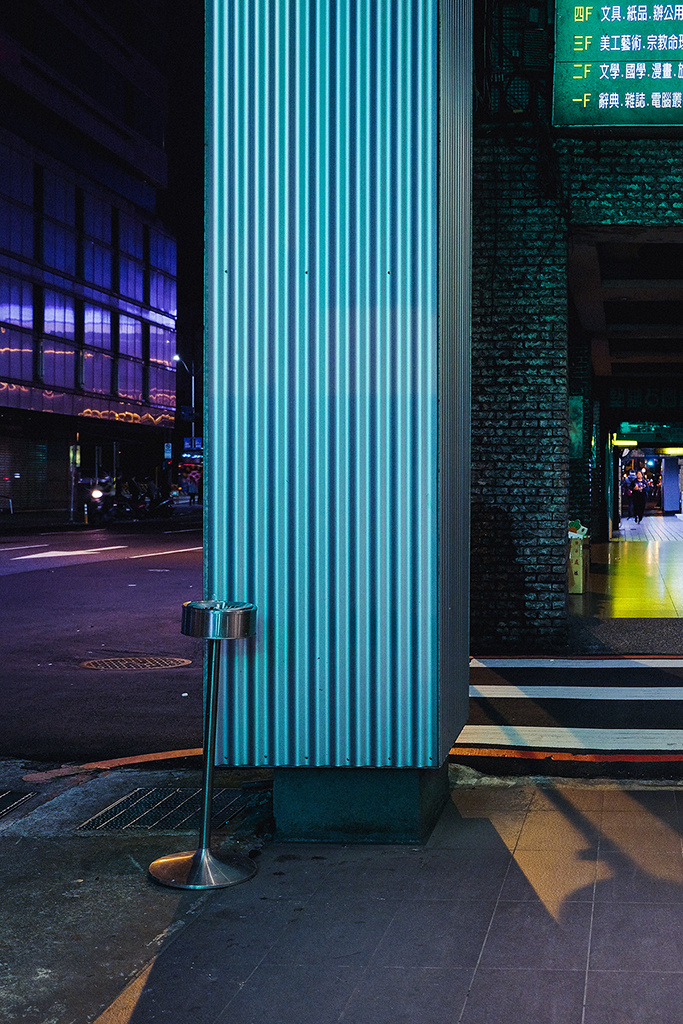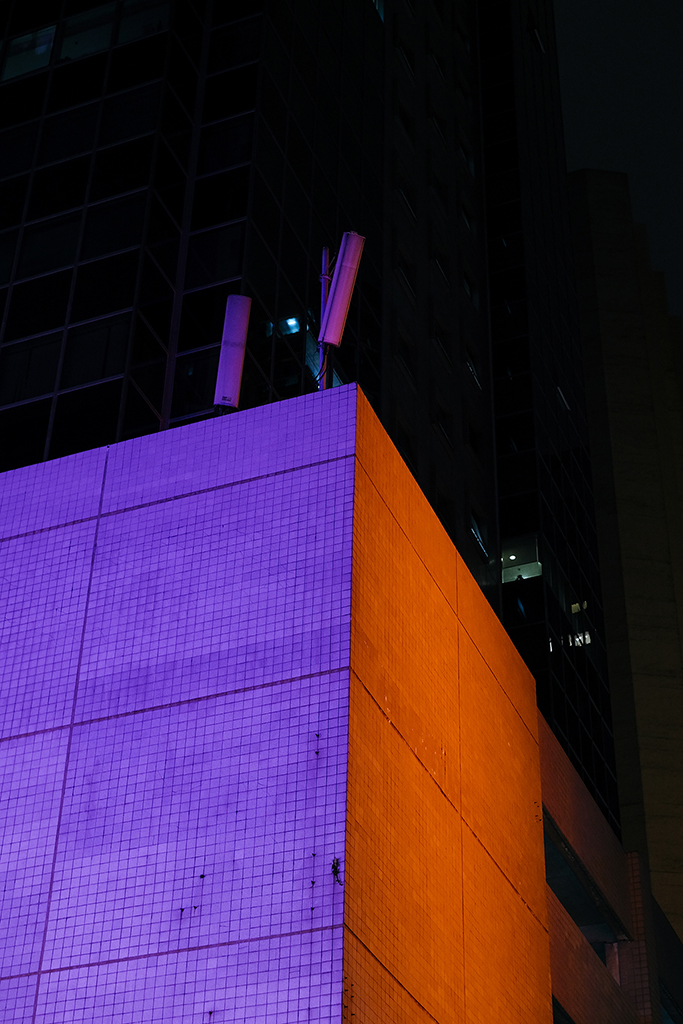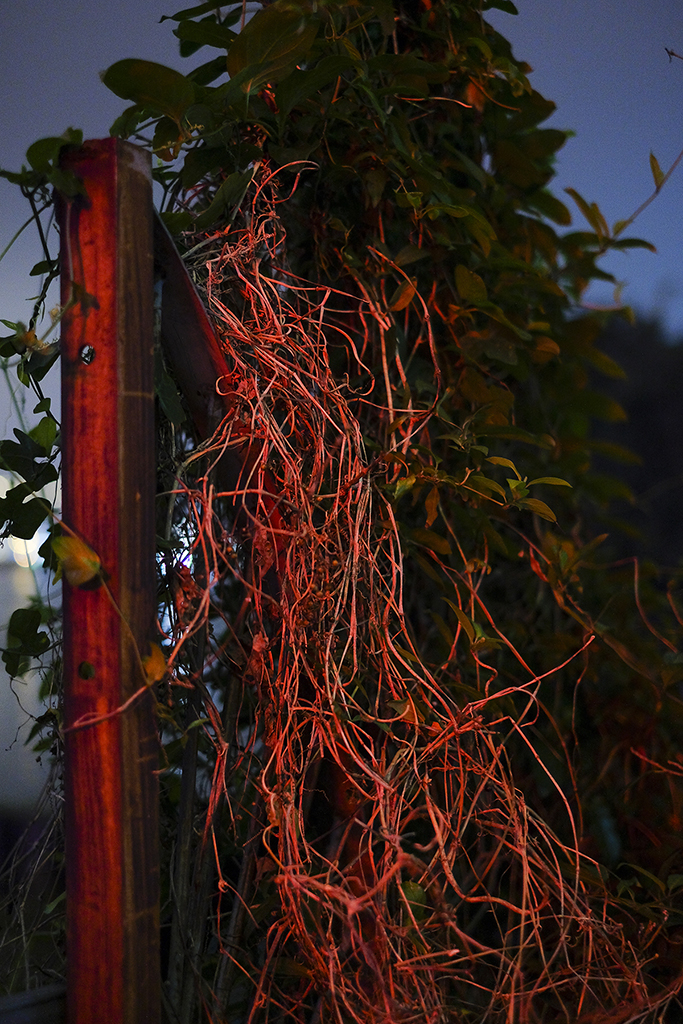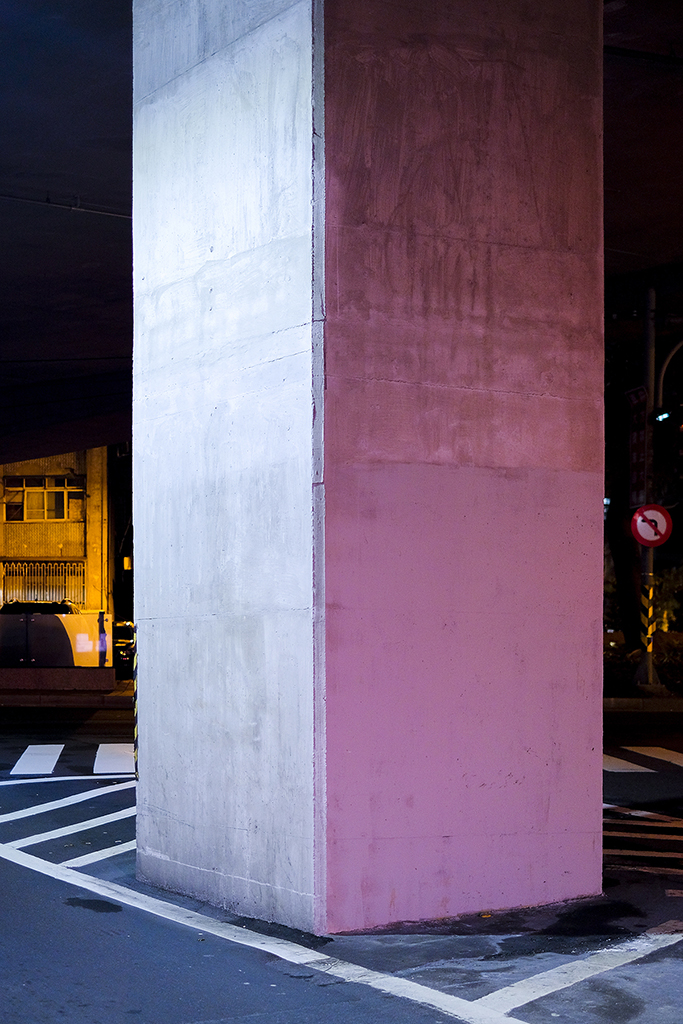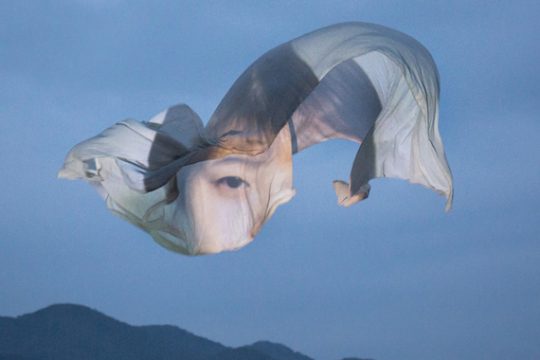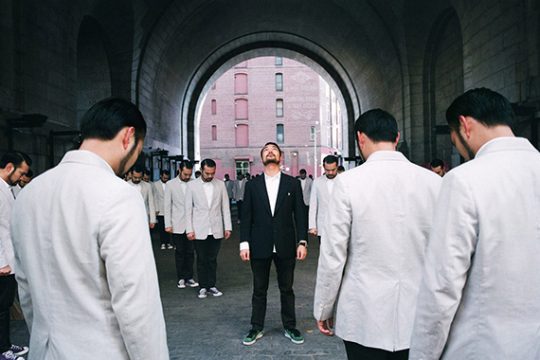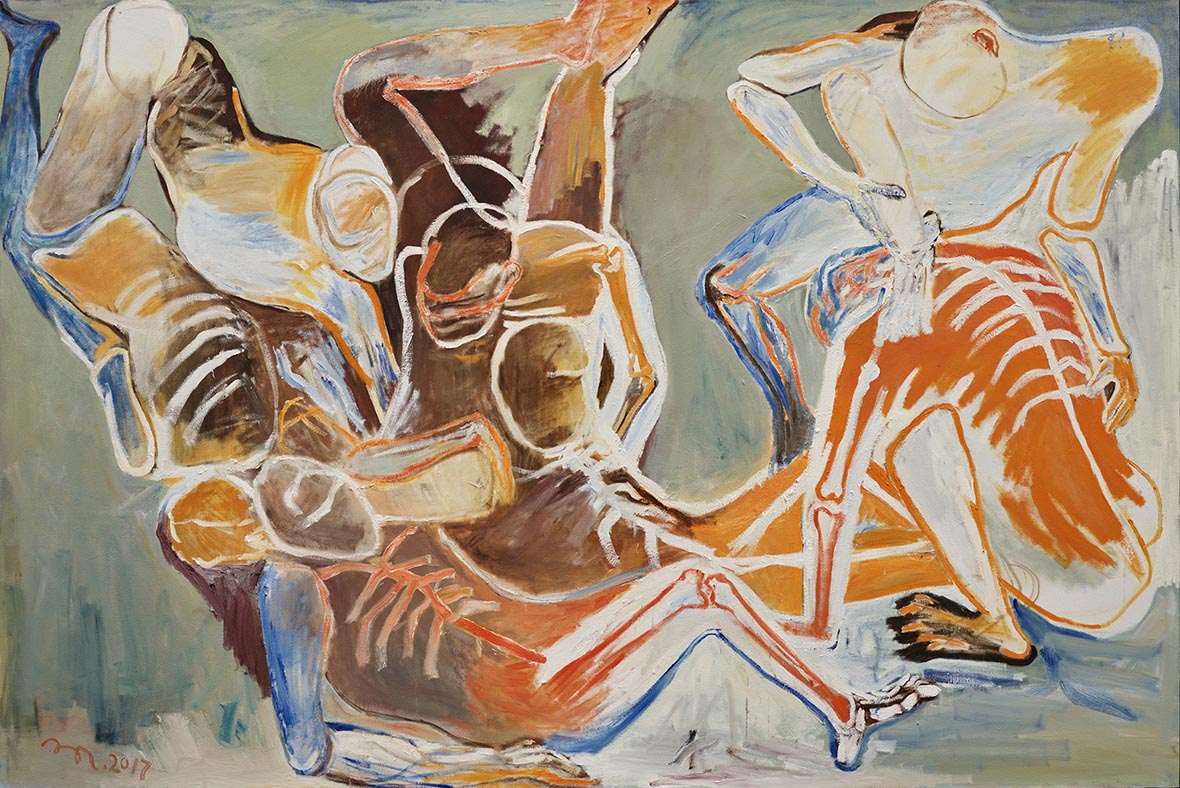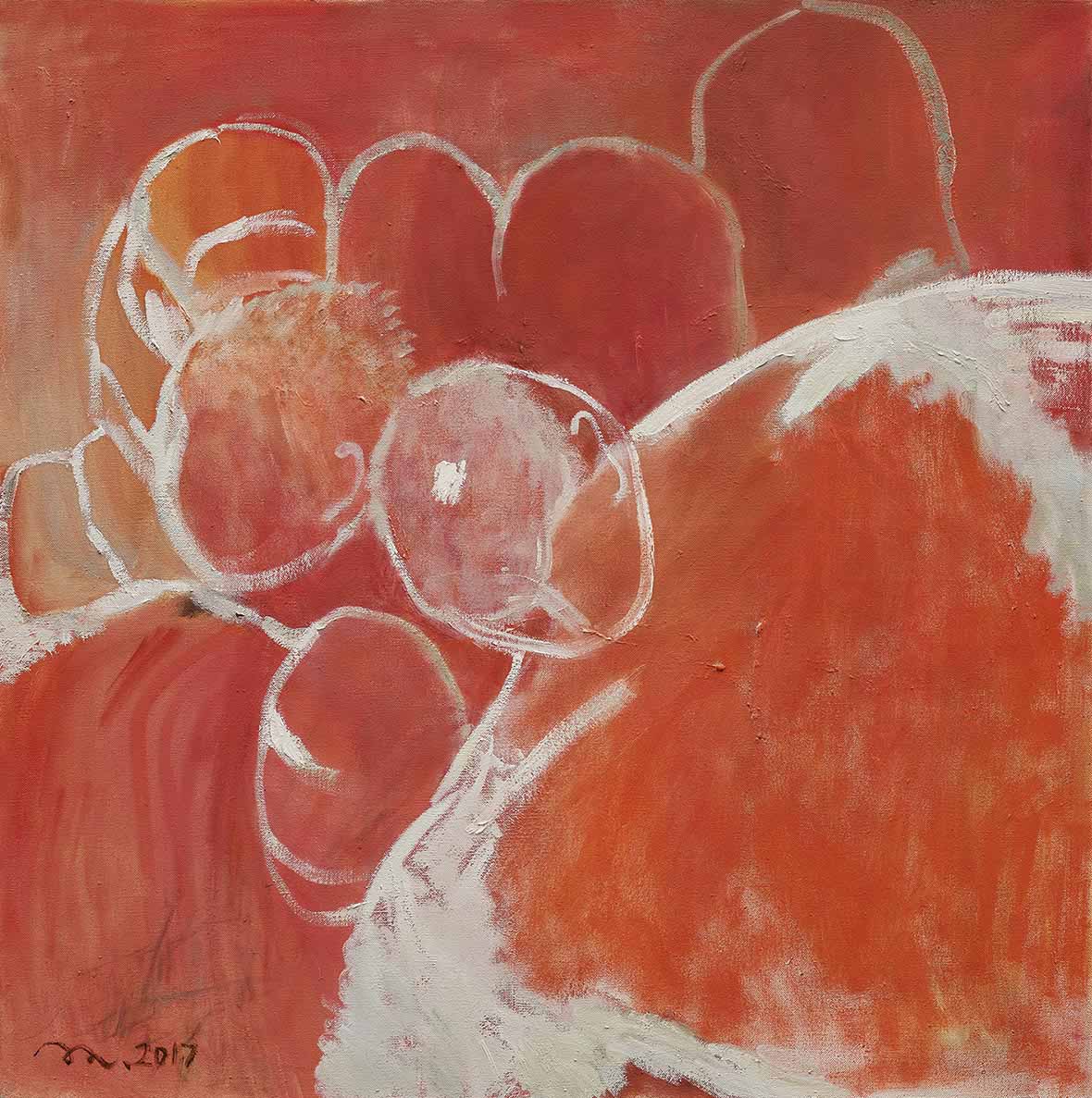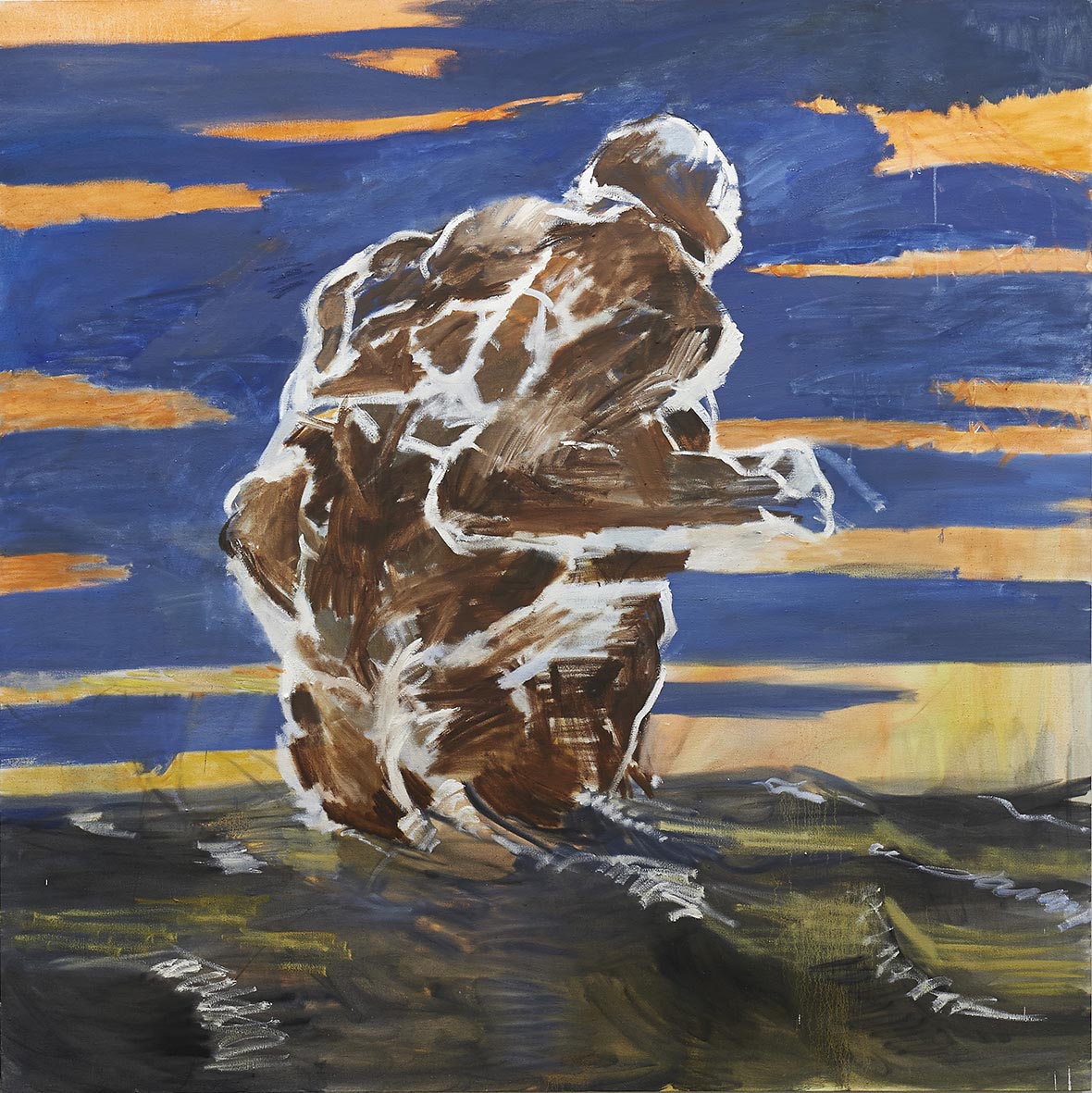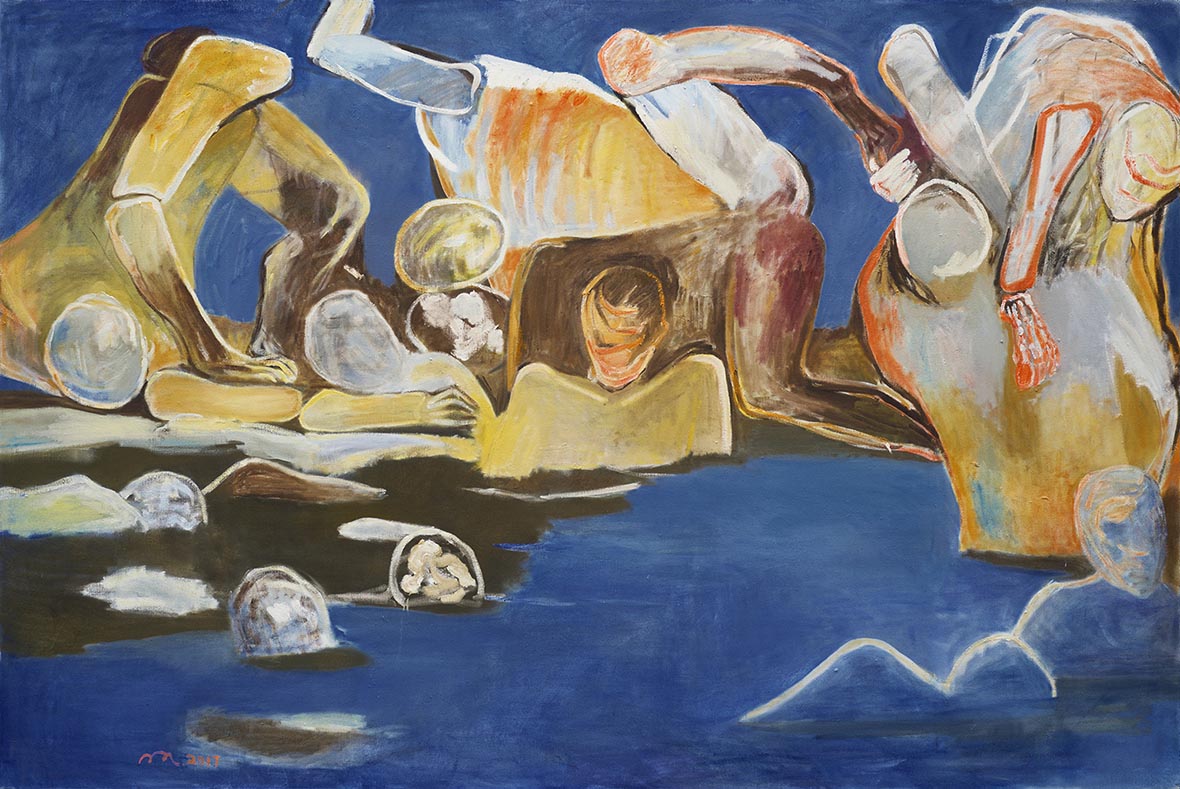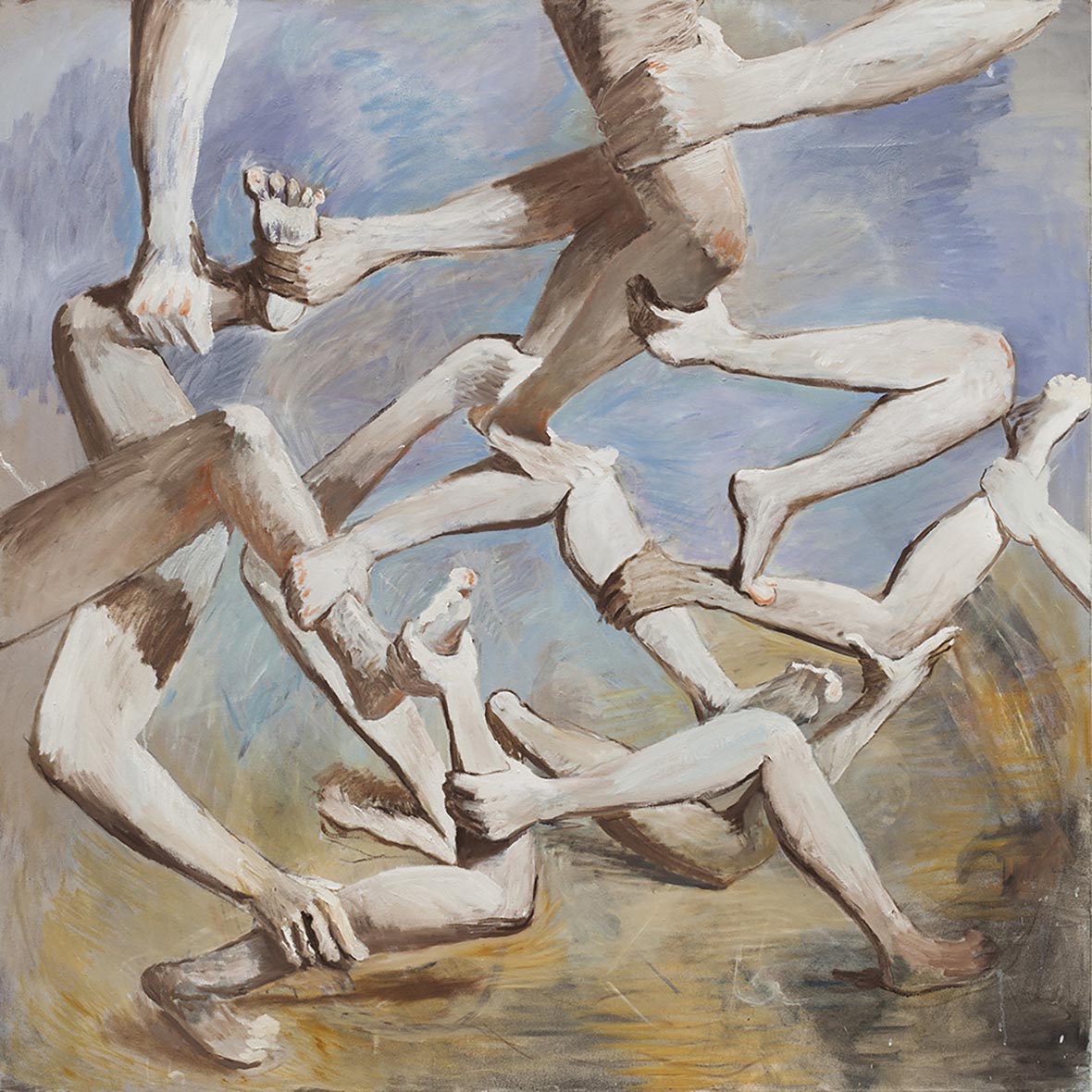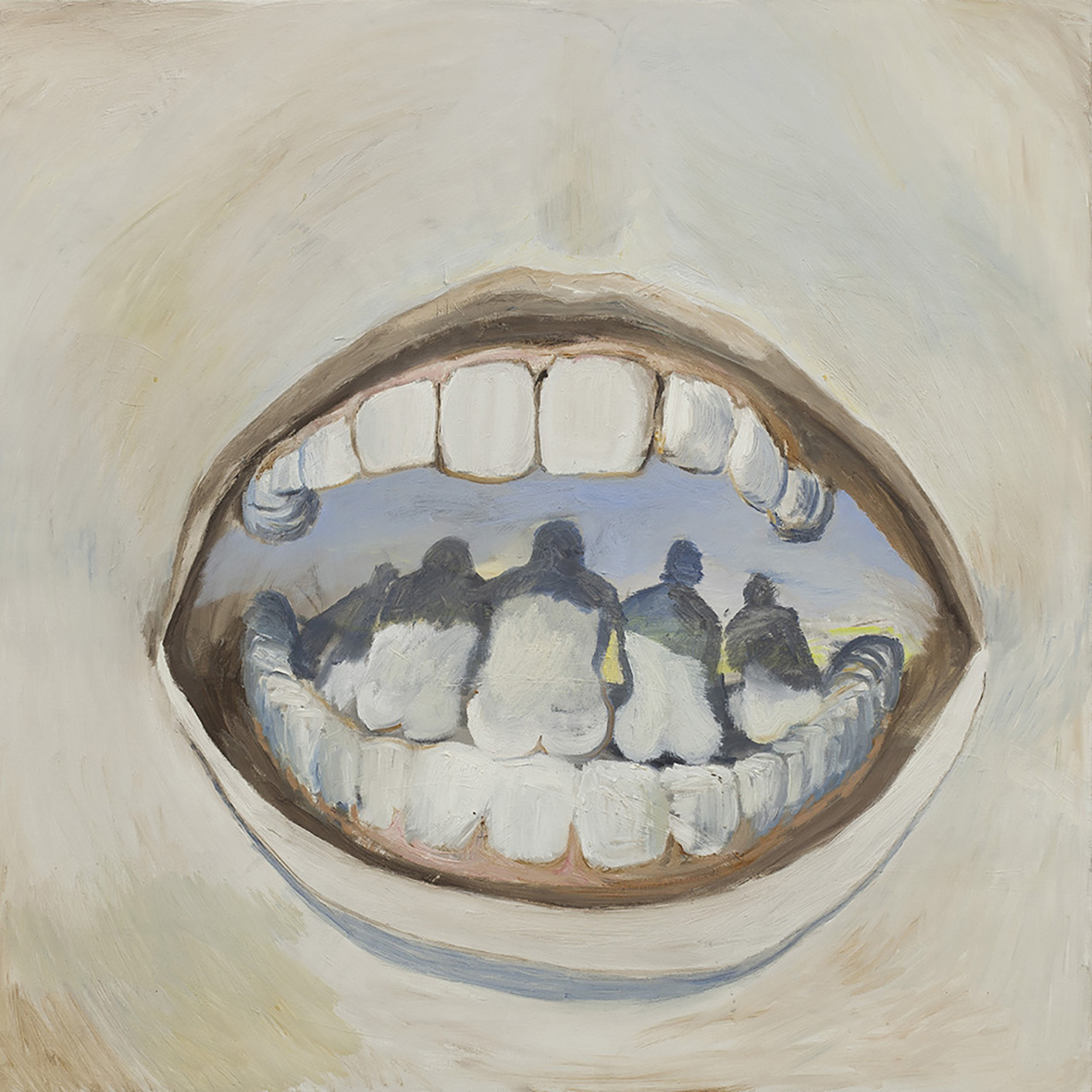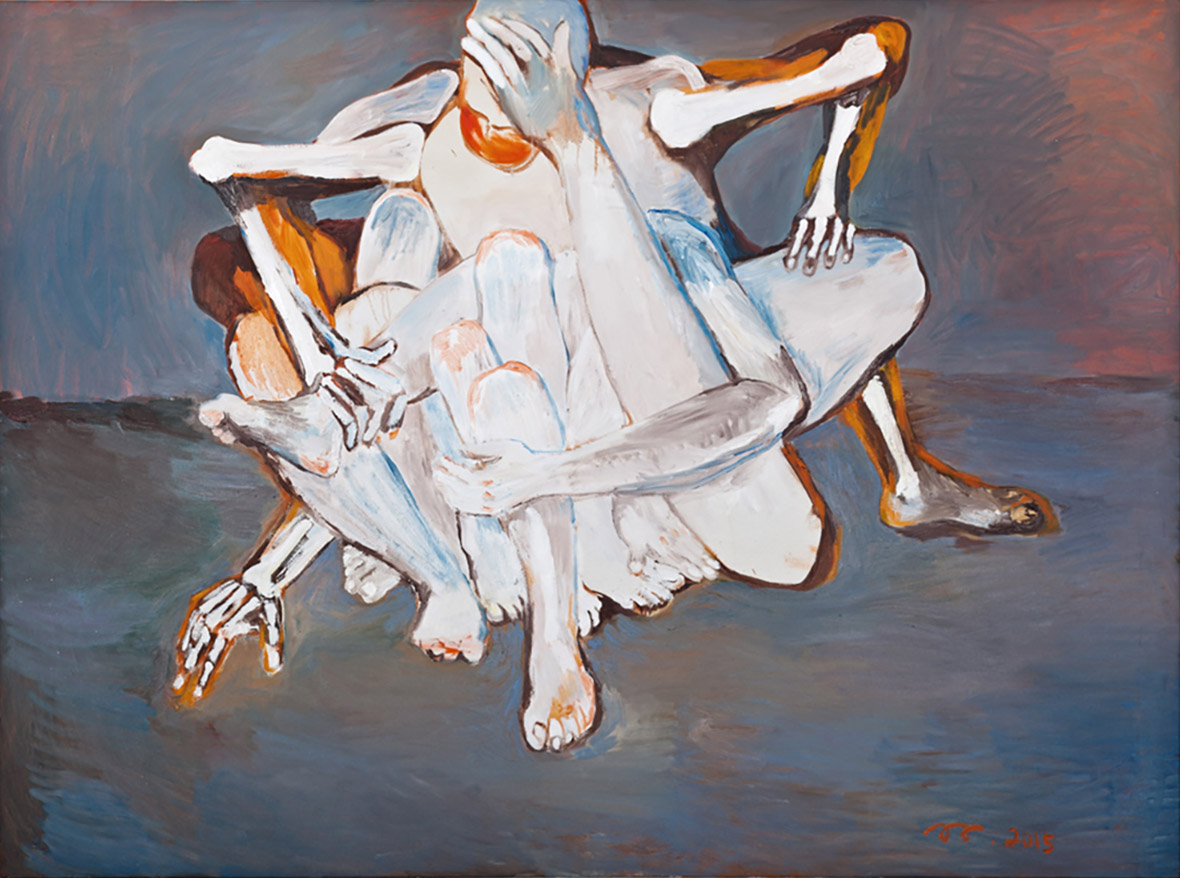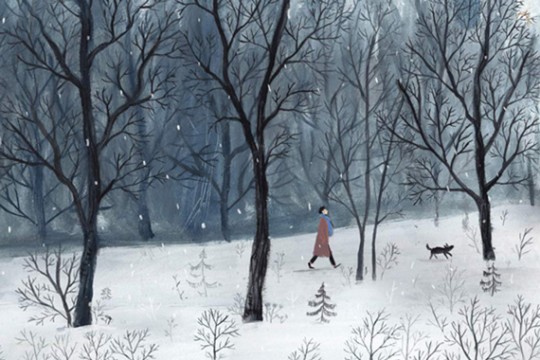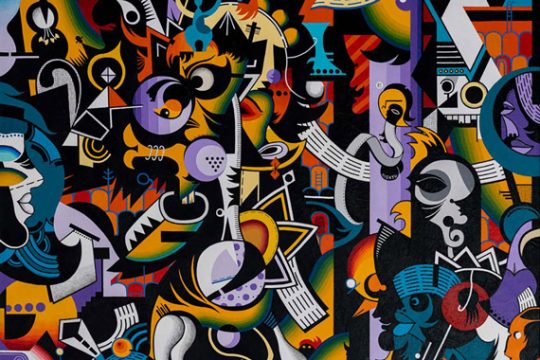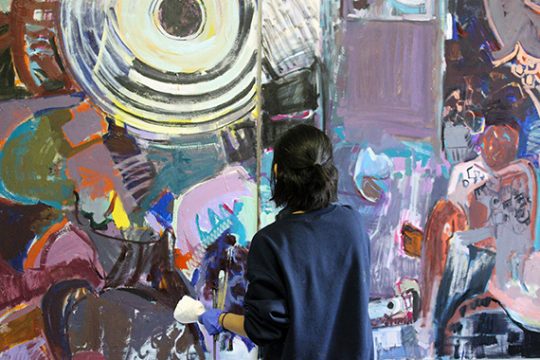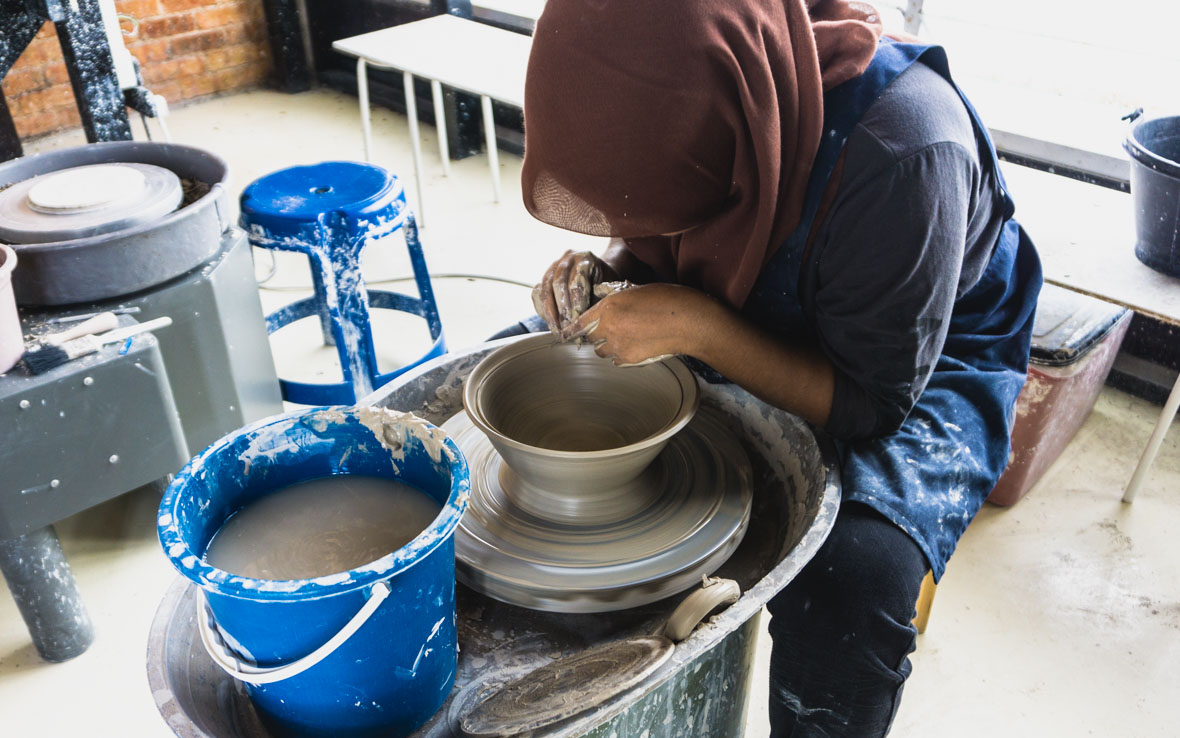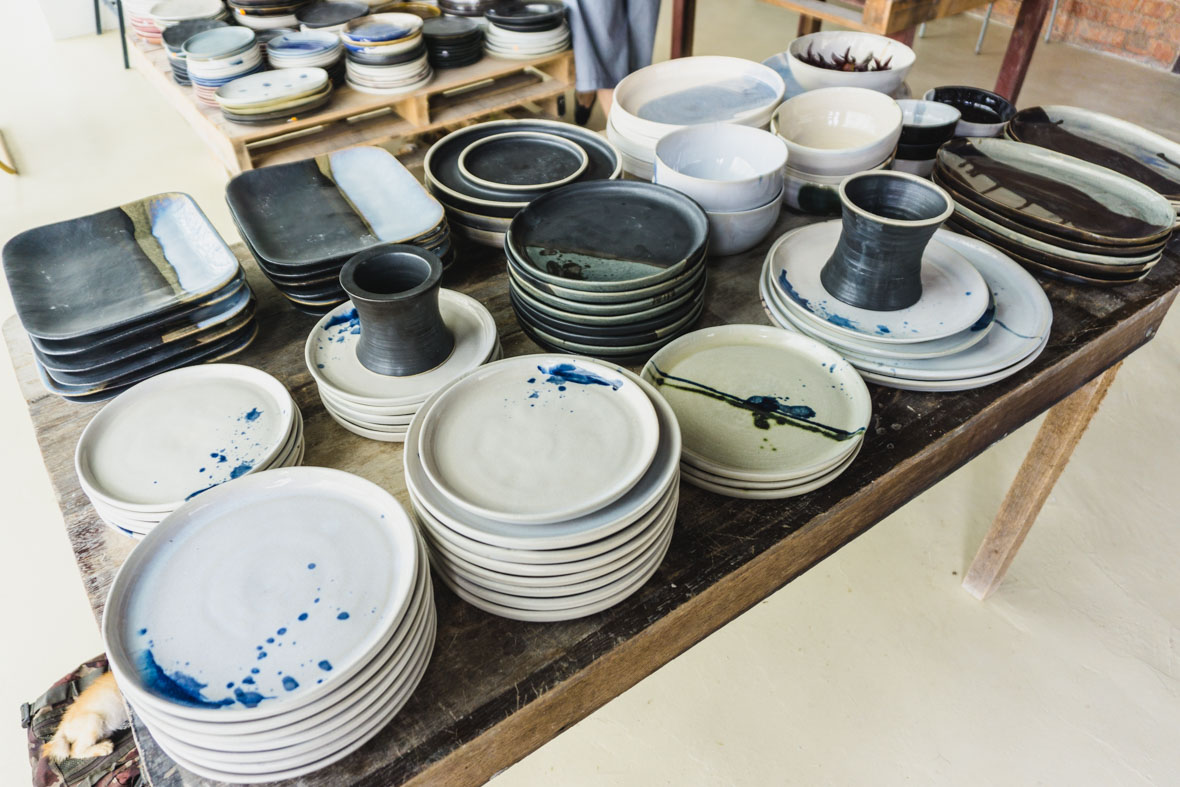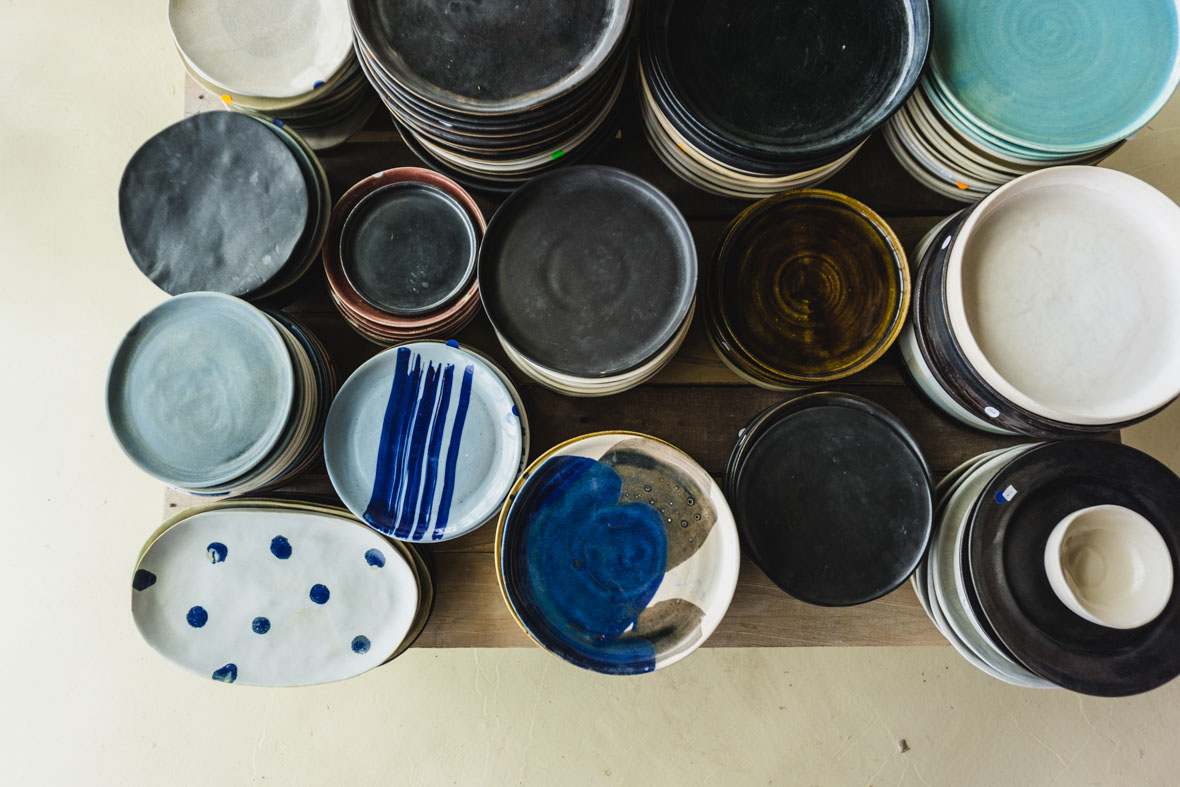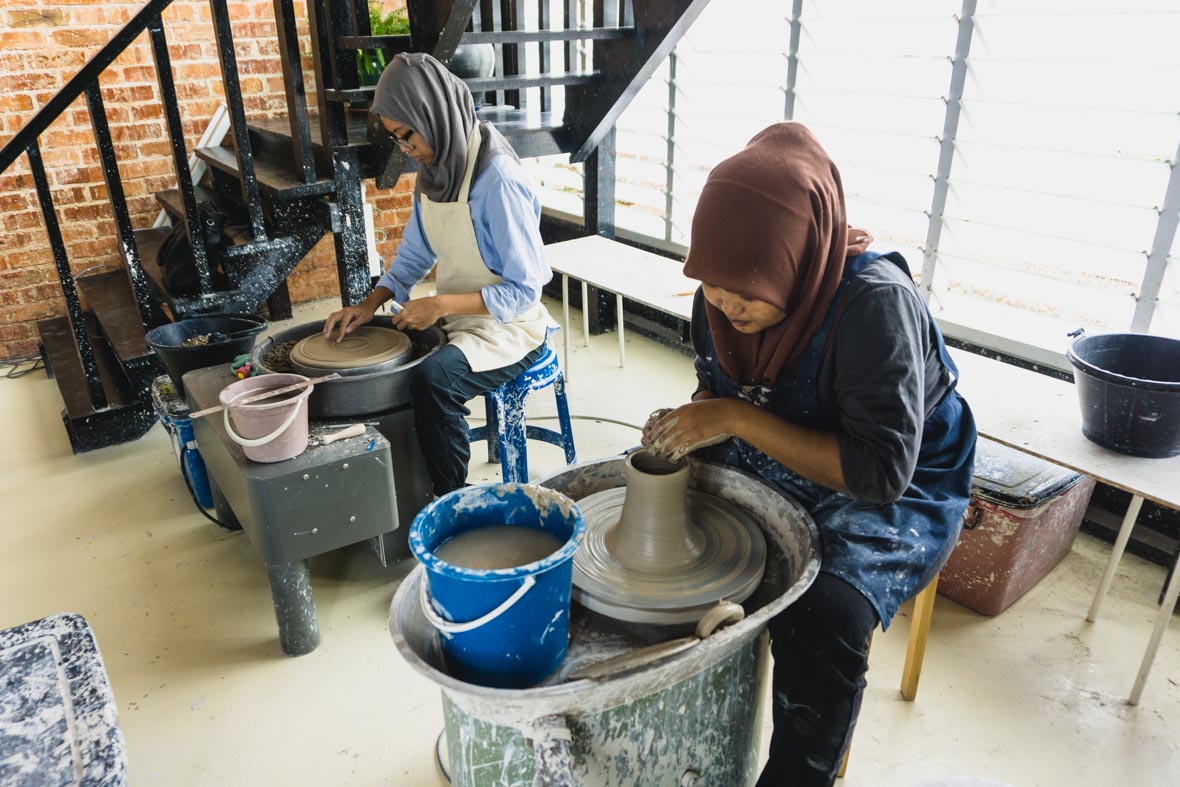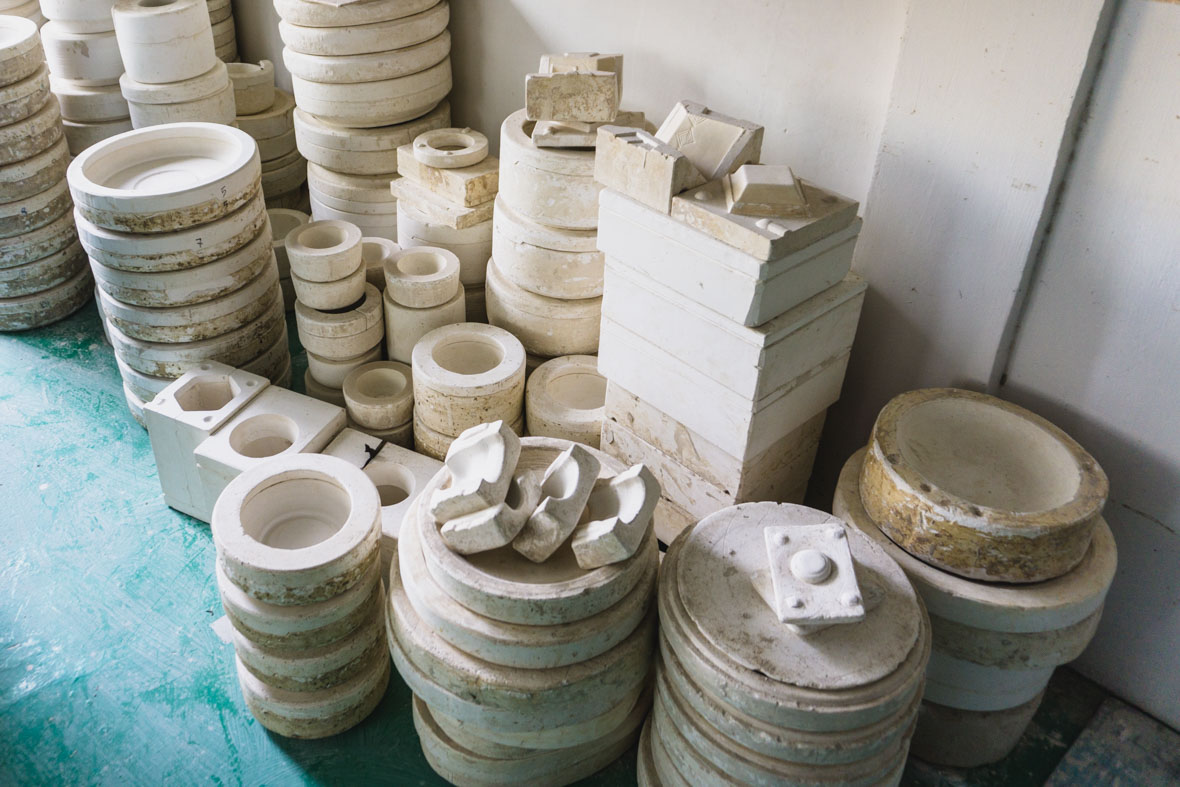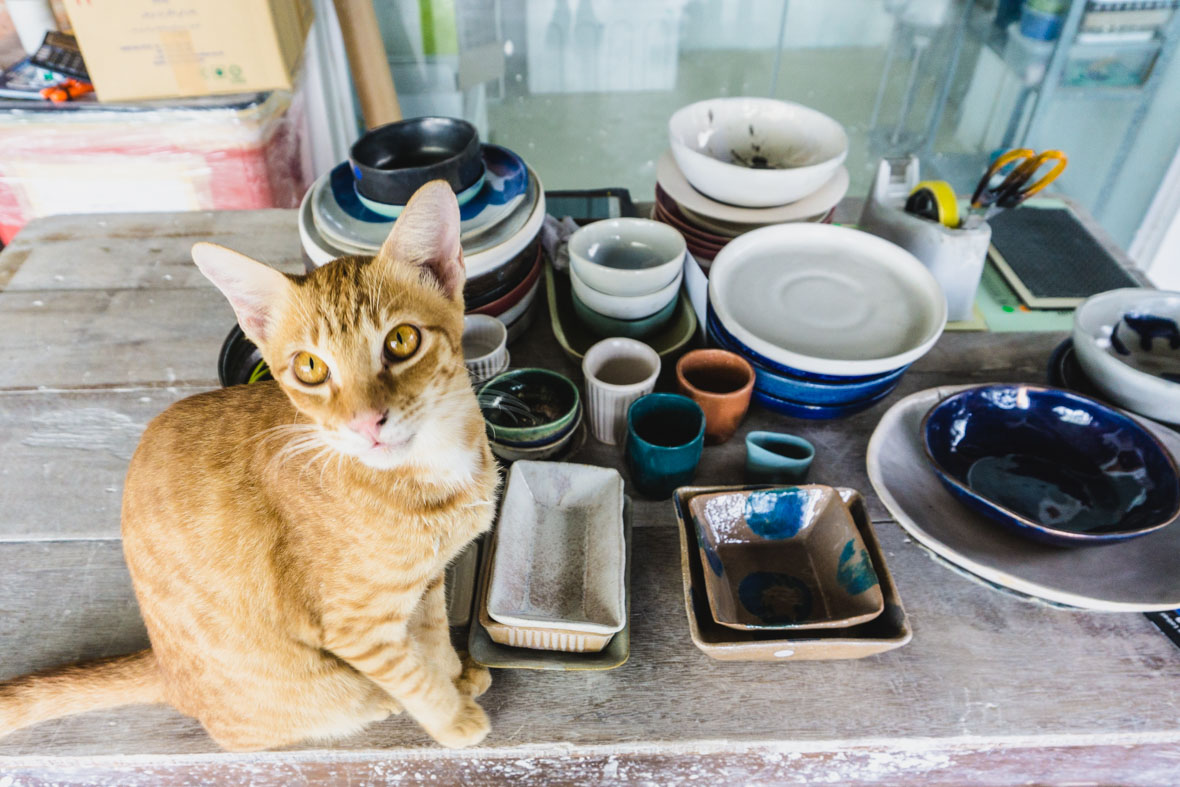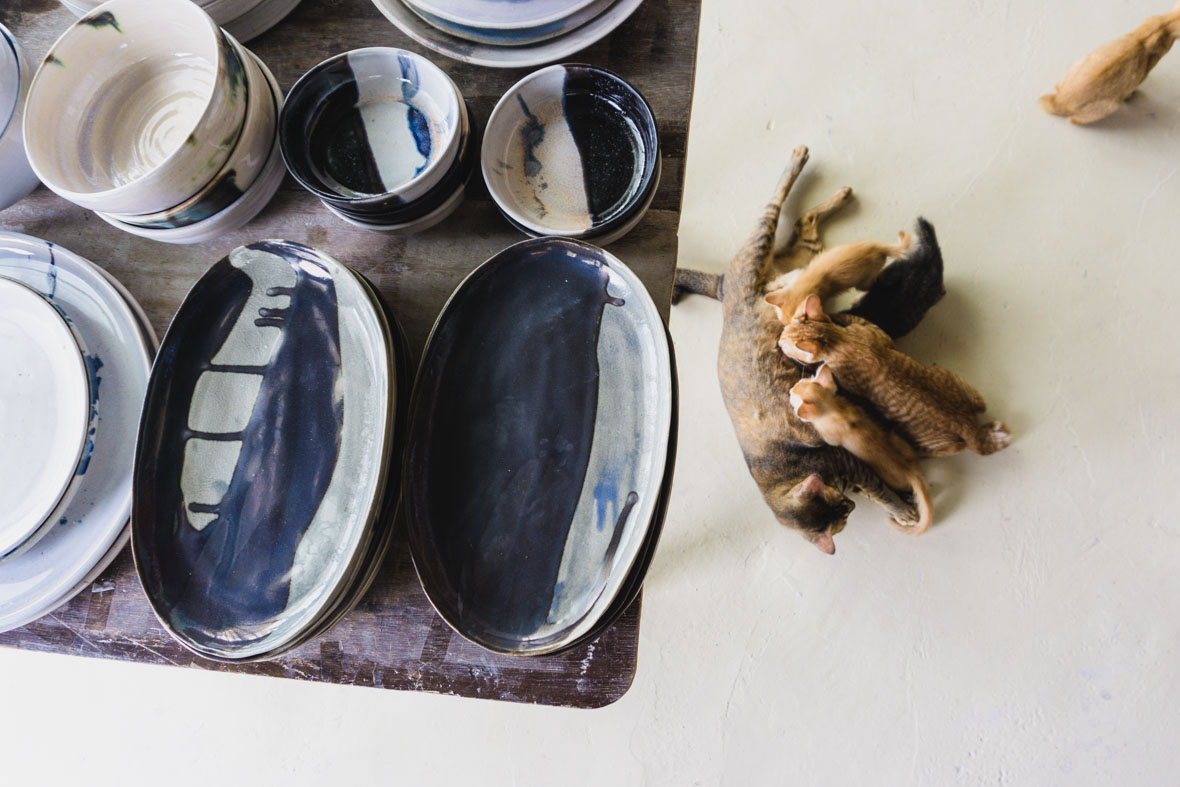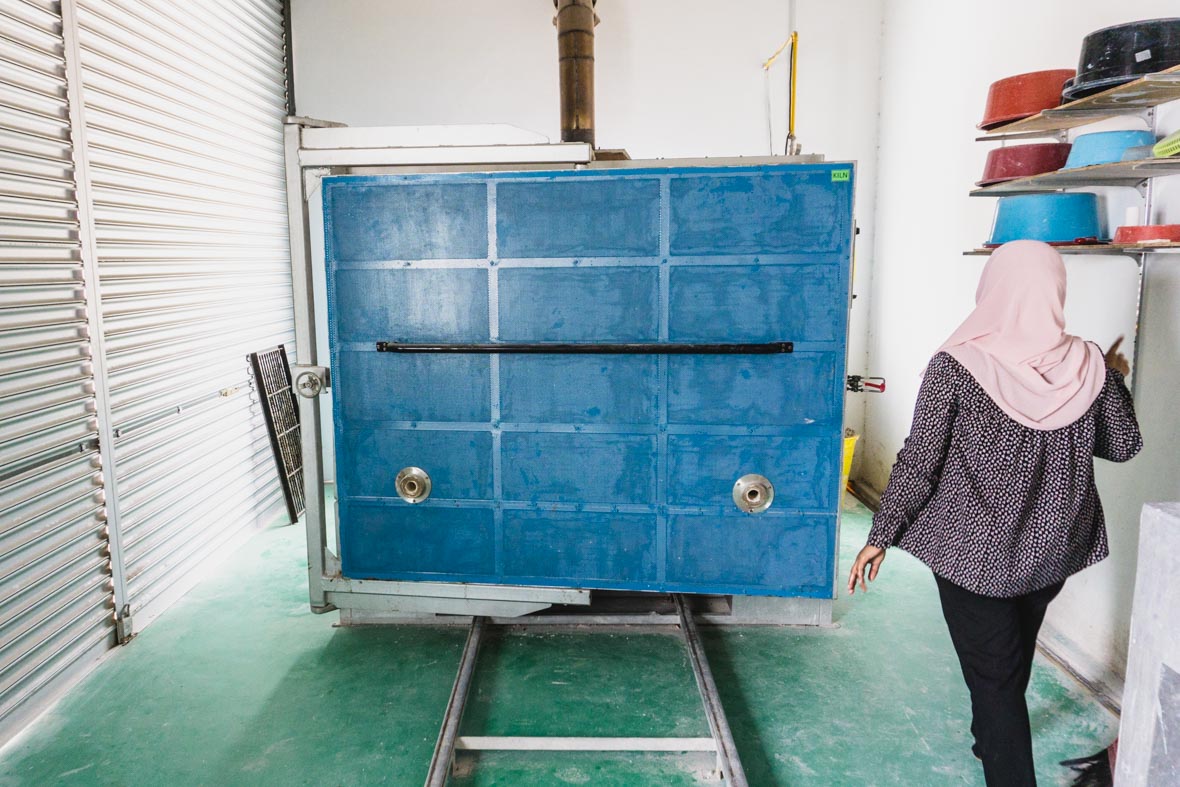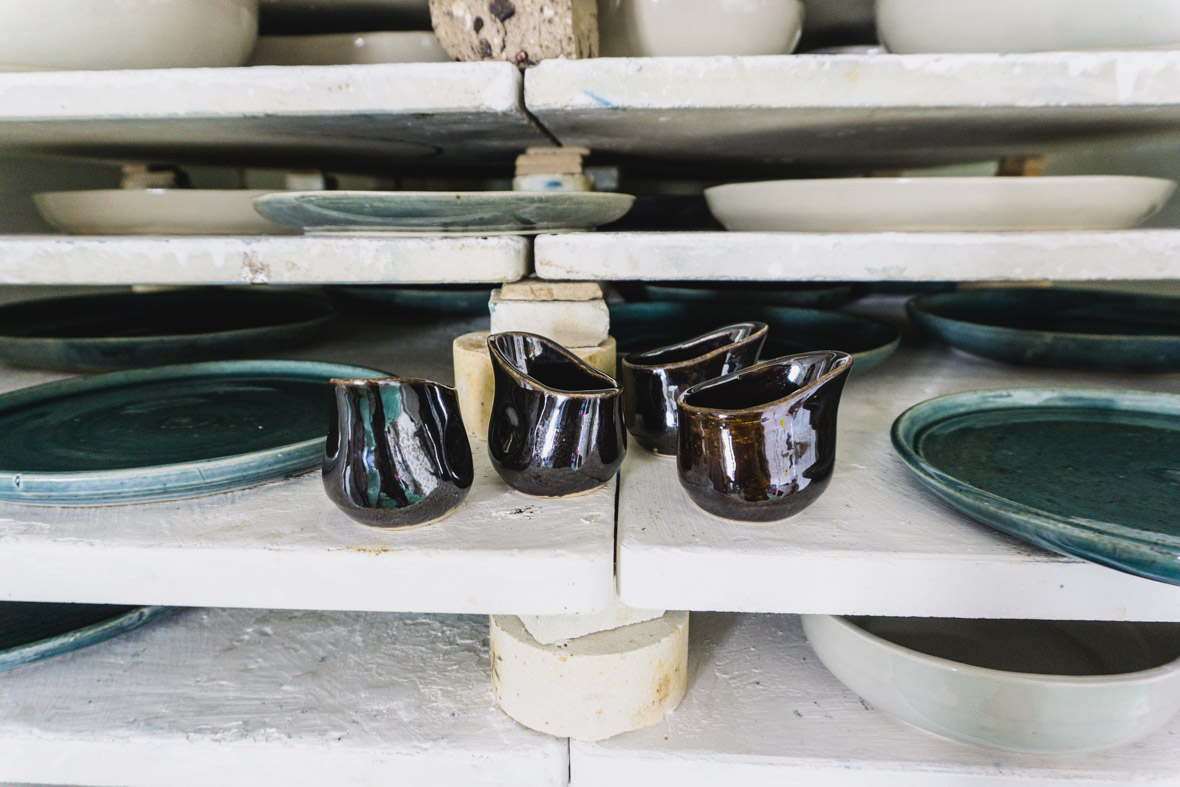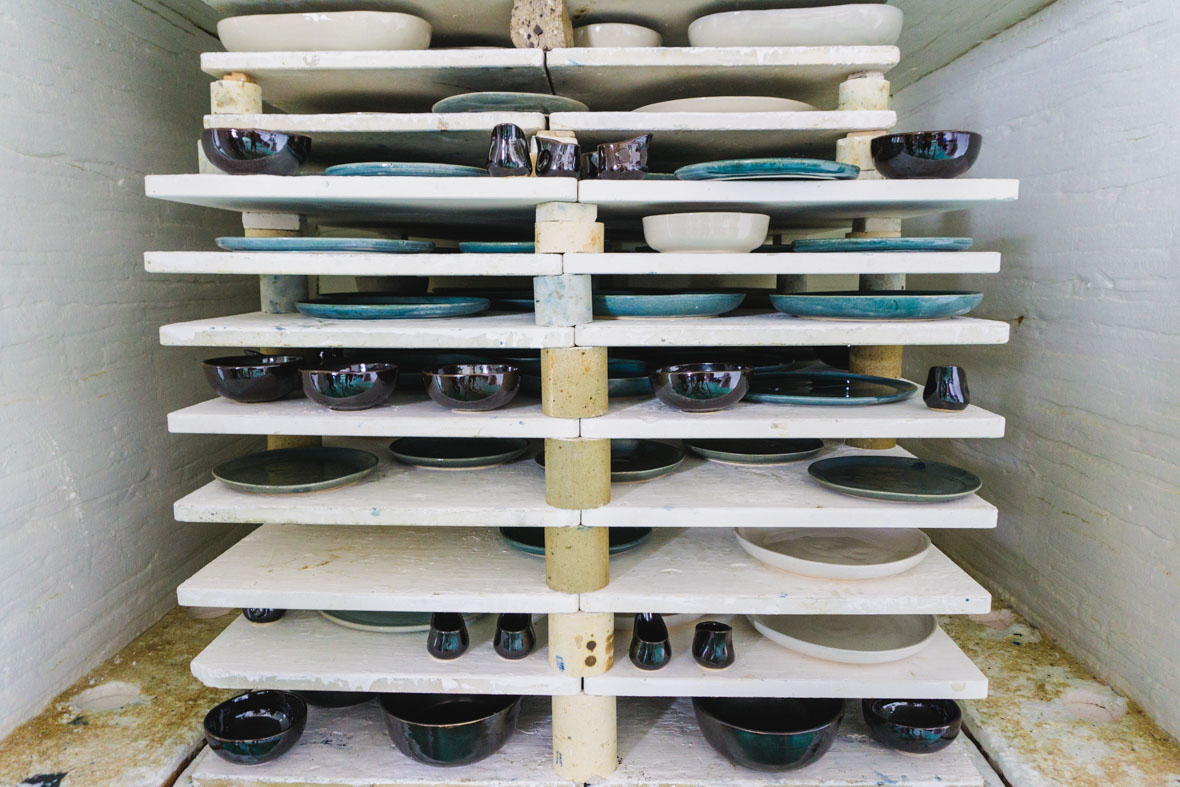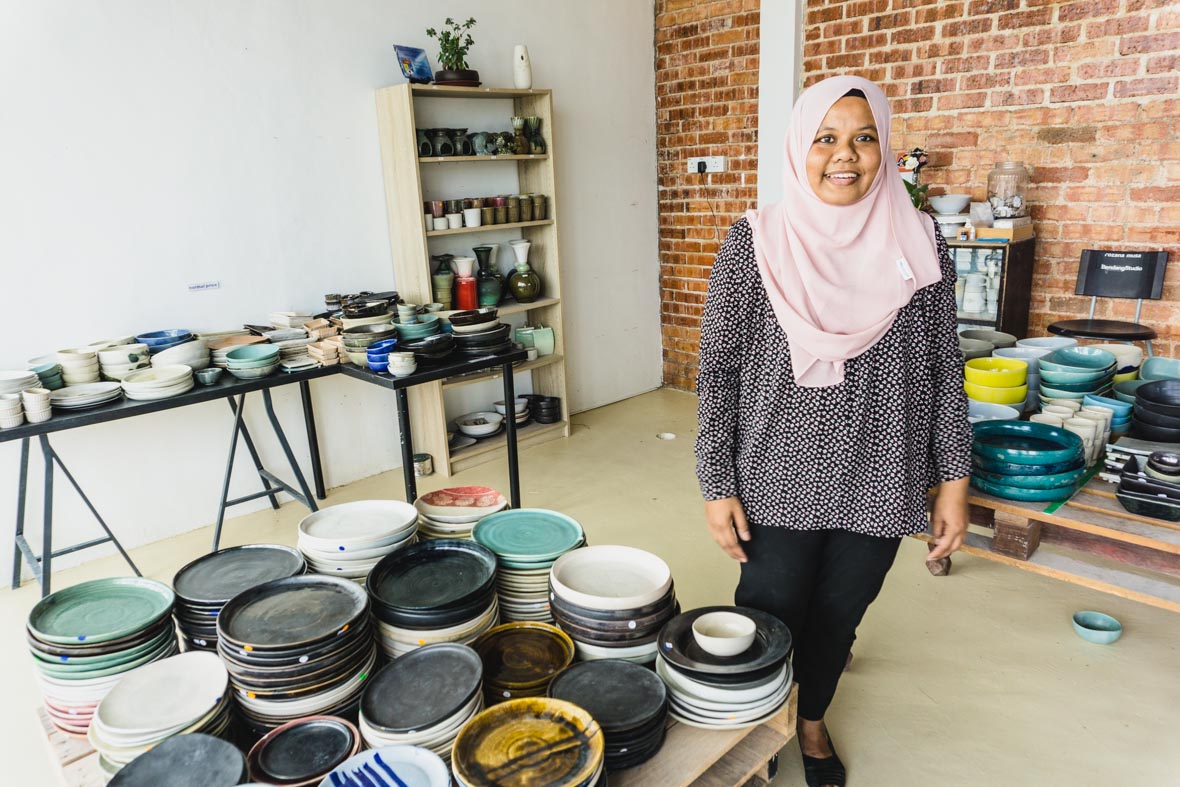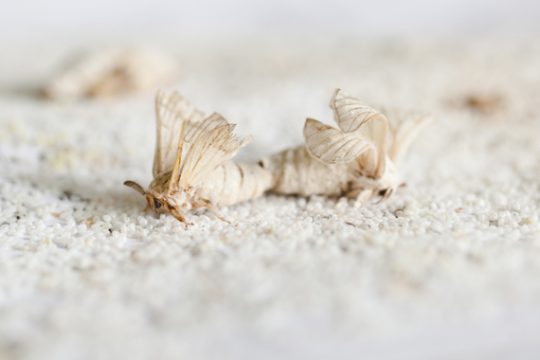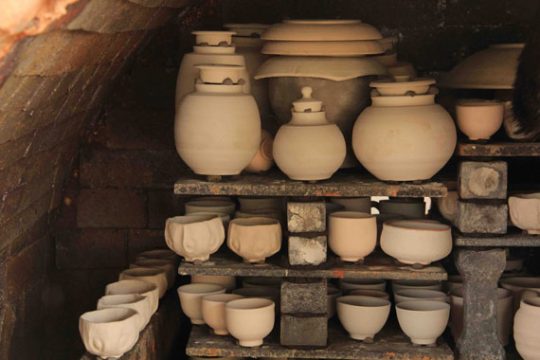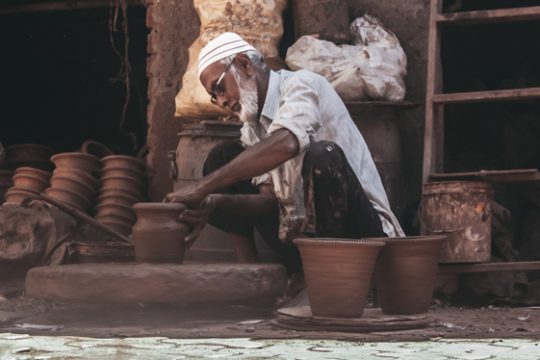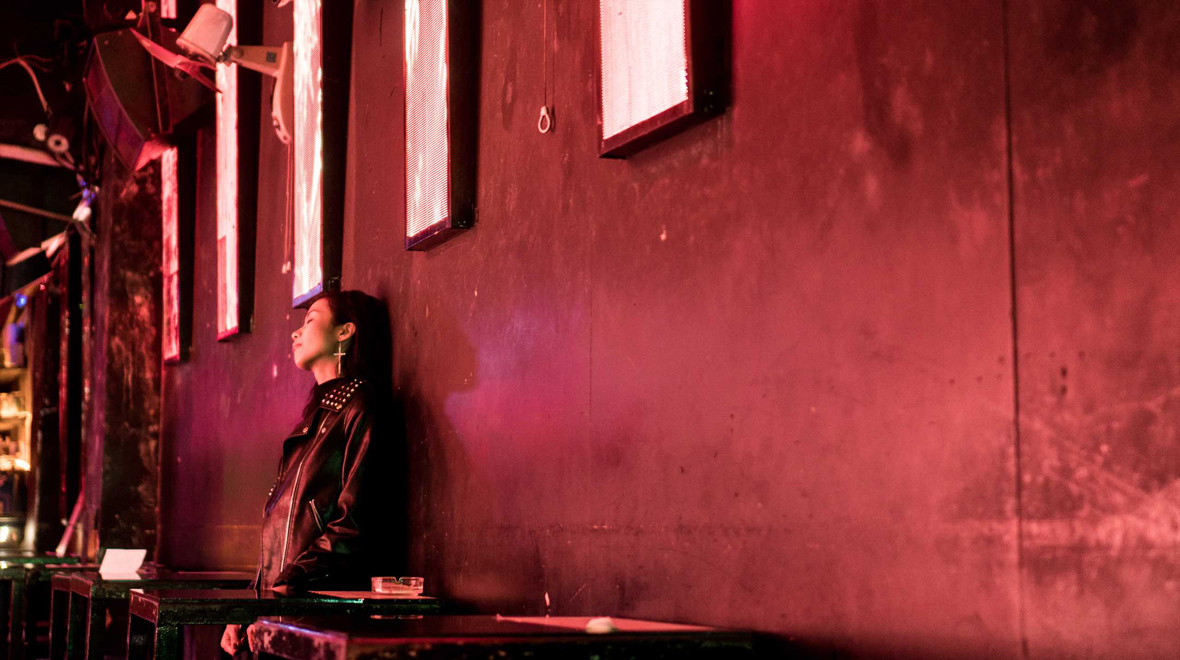
Women are like vessels. They carry children, culture, tradition, and memory. The hajib reminds us of modesty and respect. A white wedding dress signifies purity and chastity. A woman’s tiny bound feet once displayed familial wealth and status that never belonged to her anyway.
You might think, the progressive world of hip-hop – a culture rooted in the spirit of defiance and overcoming oppression – would be more encouraging for girls, but it often isn’t. While the story of gender inequality has been explored for decades in the West, it is much less explored in the East.
女人,就好像一艘艘舟船,她们身上承载着孩子、文化、传统和记忆。而更多的,是传统的束缚——伊斯兰头巾(Hijab)提醒着人们要谦虚和尊重;洁白的婚纱象征着纯洁和贞洁;而女人裹小脚则曾被视为是家族财富和地位的彰显。可当然,财富与地位从来都不属于她们。
你或许会觉得,在嘻哈这样的领域,充满前卫开明、充满挑战和反抗压迫精神,女孩会更易受到鼓舞。然而,事实却往往相反。在西方国家,性别不平等已经是一个被人们探讨了数十年的话题,但在东方国家却不然。
Enter Suboi, a Saigon born and raised rapper who just so happens to be a woman. She is known by many as “Vietnam’s queen of hip-hop,” and is arguably the only female emcee to achieve considerable fame both at home and overseas. “In old Vietnamese culture, there are a lot of expectations for women: caretaker, being beautiful, or presentable to your family or society,” Suboi tells me. “I think Vietnamese people can sometimes be a bit judgmental, especially toward independent, free-spirited women.” Suboi comes from a relatively traditional upbringing in Vietnam and “didn’t grow up with feminist ideas” around her.
Her latest project, EP 2.7, chronicles the hurdles she’s had to jump along her journey, namely pressure from her family and discrimination against her in the industry. She is hyper-aware of the gender inequality she faces. She understands that few women before her have “made it,” and that she is challenging the expectations of everyone around her. The best part about it is she won’t let it stop her.
Suboi,这位生于长于胡志明市的说唱歌手,恰好就是女性。她被许多人称为“越南的嘻哈女王”,可以说是唯一一位在国内和海外均获得相当知名度的越南女说唱歌手。Suboi告诉我:“在传统的越南文化中,社会对女性有很多的期望——会照顾人、长得漂亮、不能失礼于家庭社会。我觉得越南人有时会有一些偏见,尤其是对于独立、自由的女性。”Suboi来自于越南一个相对传统的家庭,她的“成长环境中并不存在女权主义这样的思想”。
她的最新EP《2.7》讲述了她所经历过的困难,她所承受的来自家里的压力,在行业中遭遇过的歧视。她很清楚自己要面临的性别不平等这一个事实。她知道,在她之前几乎罕有女性“成功”,她也知道自己是在挑战周围人们的期望。但令人敬佩的是,她从未因此放弃。

Take a listen to select tracks from the EP below:
下面是Suboi的几首精选歌曲:
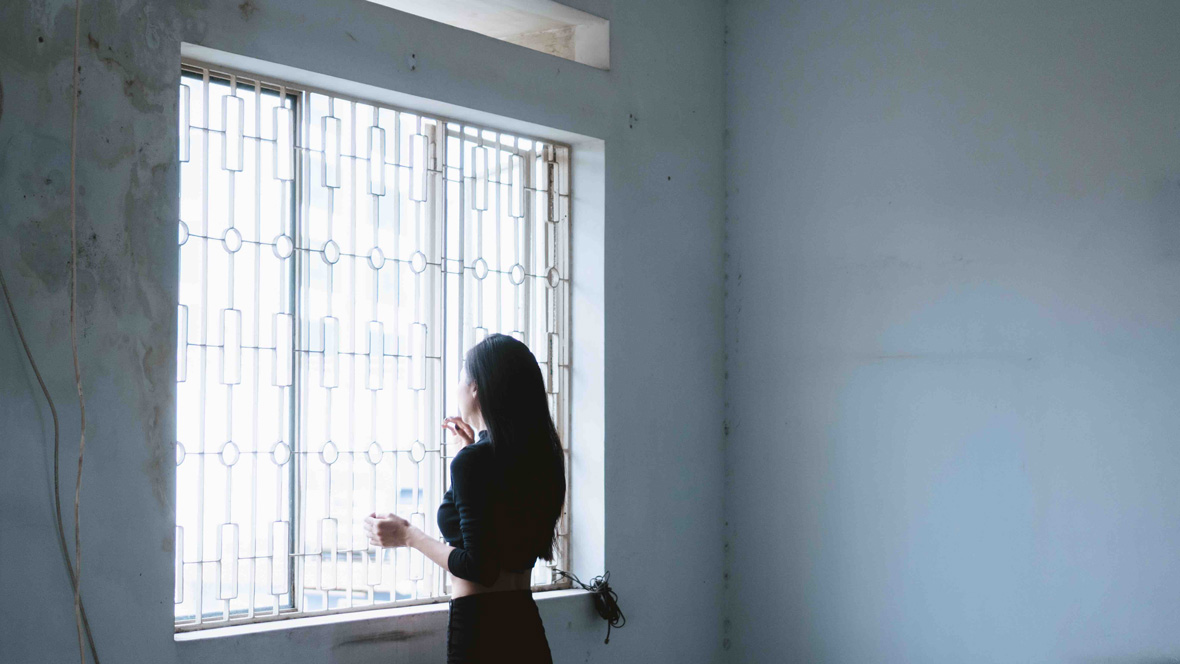
Suboi’s climb to the top starts with the struggle she’s faced with her family, referenced in her song “Người Ta Hiểu (They Understand)”; she explains, “As a daughter, I was expected to live at home and be dependent on my family until I got married.” Her relatives found it difficult to support a path that, for a girl, had no precedent for success. They worried for her safety and feared at first what they could not understand.
But determined as always, Suboi was adamant in pursuing music. In the hook of “Người Ta Hiểu (They Understand)”,” she raps, “Người ta hiểu, hay không hiểu. Đời tui cũng vậy người ta hiểu hay không hiểu,” meaning “Whether they understand it or not, this is my life.” Only when Suboi began being invited abroad and making money from her music did her family begin to accept the path she’d chosen. Even then, it was a challenge to balance her love and loyalty to her family as she pursued her dreams.
Suboi迈向成功的历程始于她与家人的斗争,这段经历被描述在她的歌曲《他们明白(Người Ta Hiểu)》中。她解释说,“作为女儿,大家都觉得,在我成家前我都应该住在家里,依赖于我的家人生活。”她的家人并不愿意支持她成为一名说唱歌手,毕竟在她之前,并未有女性在这一行业获得过成功。他们担心她的安全,也会因为一些他们不了解的事情而忧虑万分。
但Suboi一如既往,坚定地追求自己的音乐事业,在《他们明白(Người Ta Hiểu)》中,她唱道:“无论他们懂不懂,这是我的生活。(Người ta hiểu, hay không hiểu. Đời tui cũng vậy người ta hiểu hay không hiểu.)”直到Suboi到国外旅行,靠自己的音乐有了收入后,她的家人才渐渐接受了她选择的道路。但即使如此,在她追求音乐梦想的路上,能否兼顾对家人的爱与忠诚,也是一个不小的挑战。
Suboi faced even greater challenges navigating the music industry alone as a young woman. The entertainment business, especially rap, has been a boys’ club since its inception. In Vietnam’s hip-hop world with so few women in positions of power, Suboi often experienced the worst it had to offer. “There is so much ego and testosterone in hip-hop. [It feels like] men have the need to claim power over everything,” she explained to me. “With people who mentored or managed me in the past, there have been instances of sexual misconduct. It has given me trust issues, which is something I am learning to overcome still.”
In another instance early in her career, Suboi found herself in a record deal gone dangerously wrong. Built on a handshake and misplaced trust, by the time she realized no one had had her best interests in mind, she’d already lost possession of some of her most cherished and favorite recordings. Any attempts to retrieve them would have put her in danger.
而作为一名年轻的女说唱歌手,Suboi在音乐行业也需要独自面对更大的挑战。在娱乐圈,尤其是说唱音乐界,从一开始就是几乎是“男孩的俱乐部”。在越南的嘻哈世界,有影响力的女性为数不多,Suboi经常会遇到一些很糟糕的经历。“在嘻哈音乐界,大部分人都比较自我,这是充满雄性激素的世界。感觉就像男人想要主宰一切。”她向我解释道,“以前在我和一些导师或经纪人的相处过程中,我都有过被性骚扰的经历。所以我现在很难信任人,这个问题我现在还在克服。”
在职业生涯早期,Suboi还有另一次不幸的遭遇,那是一份出了错的录音协易。一次握手订下的口头协议,让Suboi错信他人。等她反应过来后,她才发现,根本没有人考虑过她的利益,她最终因此失去了一些她最珍爱的音乐所属权。但是,如果试图争取回这些录音,她又会将自己处于危险之中。
无法观看?前往优酷
Releasing 2.7 was a cathartic experience for Suboi that signified putting these experiences behind her. The record features re-recordings of three long-lost songs: “Lời Thỉnh Cầu (I Pray),” “Come Back Down,” and “Người Ta Hiểu (They Understand),” reimagined with instrumentals from Norway-based jazz outfit Mino & The Band.
The video for “Người Ta Hiểu (They Understand)” starts slow, with Suboi alone in a decrepit apartment singing the melody a capella. In an empty bathtub, looking out the window and stepping across rubble, she seems somber and vulnerable, giving the impression that recalling this tune is bittersweet, even painful. Soon enough, warm reverberating keys and acoustic instruments usher in a feeling of comfort and fondness, and the scene changes to Suboi and friends singing and dancing in the rain. She walks the same streets she’s always walked, but with newfound confidence and hope.
发布《2.7》EP对Suboi来说是一次心灵净化的经历,标志着她要把这些经历都通通忘记掉。这张EP重新收录了一些久违的歌曲,包括《我祈祷(Lời Thỉnh Cầu)》,《Come Back Down》和《他们明白(Người Ta Hiểu)》,并在挪威的爵士乐队Mino & The Band的演奏中得到了重新演绎。
《他们明白(Người Ta Hiểu)》的音乐MV以缓慢的节奏开启,Suboi独自在破旧的公寓里清唱着一段旋律。在一个空浴缸里,她凝望着窗外,踩着瓦砾行走,她看上去忧郁又脆弱,令人感到这段旋律苦乐参半,甚至更多的是痛苦。但很快,温暖的基调就开始回荡,原声乐器带来了舒适和喜悦的氛围,MV场面转到了Suboi和朋友在雨中唱歌、跳舞的场景。是的,Suboi还走在同一条街上,但这一次,她重拾了信心和希望。
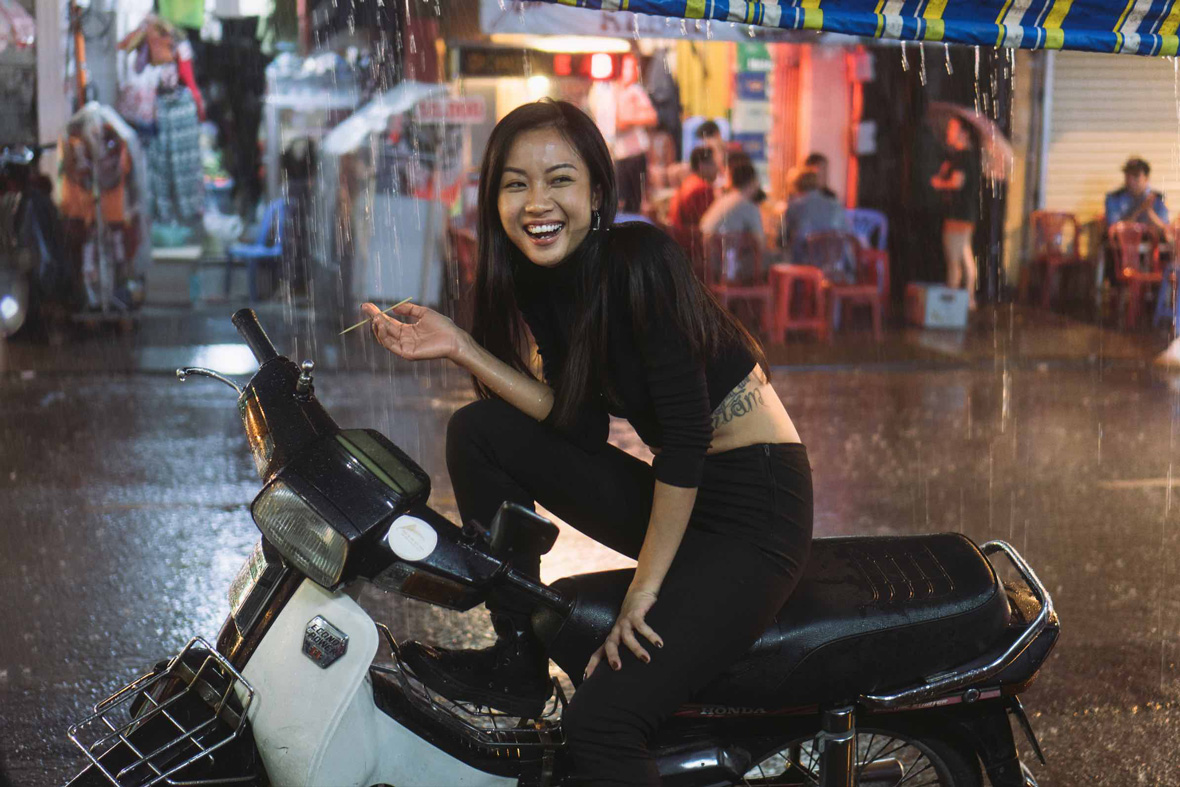
With this release, Suboi gives new life to music from a darker time and continues to move forward. EP 2.7 is a reflection of her past under the spotlight of the present, where she sheds off resentment with a sense of wisdom only time and experience can teach. In the coming year, Suboi looks forward to new music, new beginnings and continuing to use her voice to encourage and inspire others like her to do the same.
随着这张EP的推出,这些在黑暗时候创作的音乐,被Suboi赋予了新生——她要继续前进。《2.7》是她在当下对过去的反省,她用经历时间和经验洗礼所获得的智慧,摆脱过去的怨恨情绪。在未来的一年,Suboi期待着创作新的音乐、展望新的开始,并且要继续通过自己的音乐,鼓舞和激励其他像她一样的人们。
Website: www.suboi.net
Facebook: ~/suboimusic
Instagram: @justsuboi
SoundCloud: ~/suboi
Contributor: Allyson Toy
Photographer: Thuy Truc
Images & Video Courtesy of Suboi
网站: www.suboi.net
脸书: ~/suboimusic
Instagram: @justsuboi
SoundCloud: ~/suboi
供稿人: Allyson Toy
摄影师: Thuy Truc
图片与视频由Suboi提供



